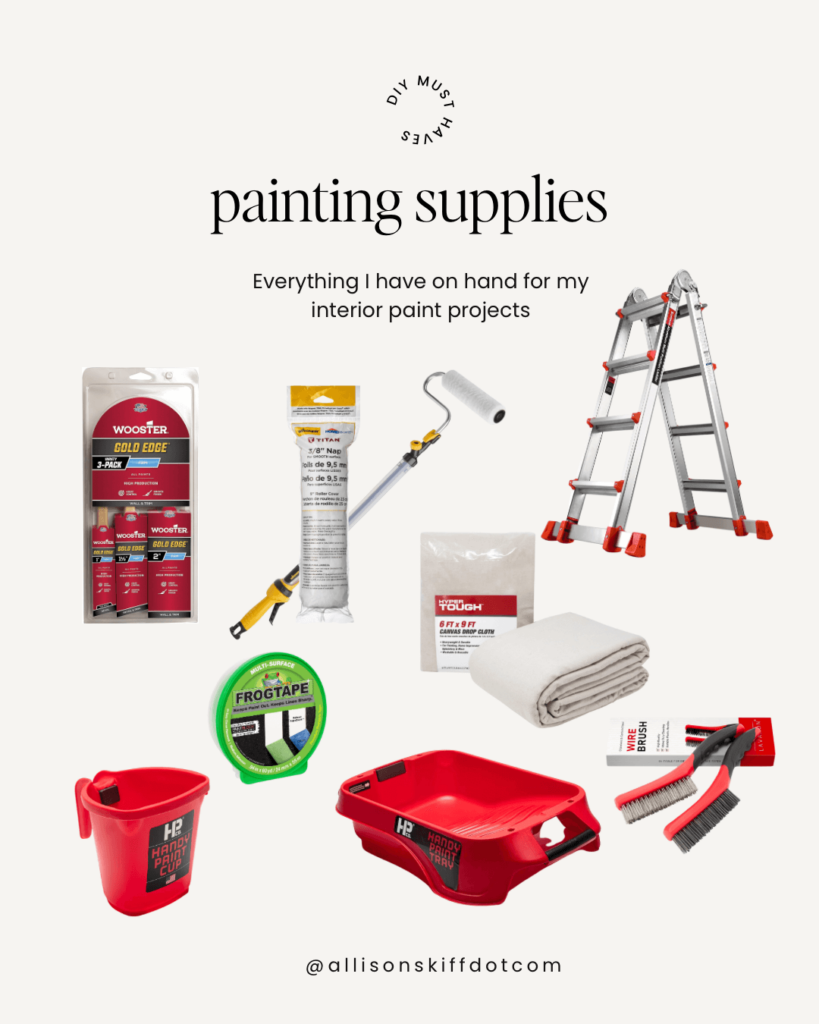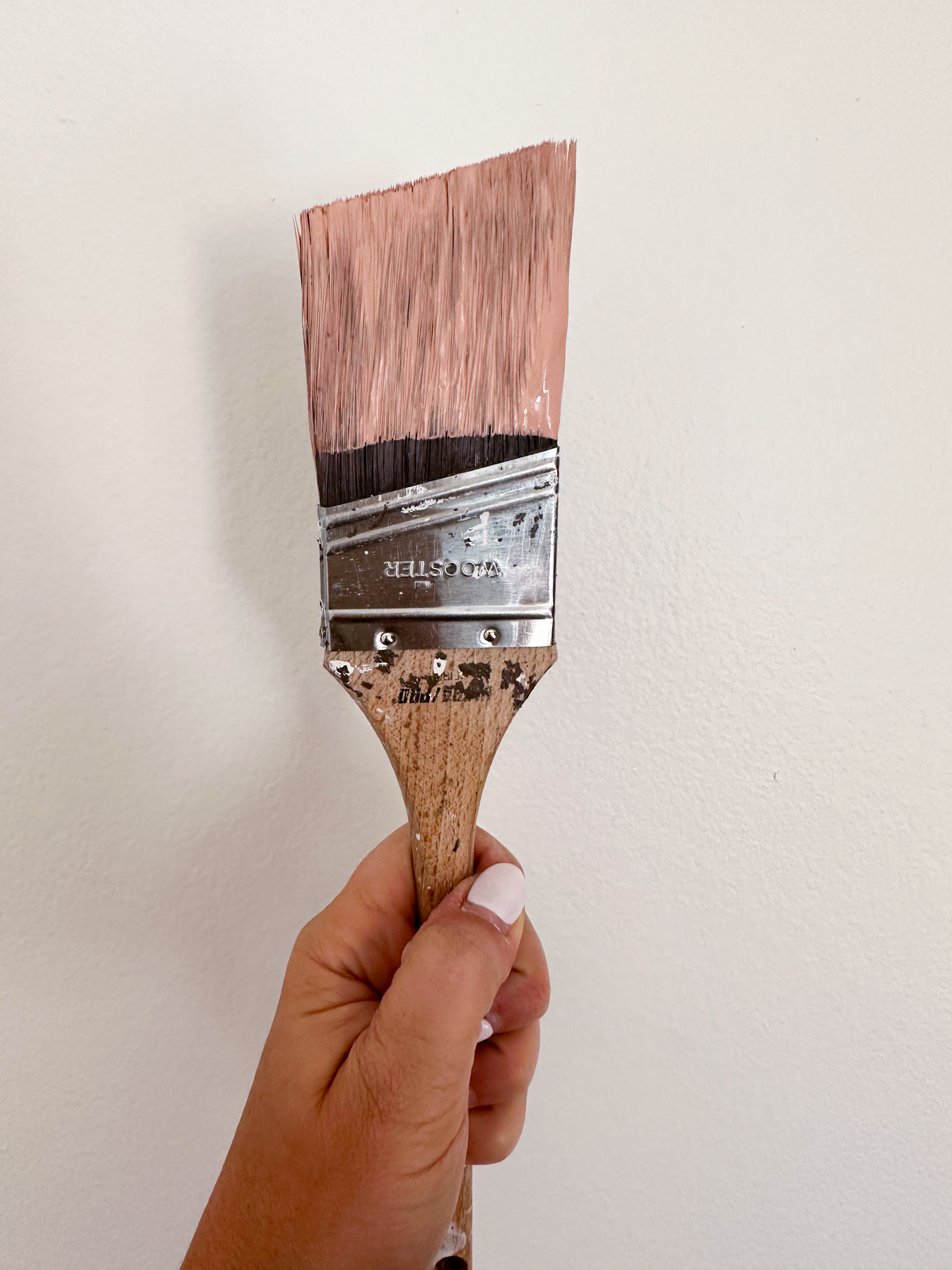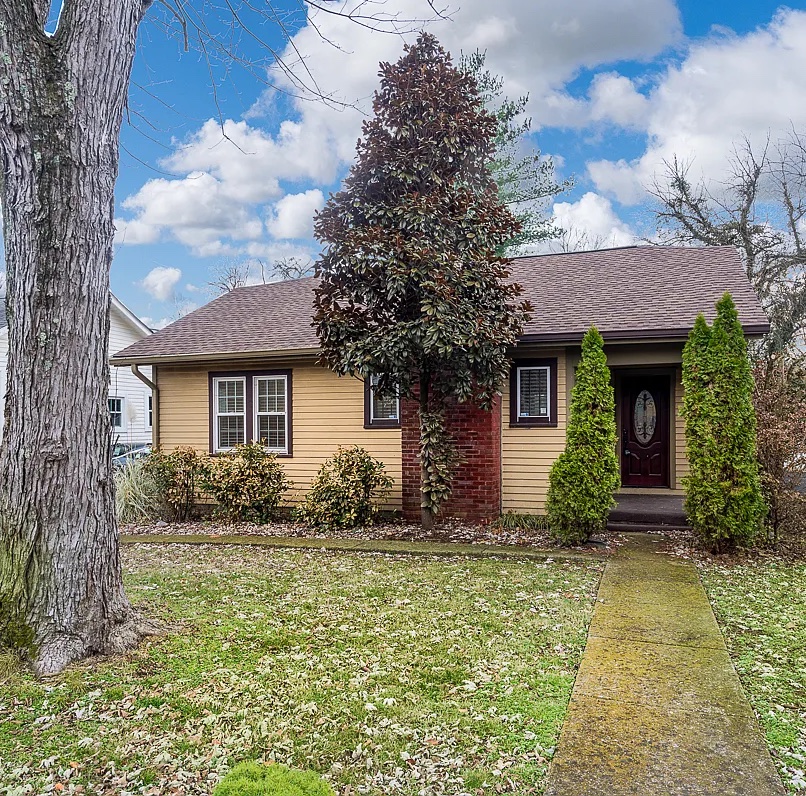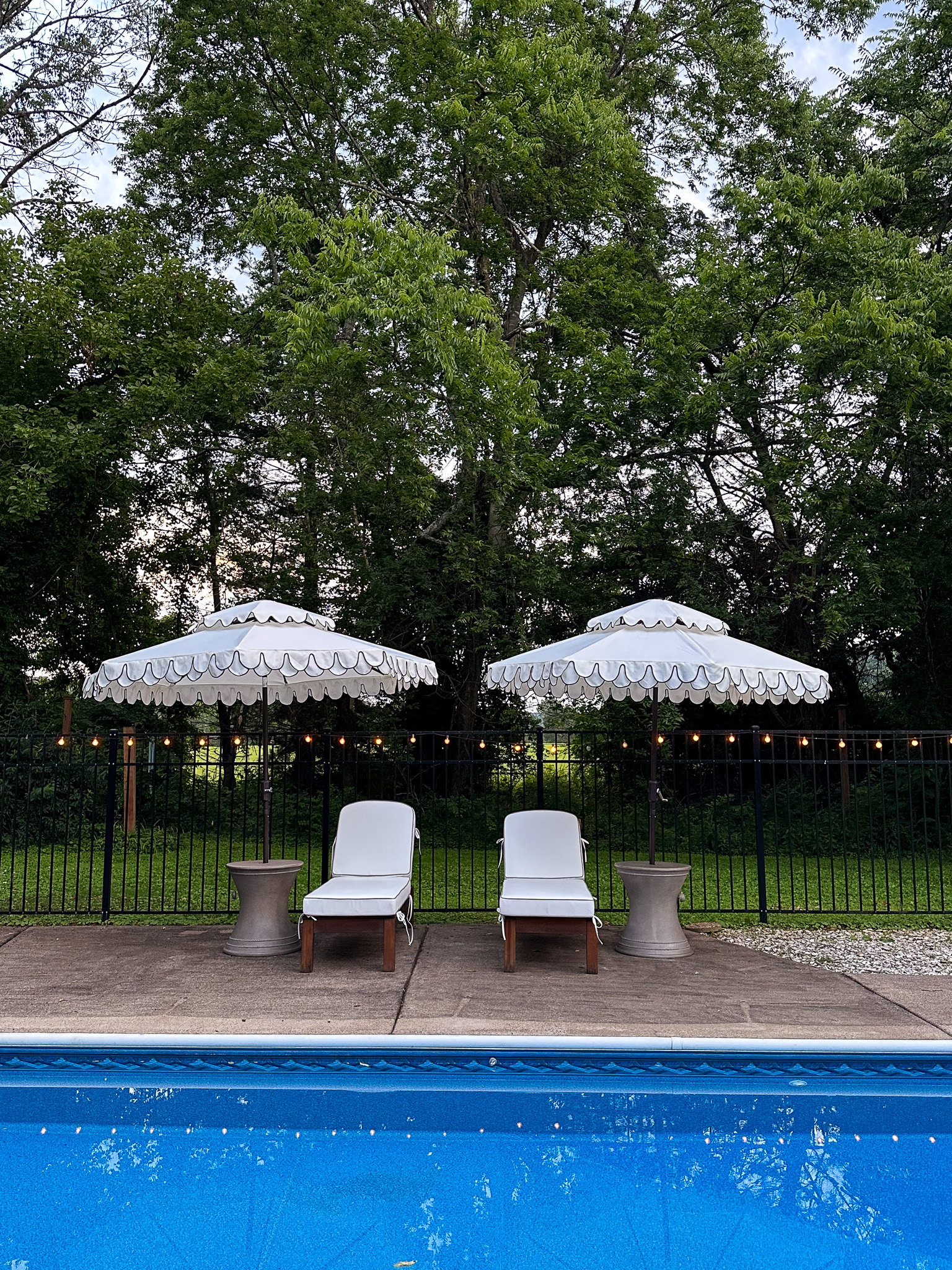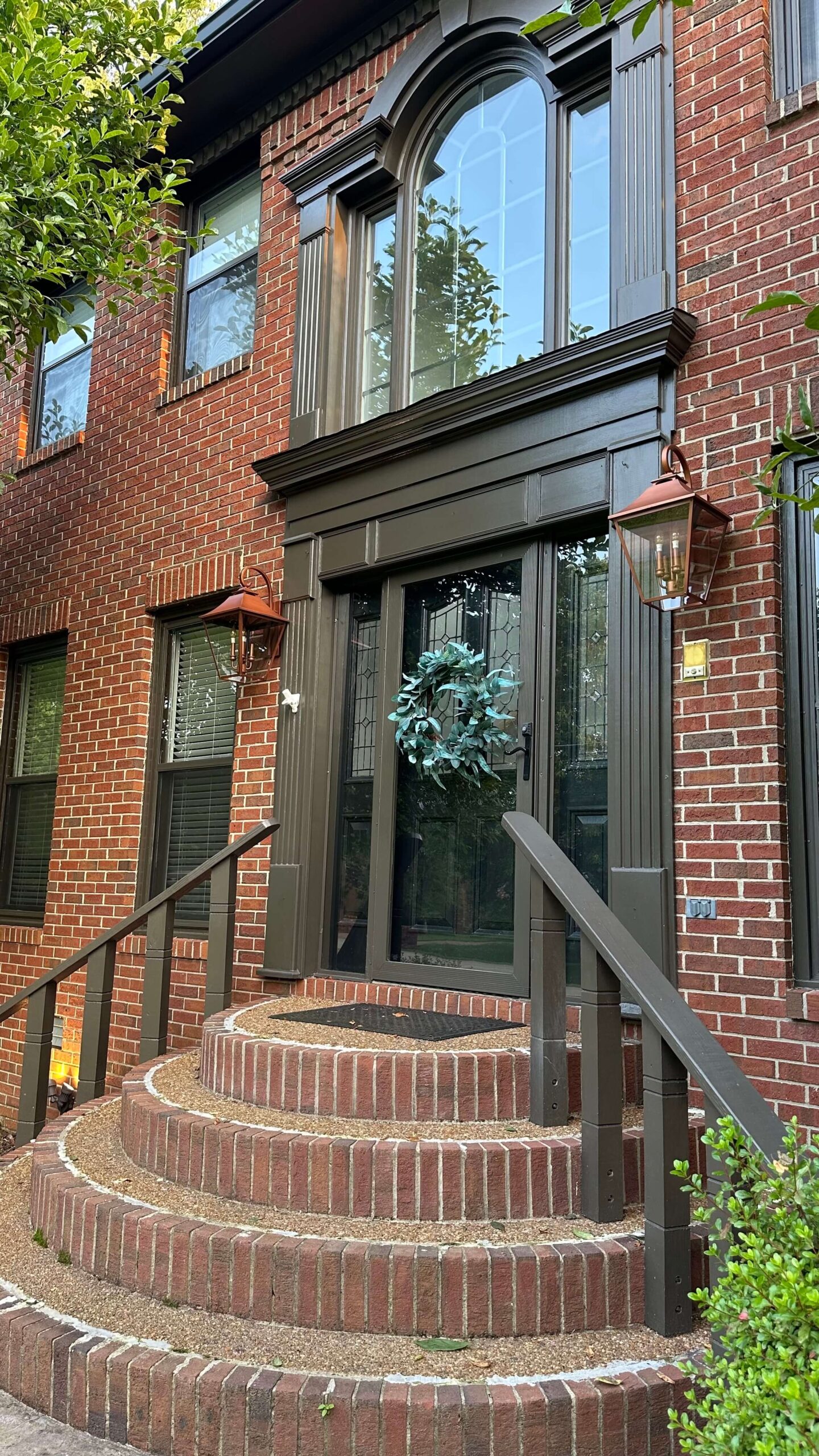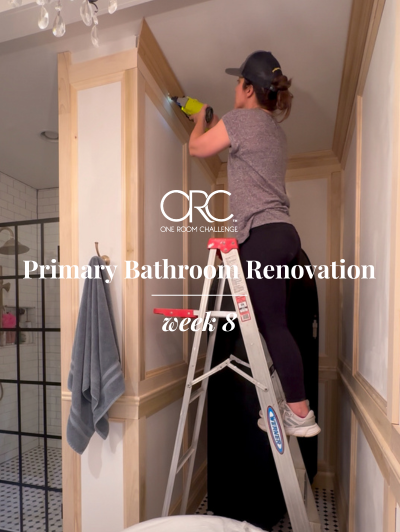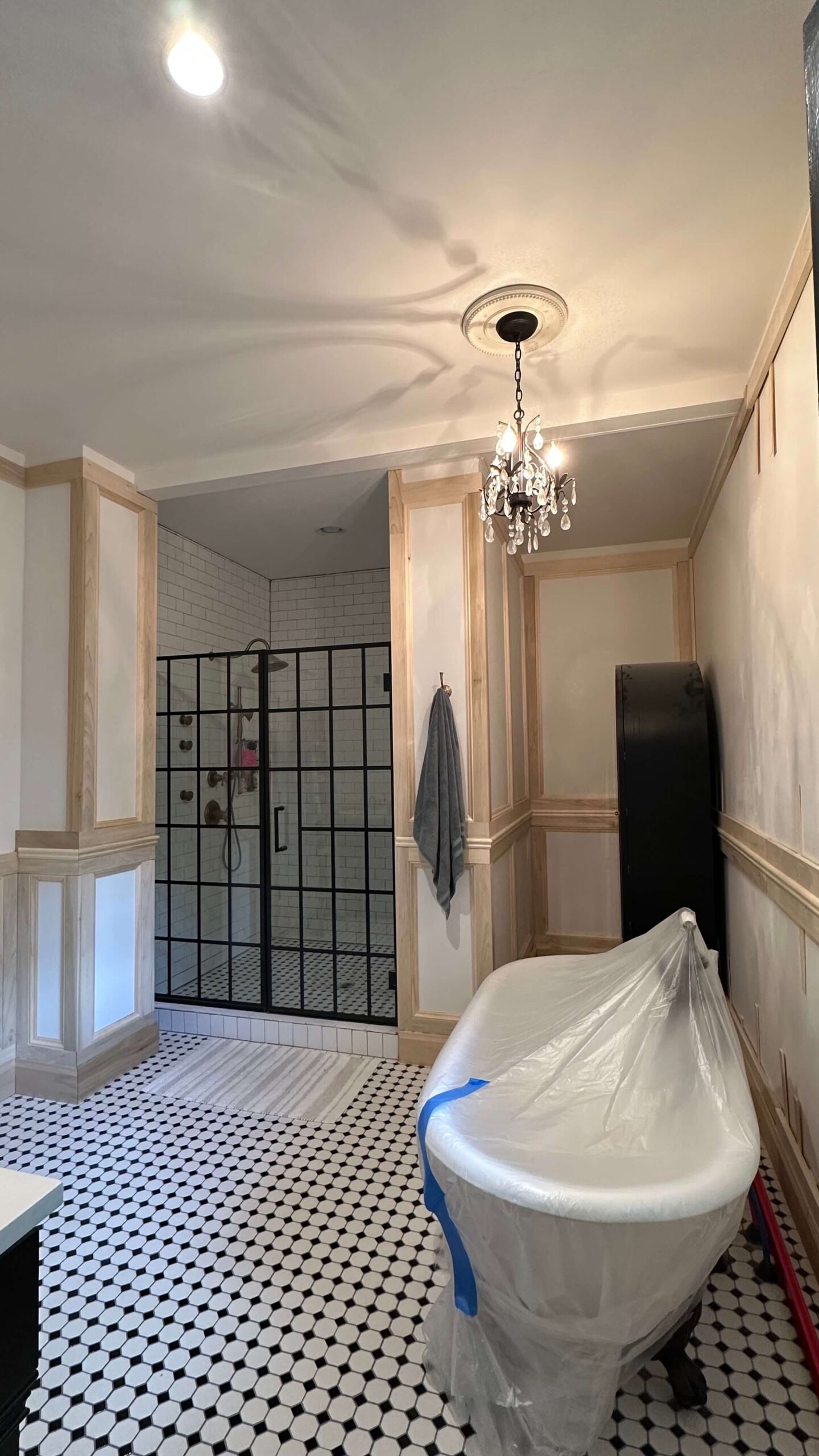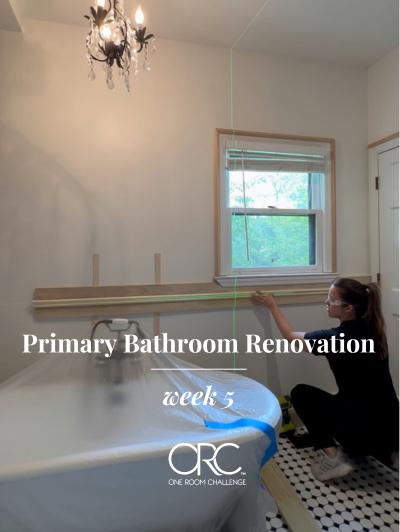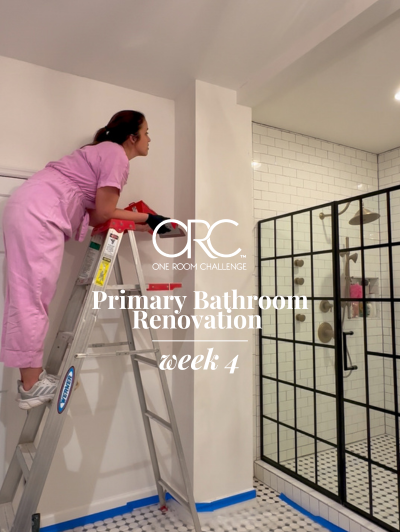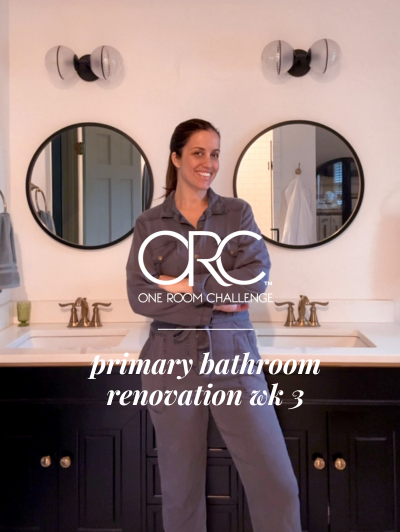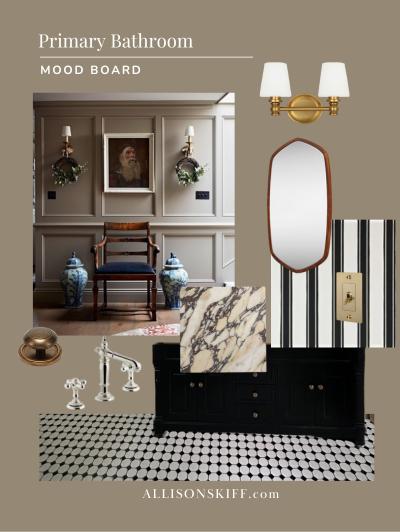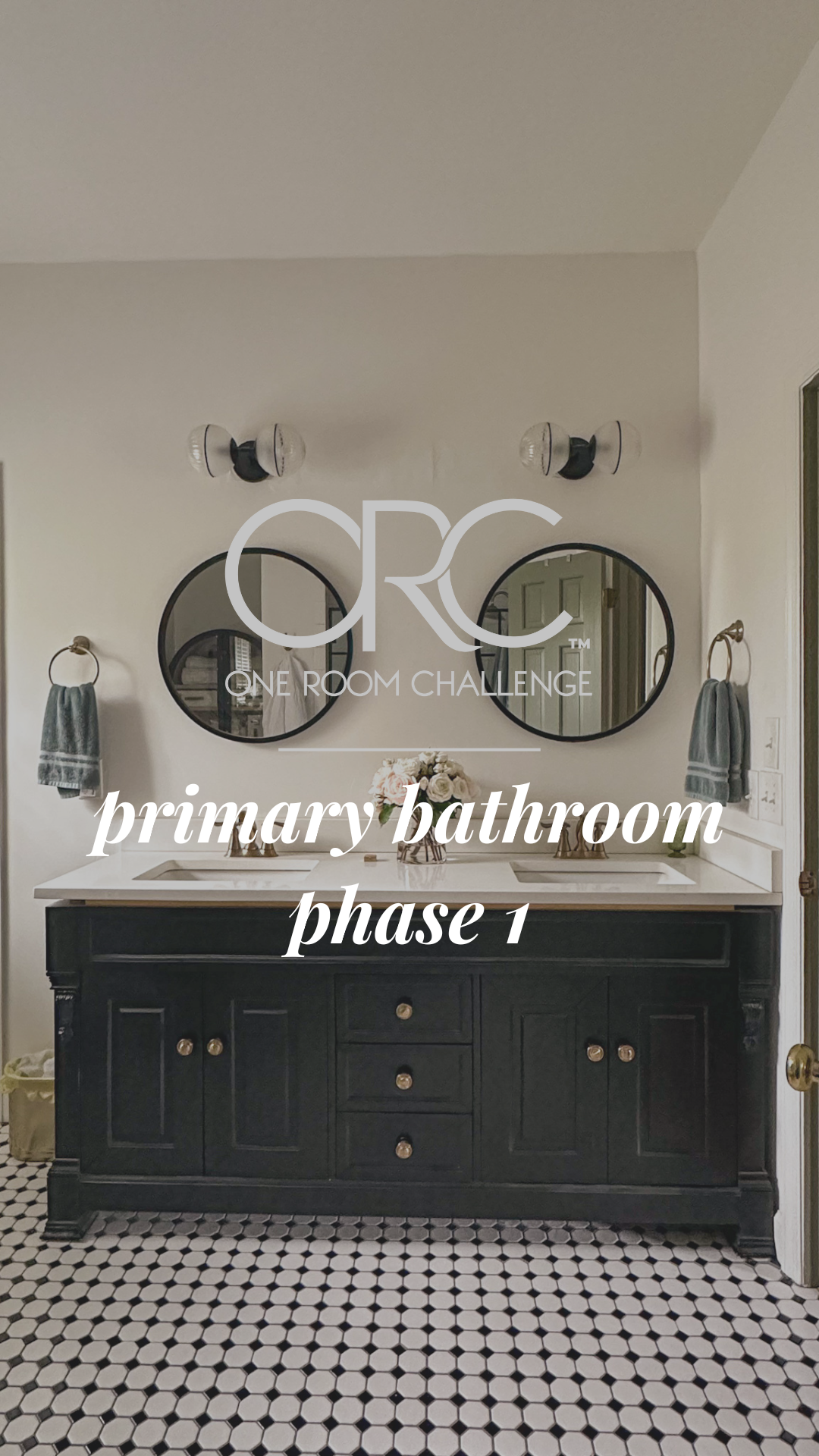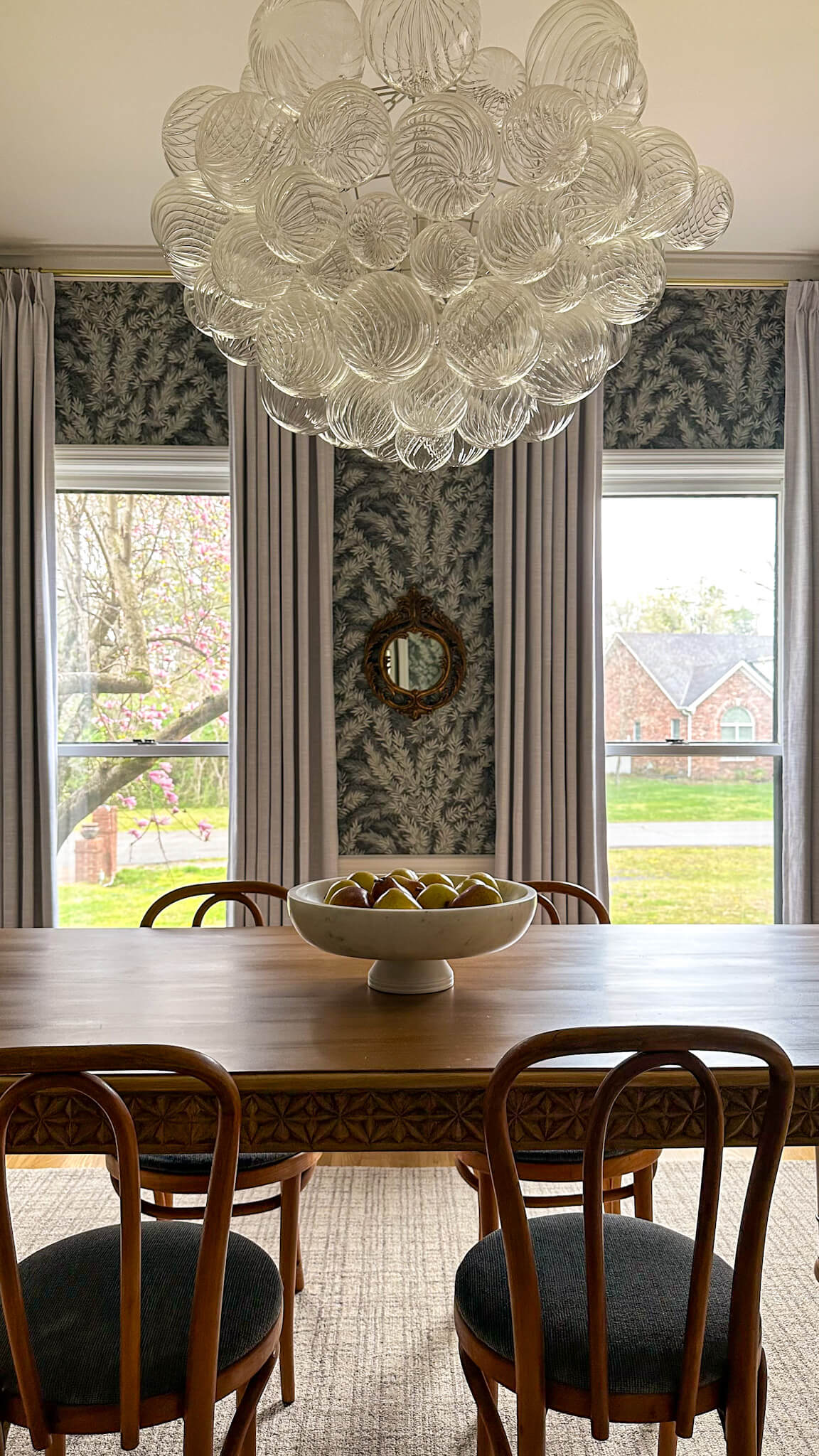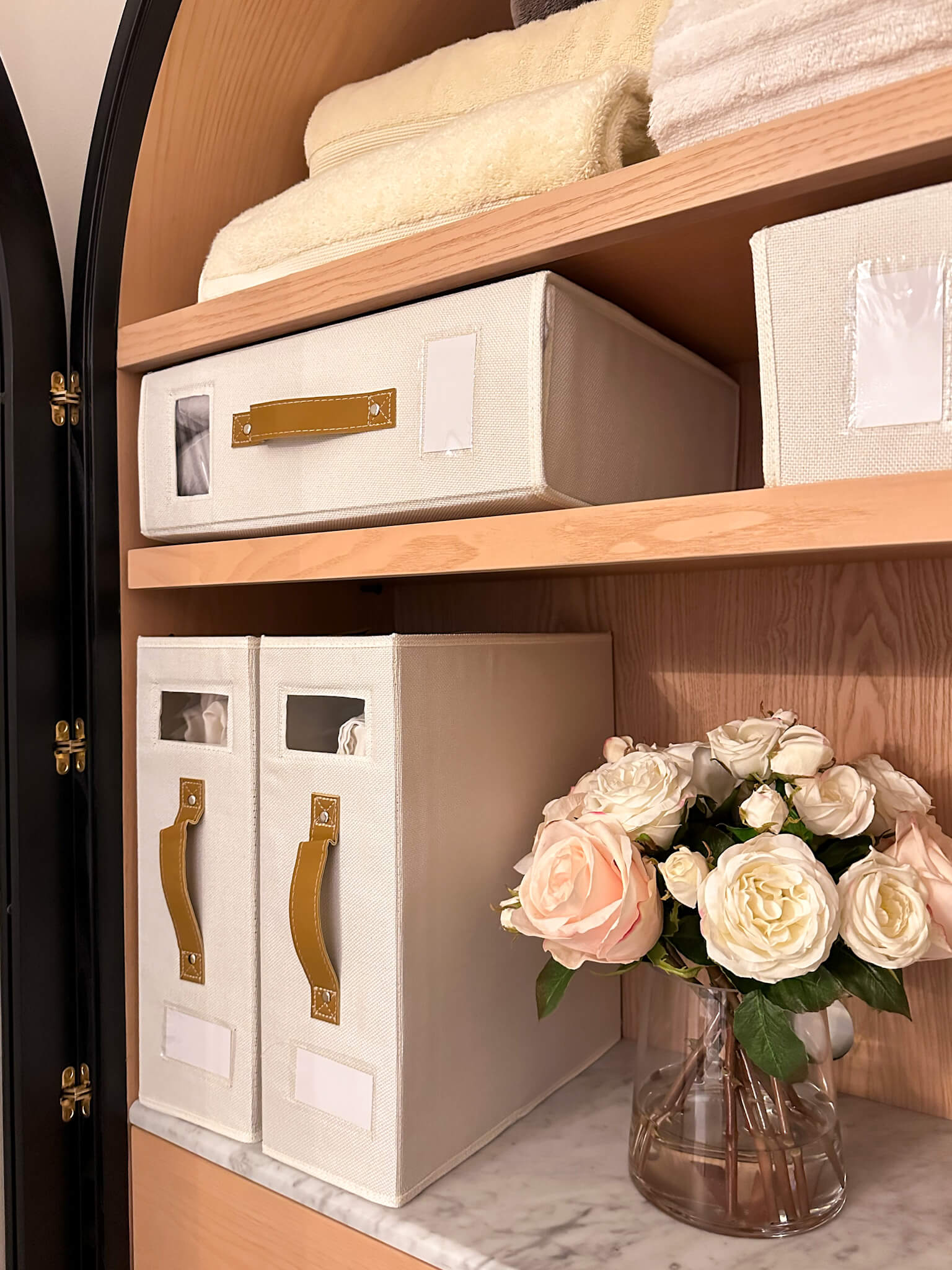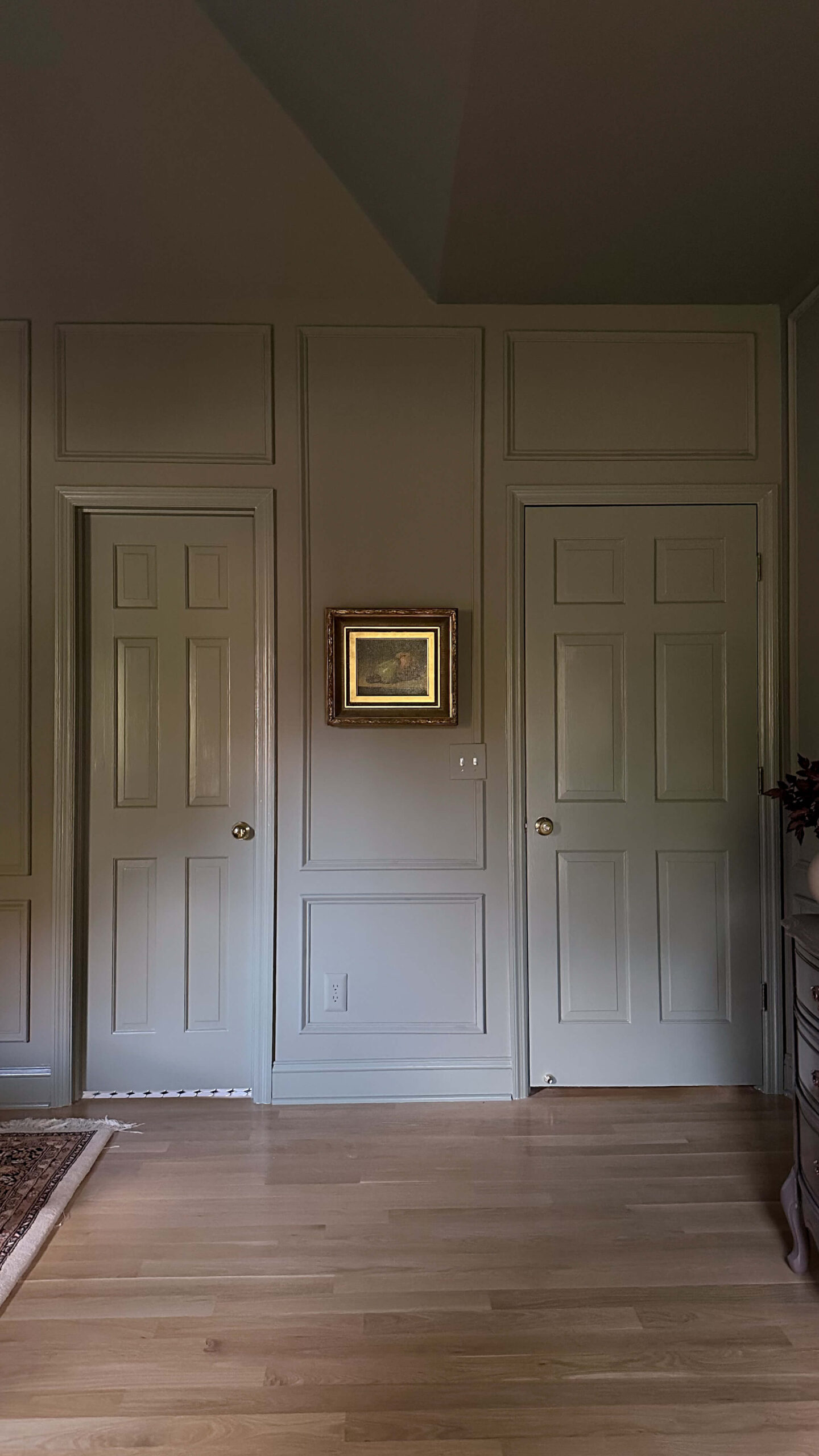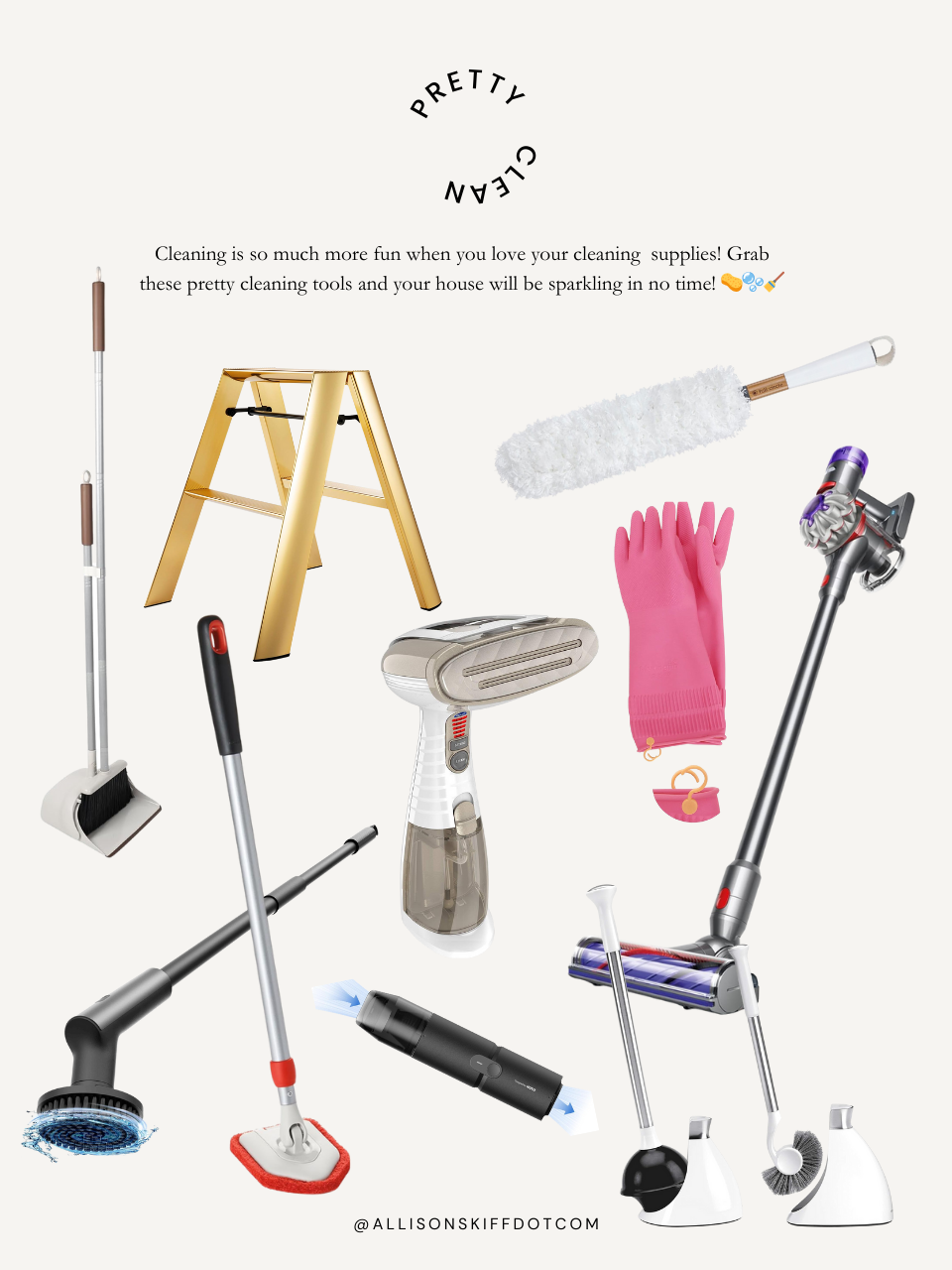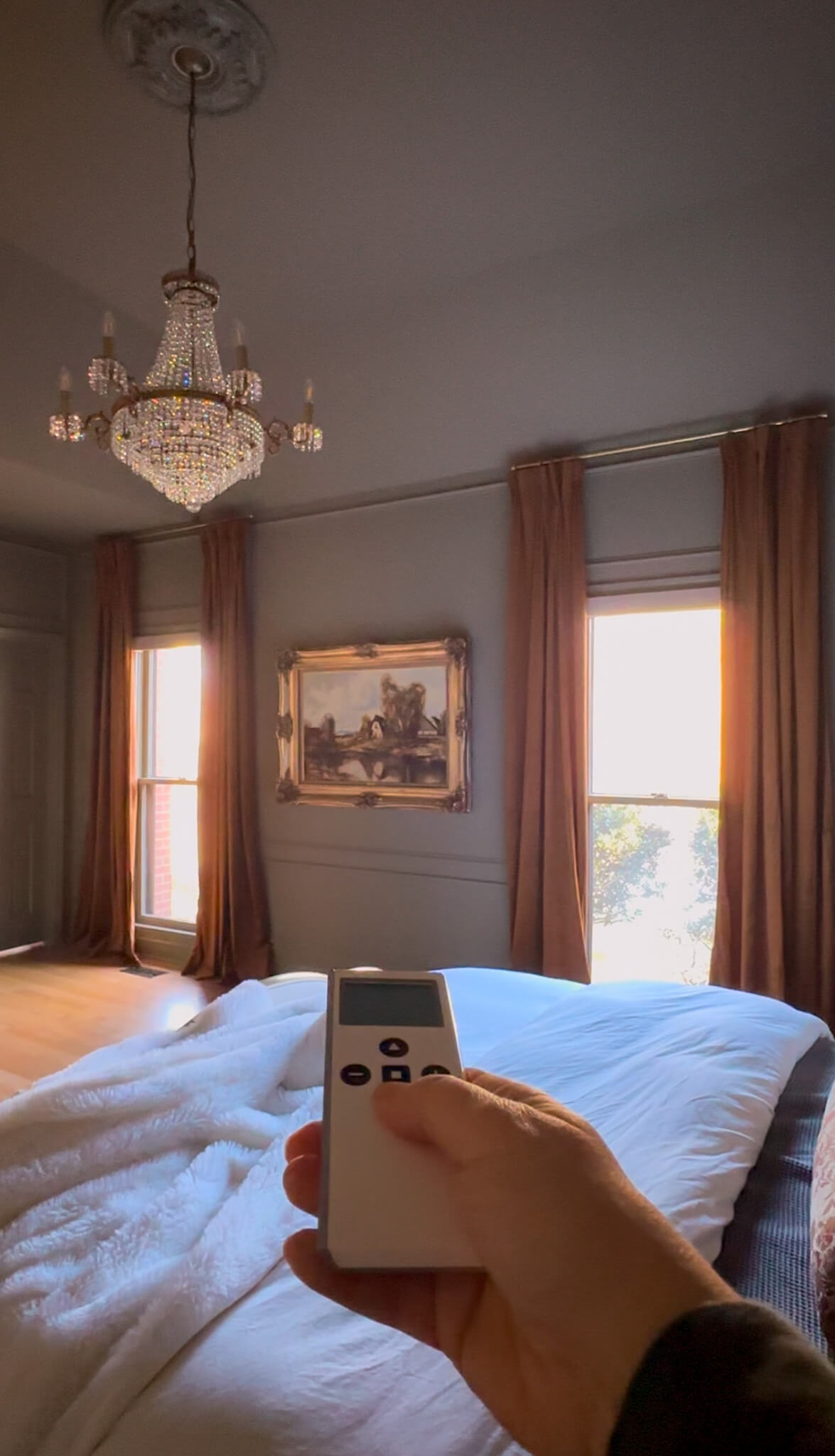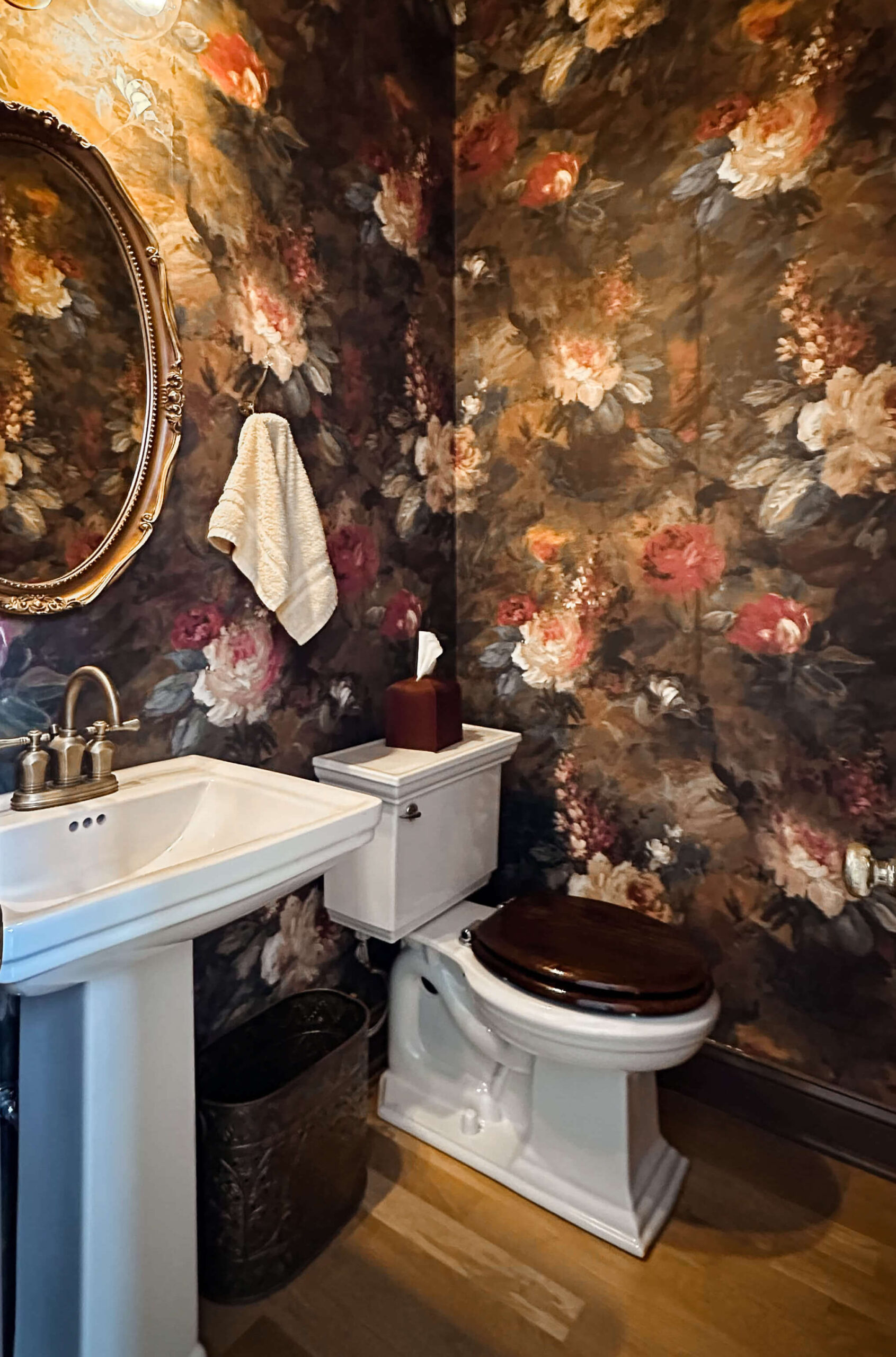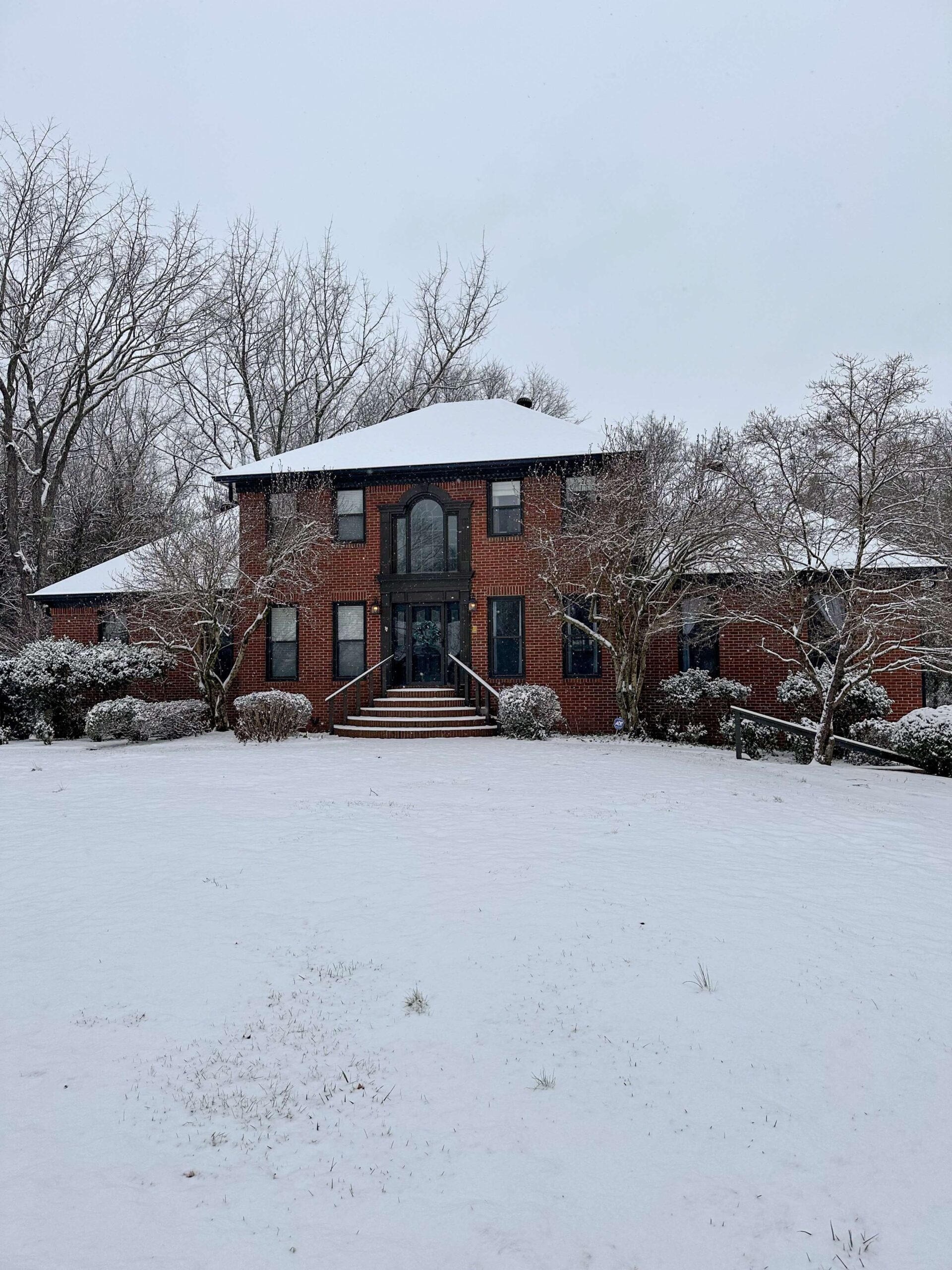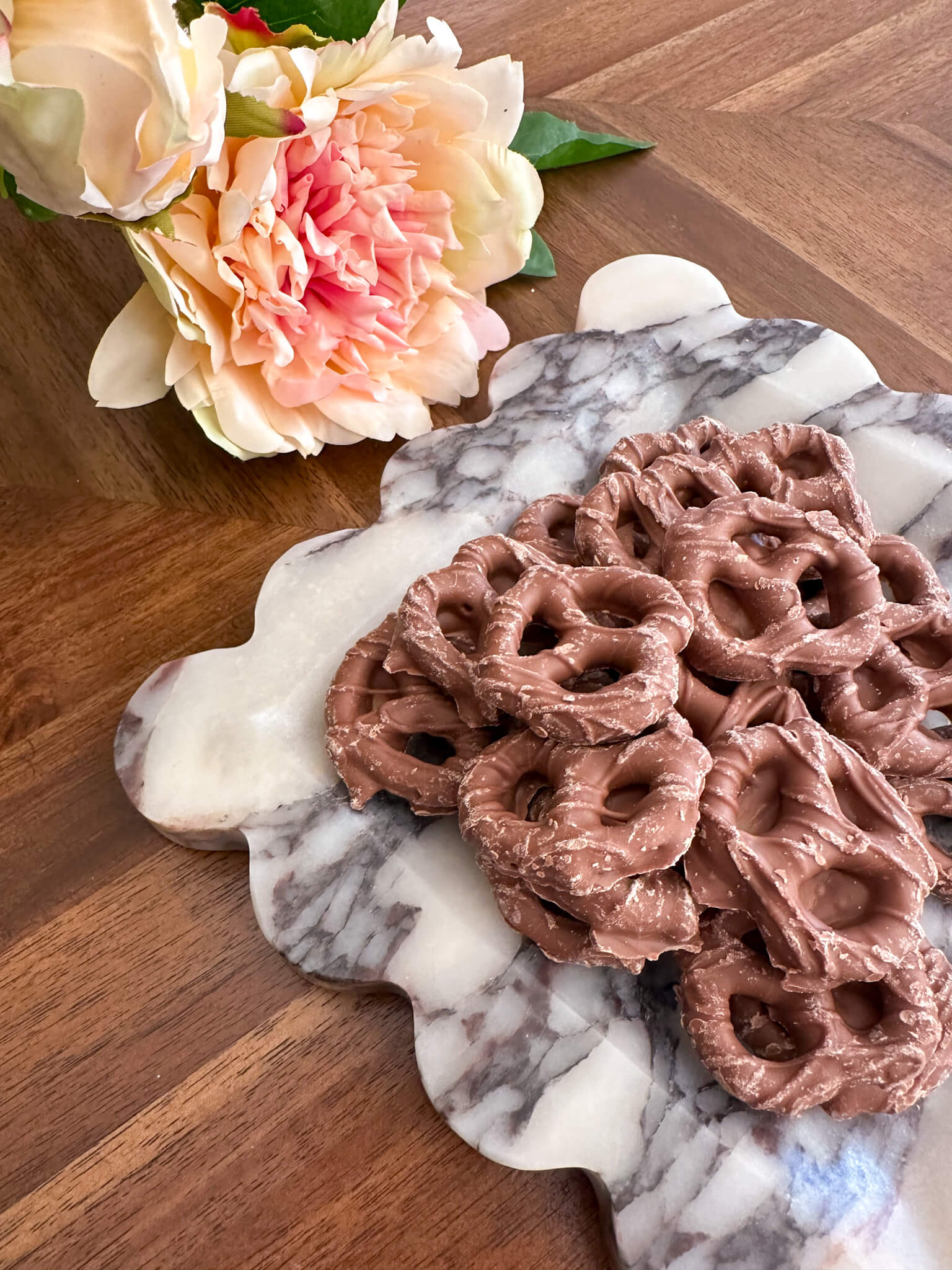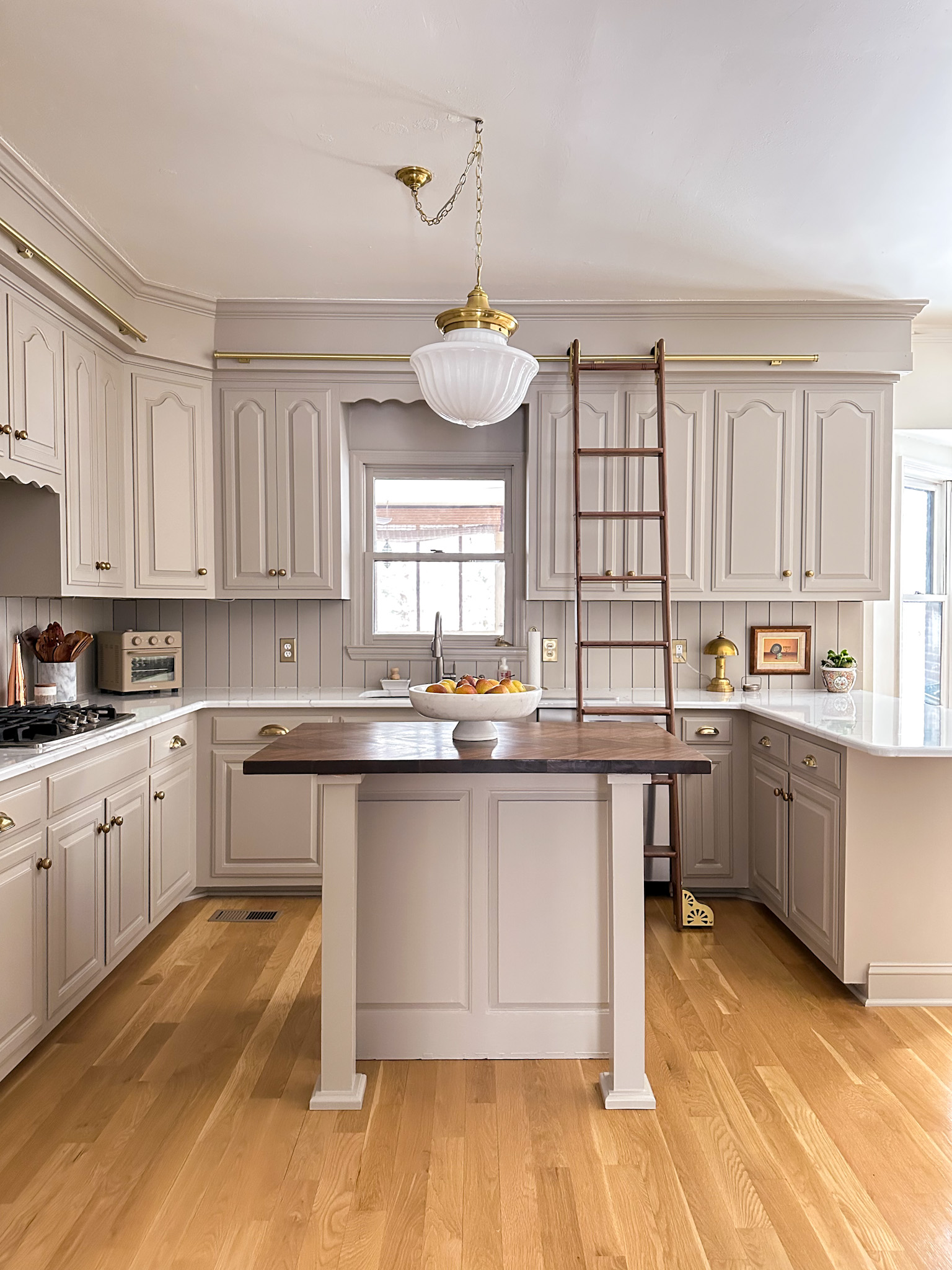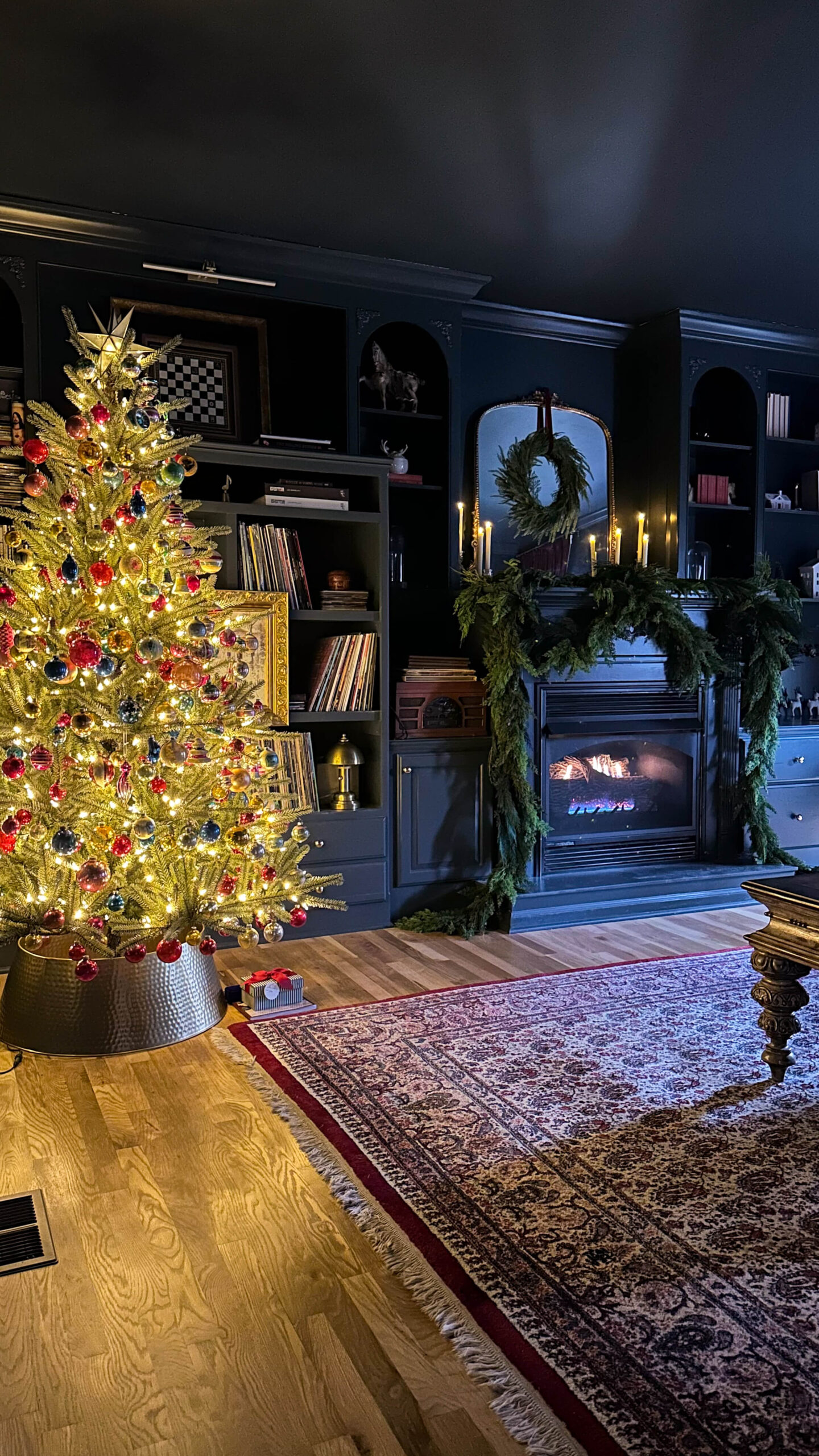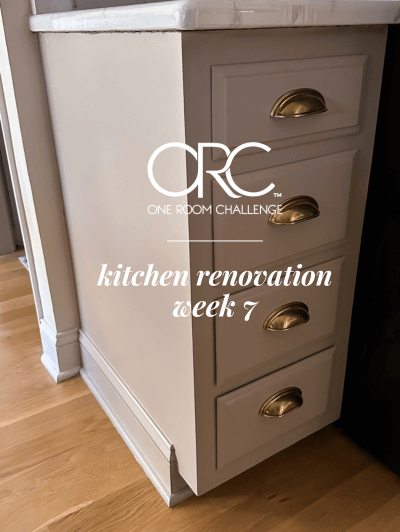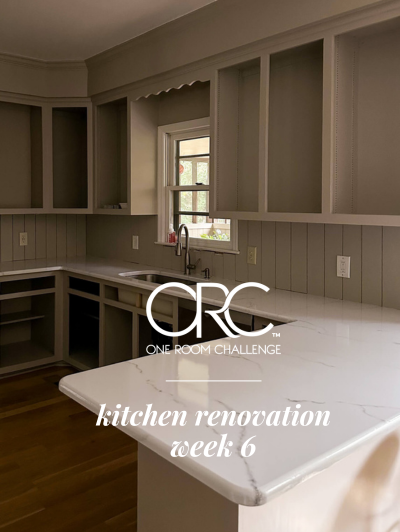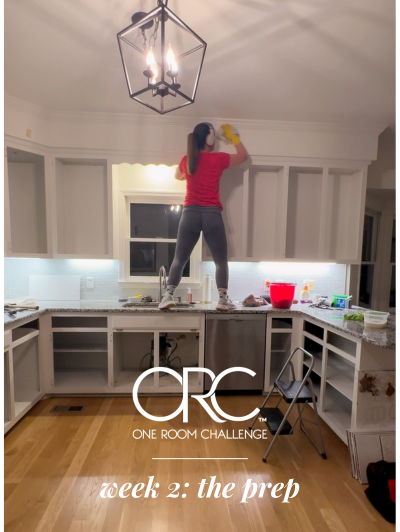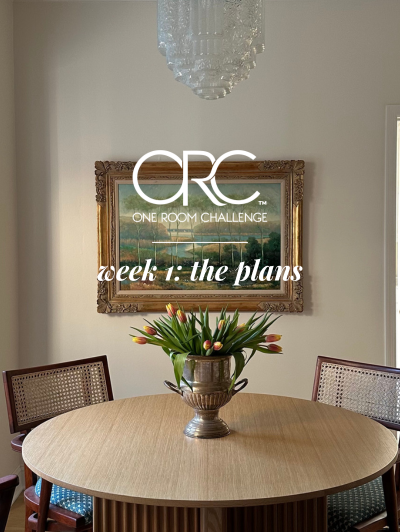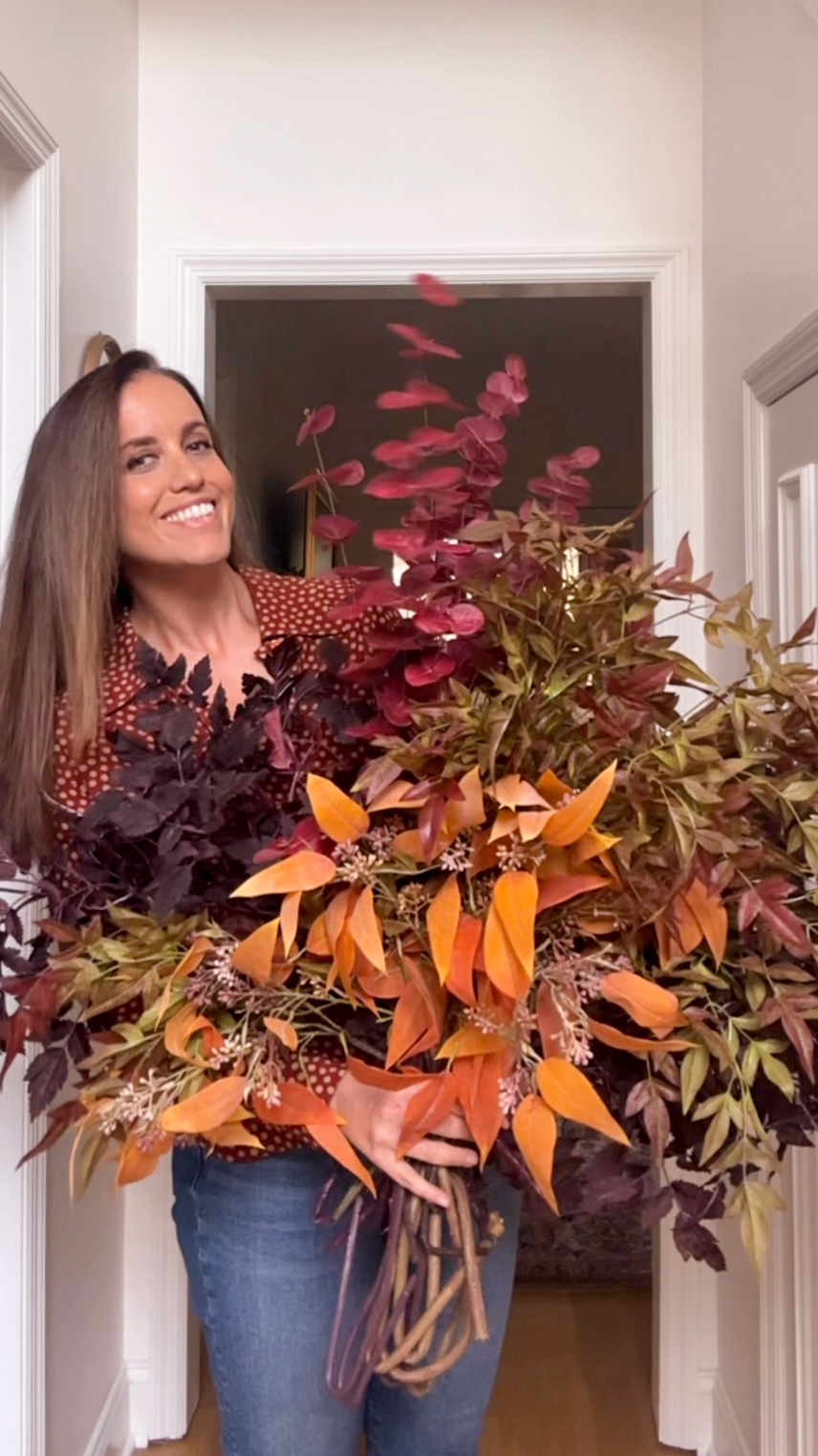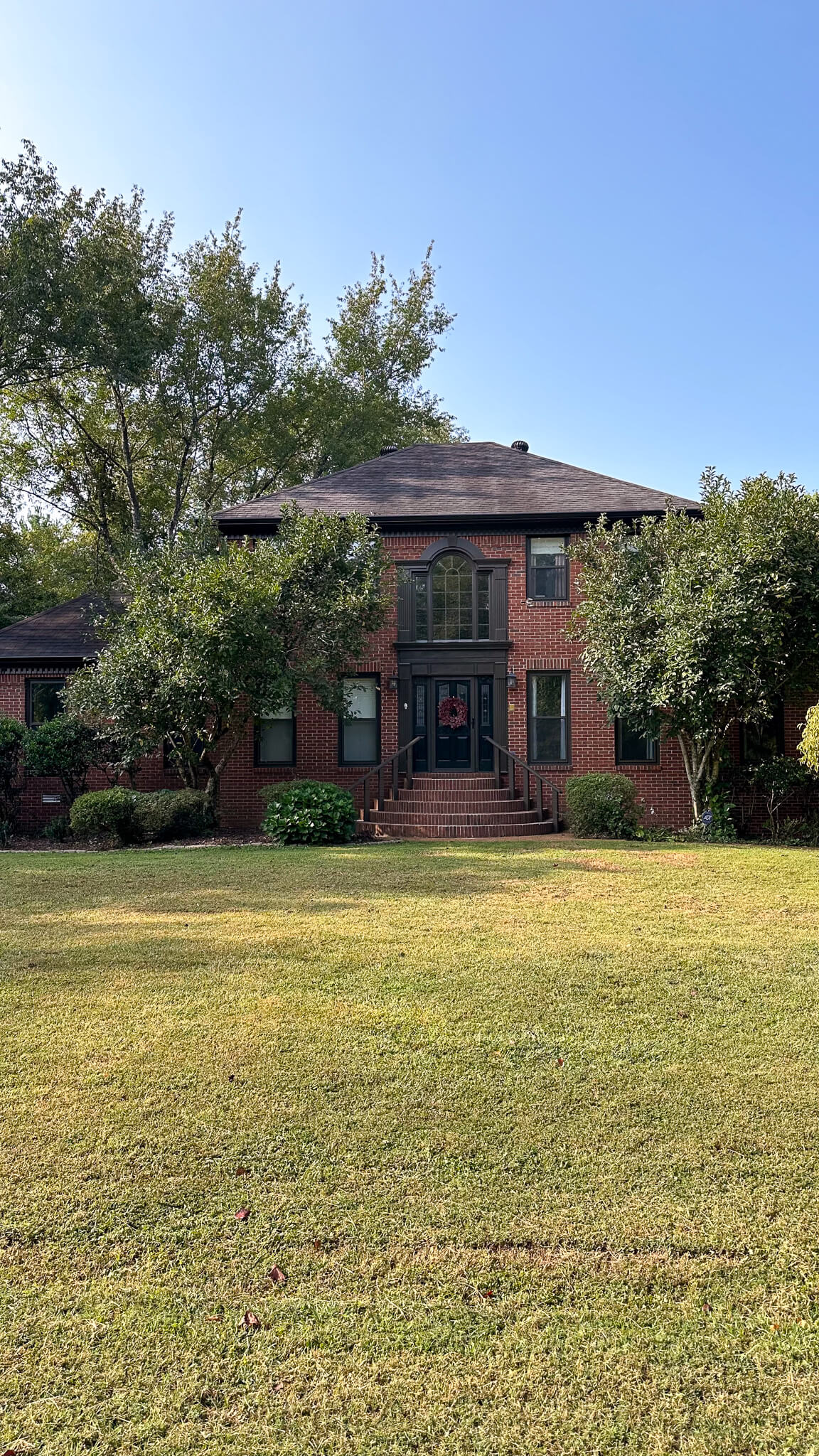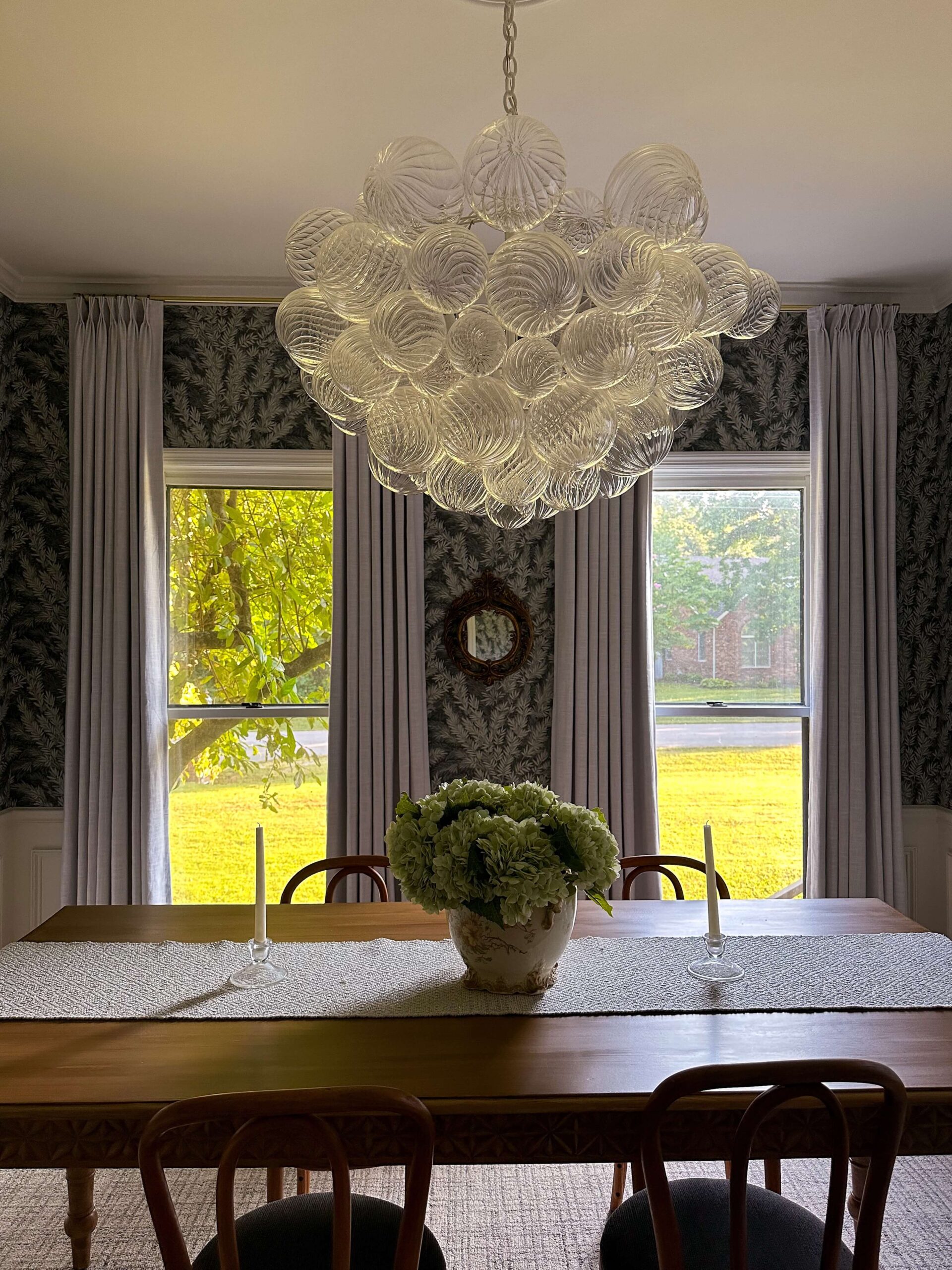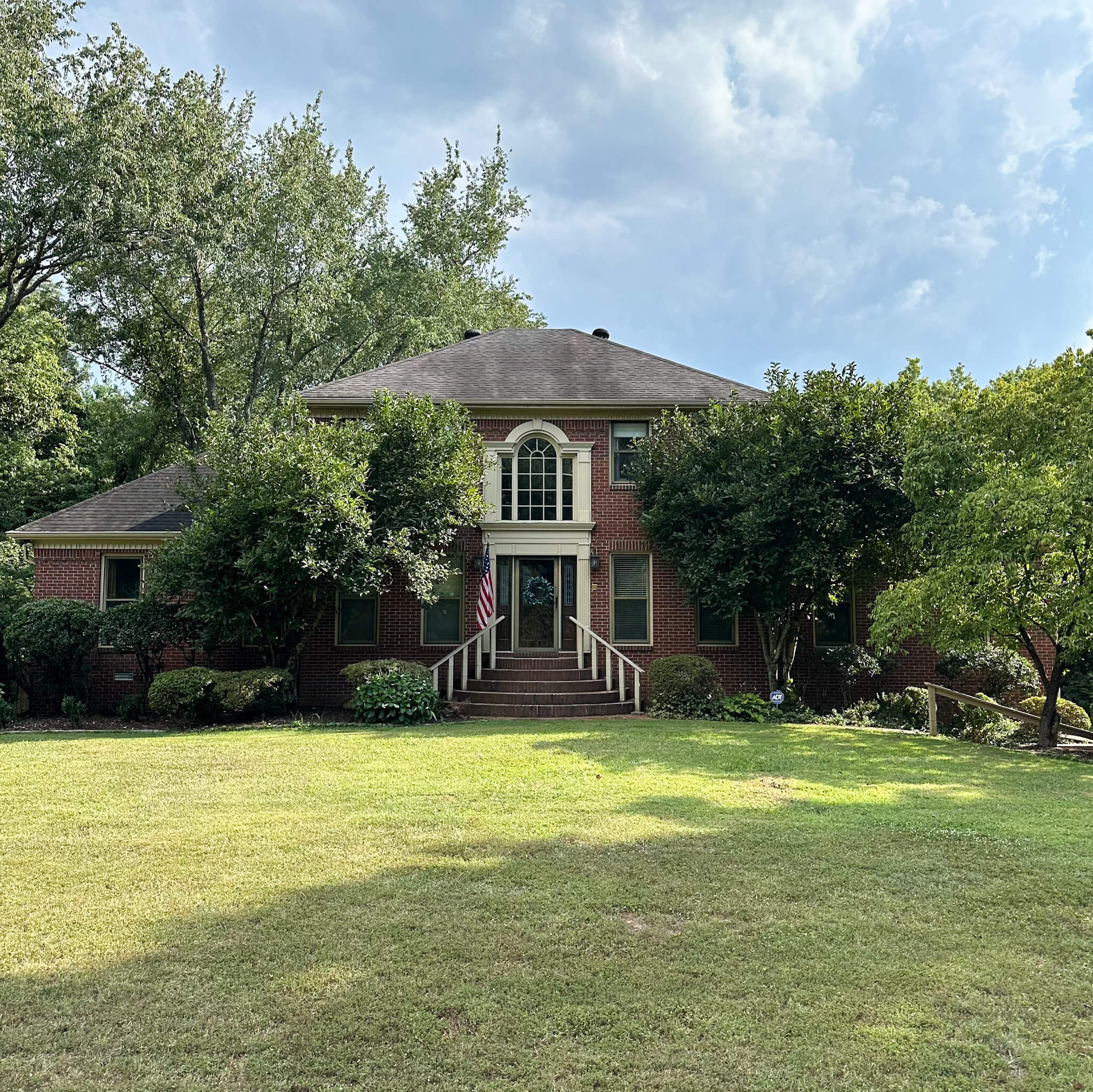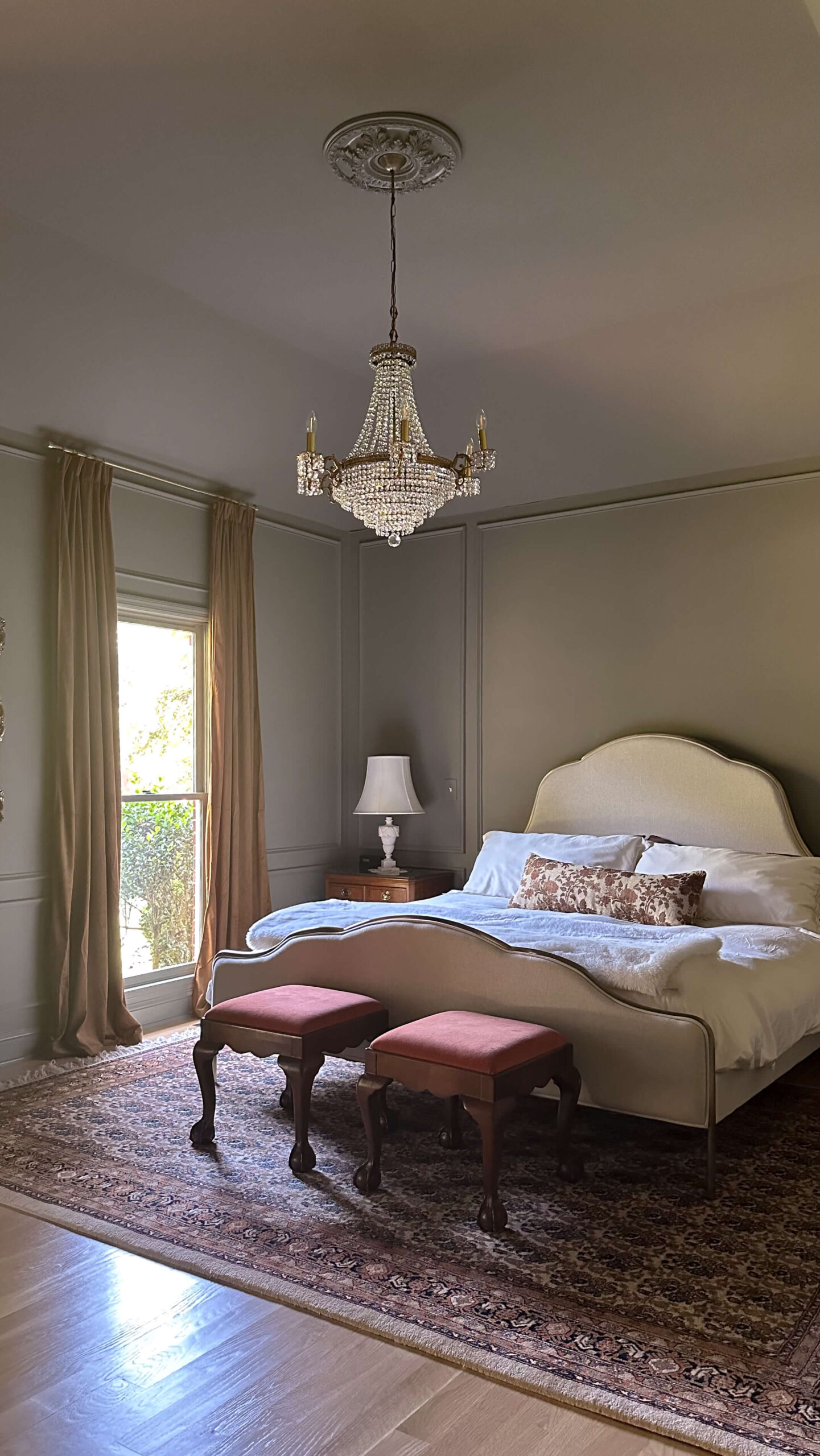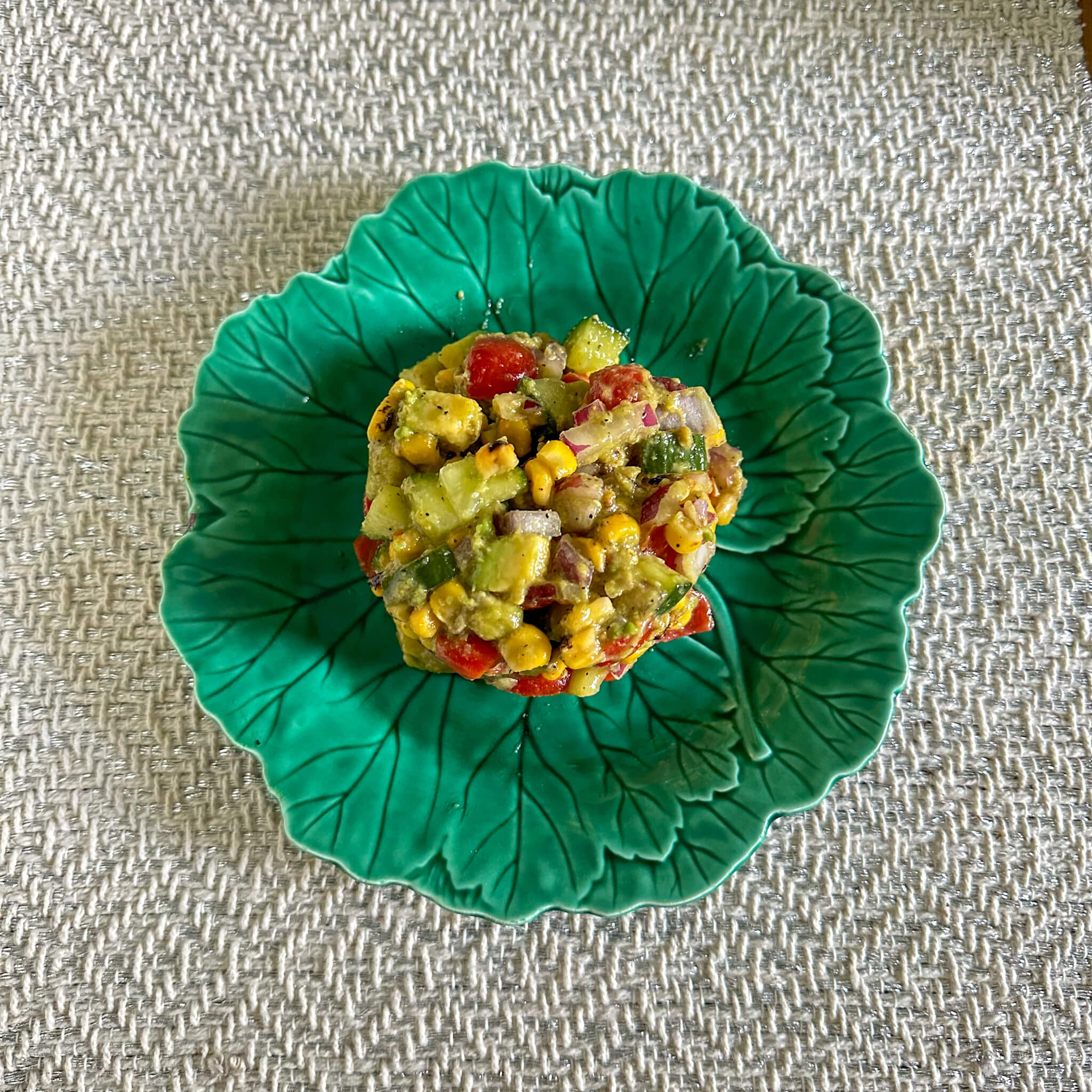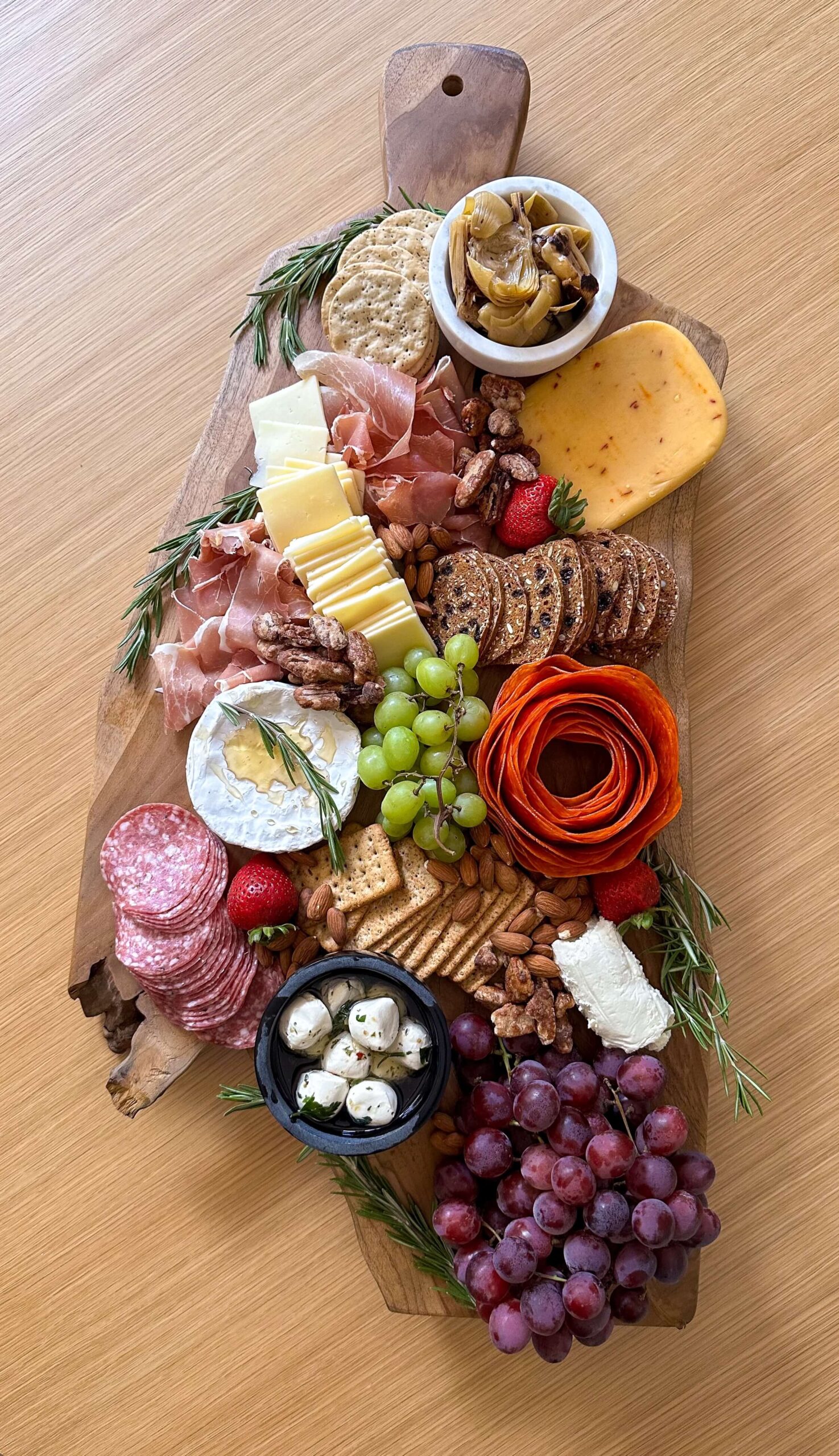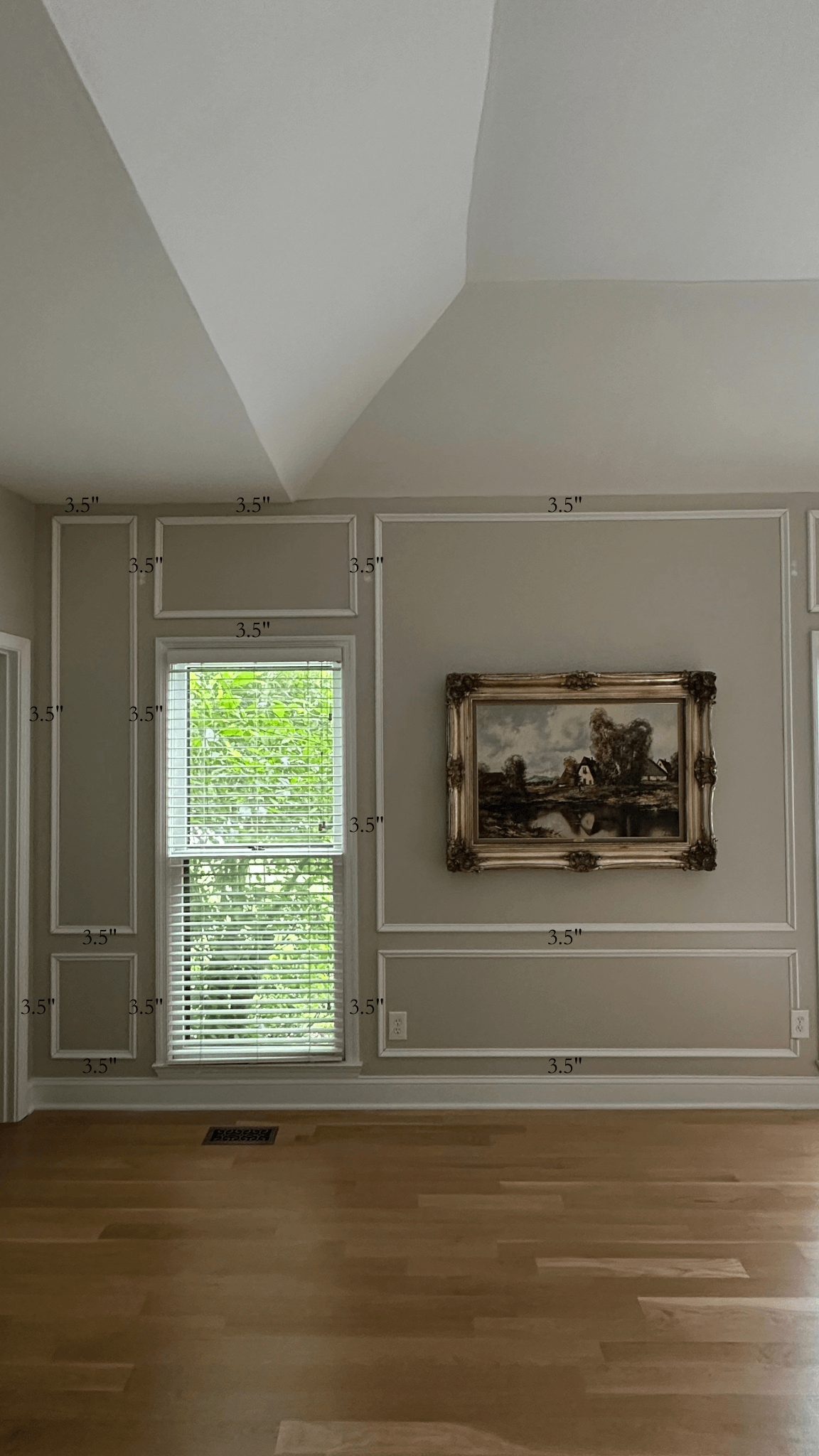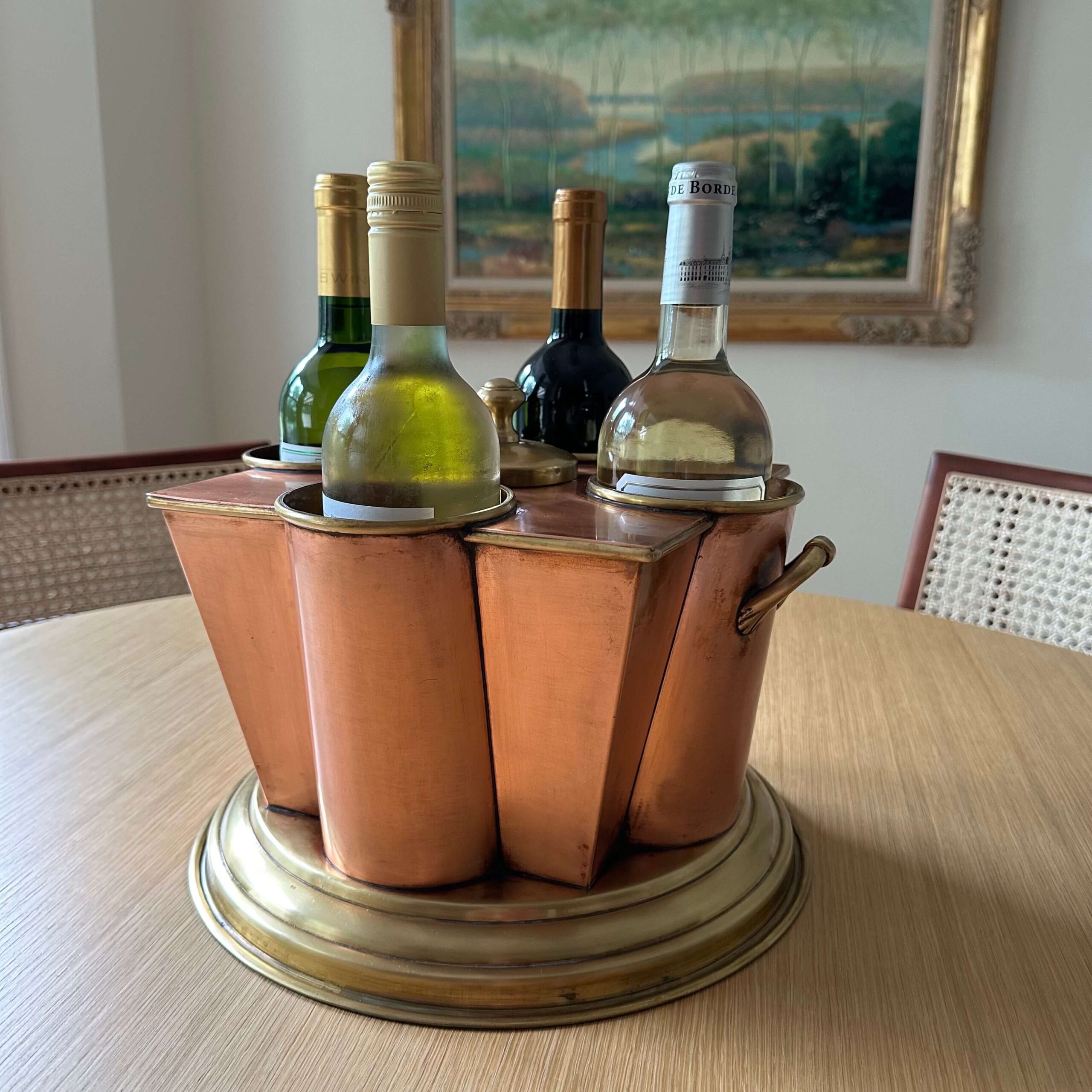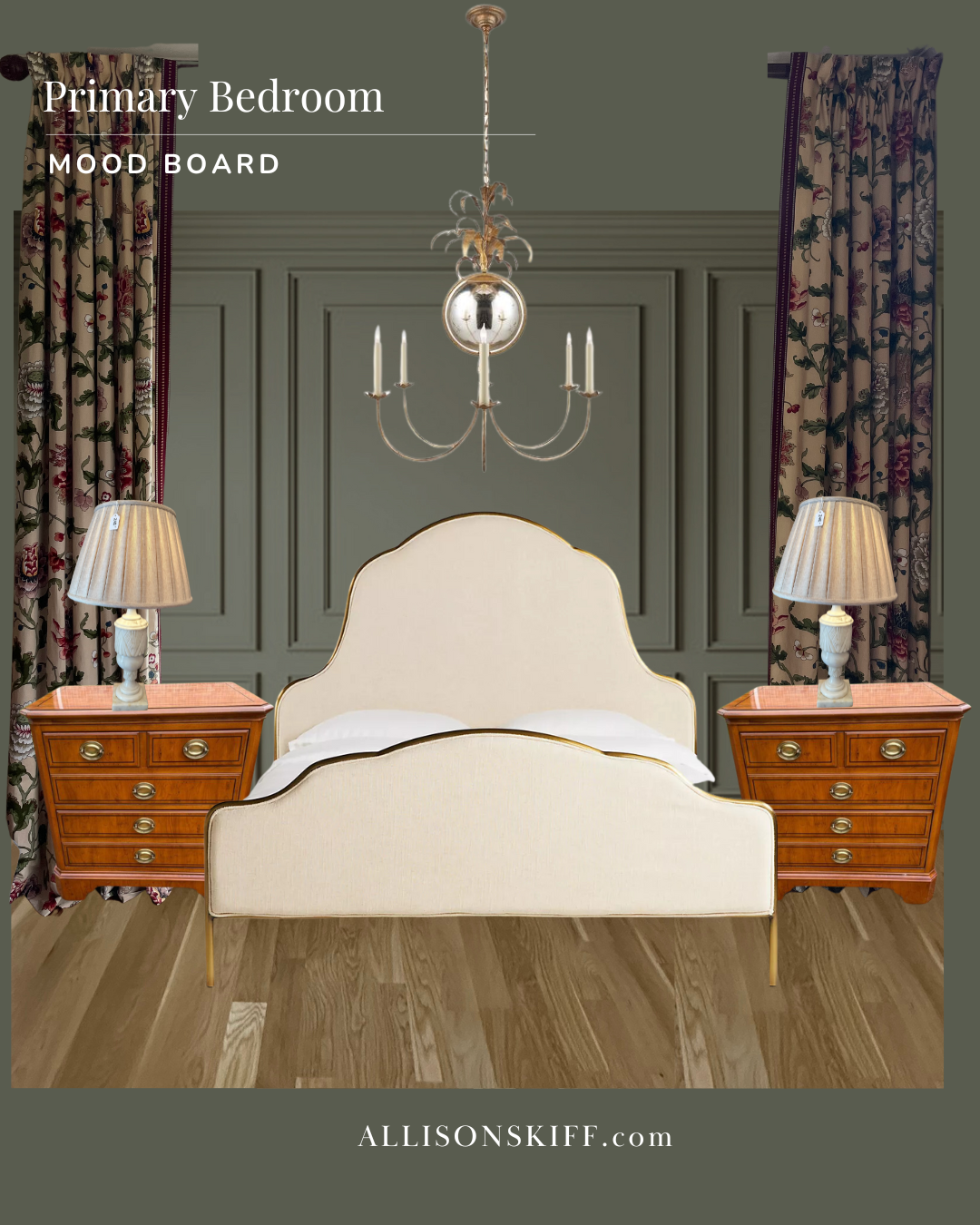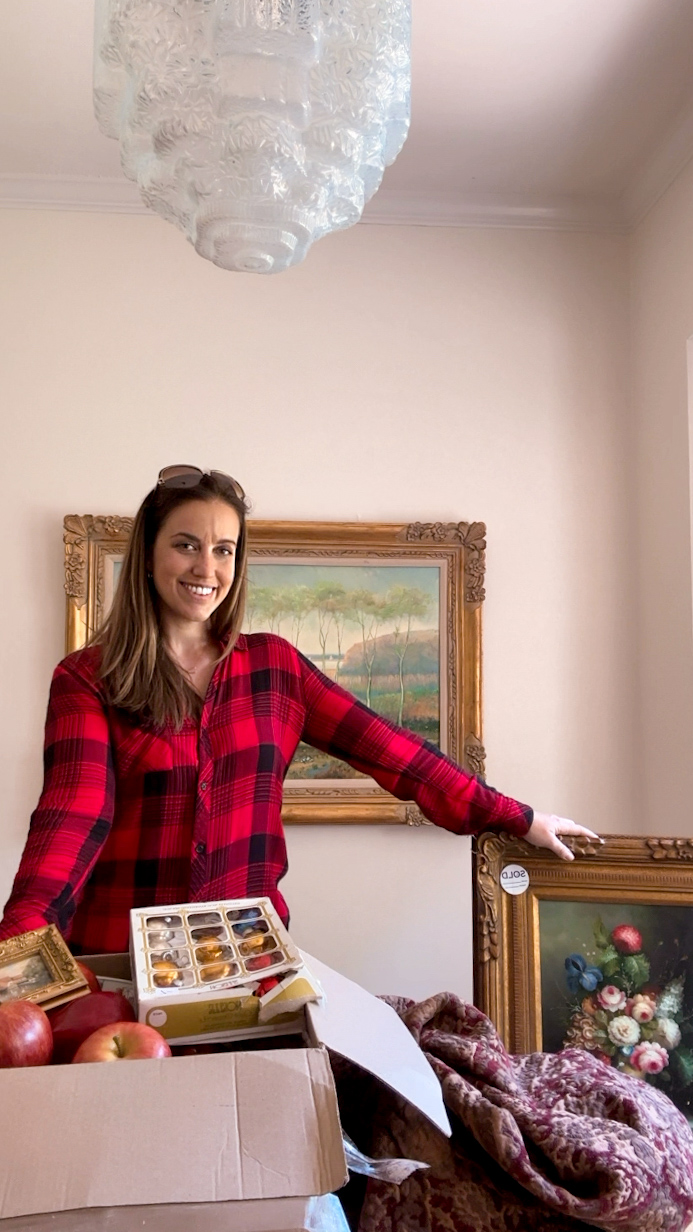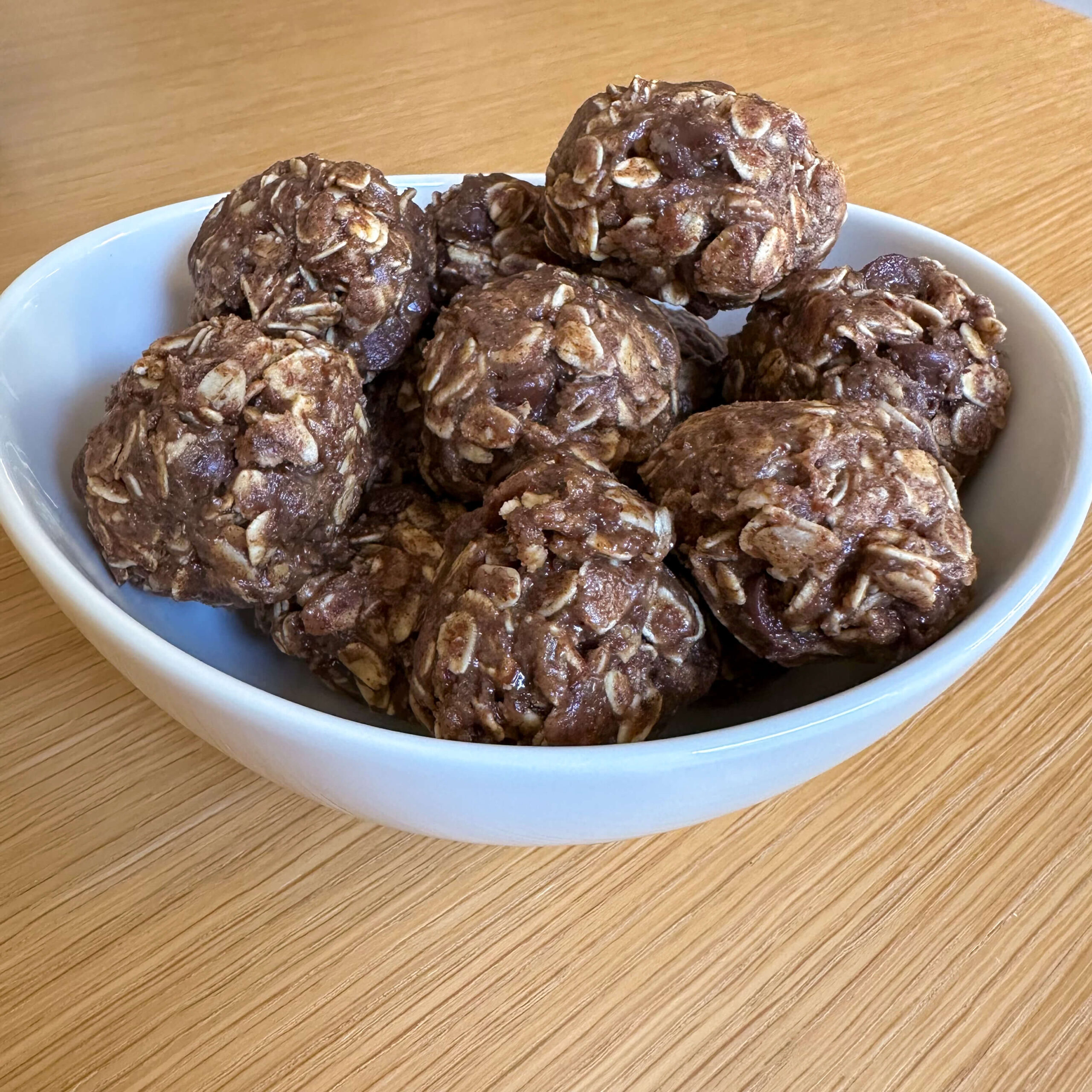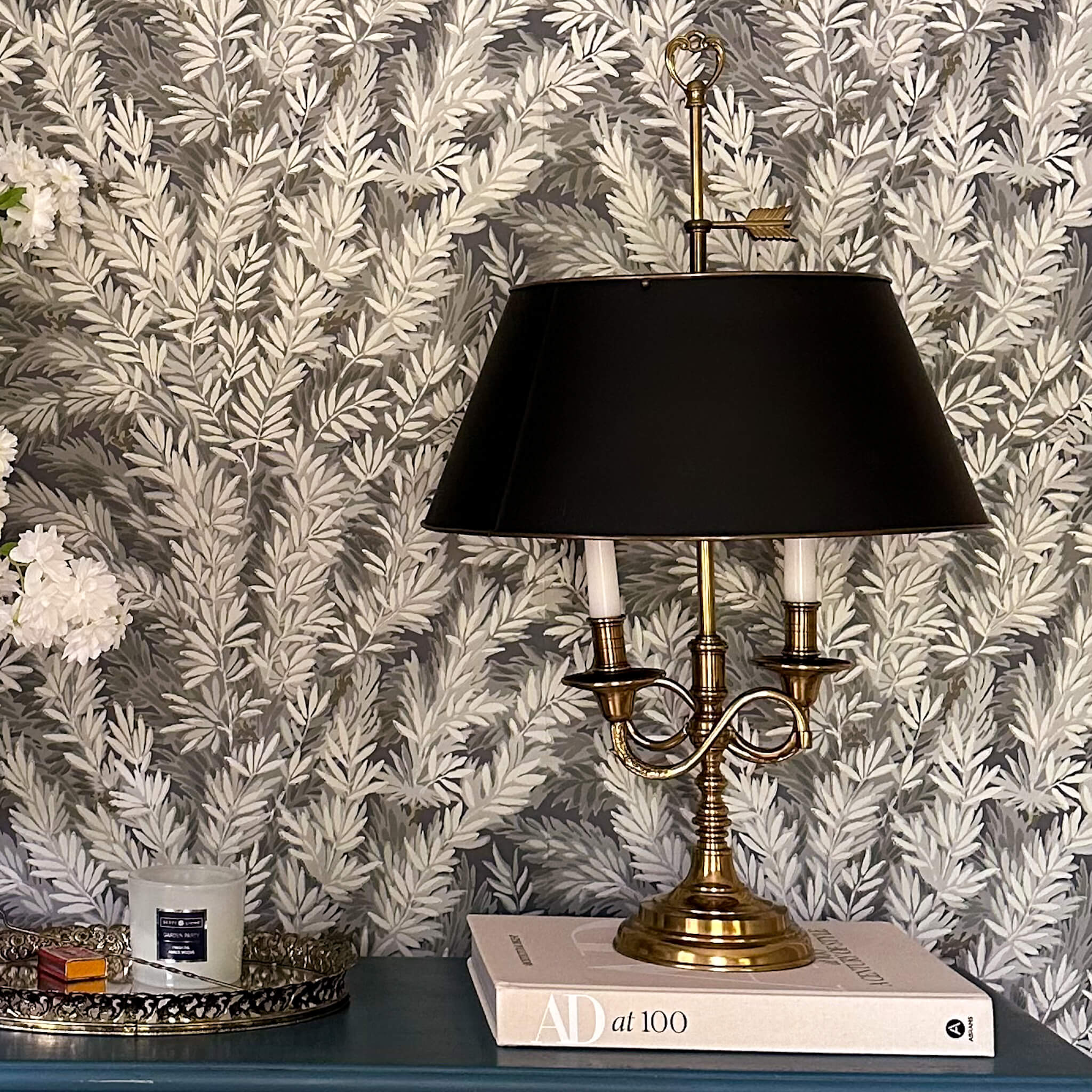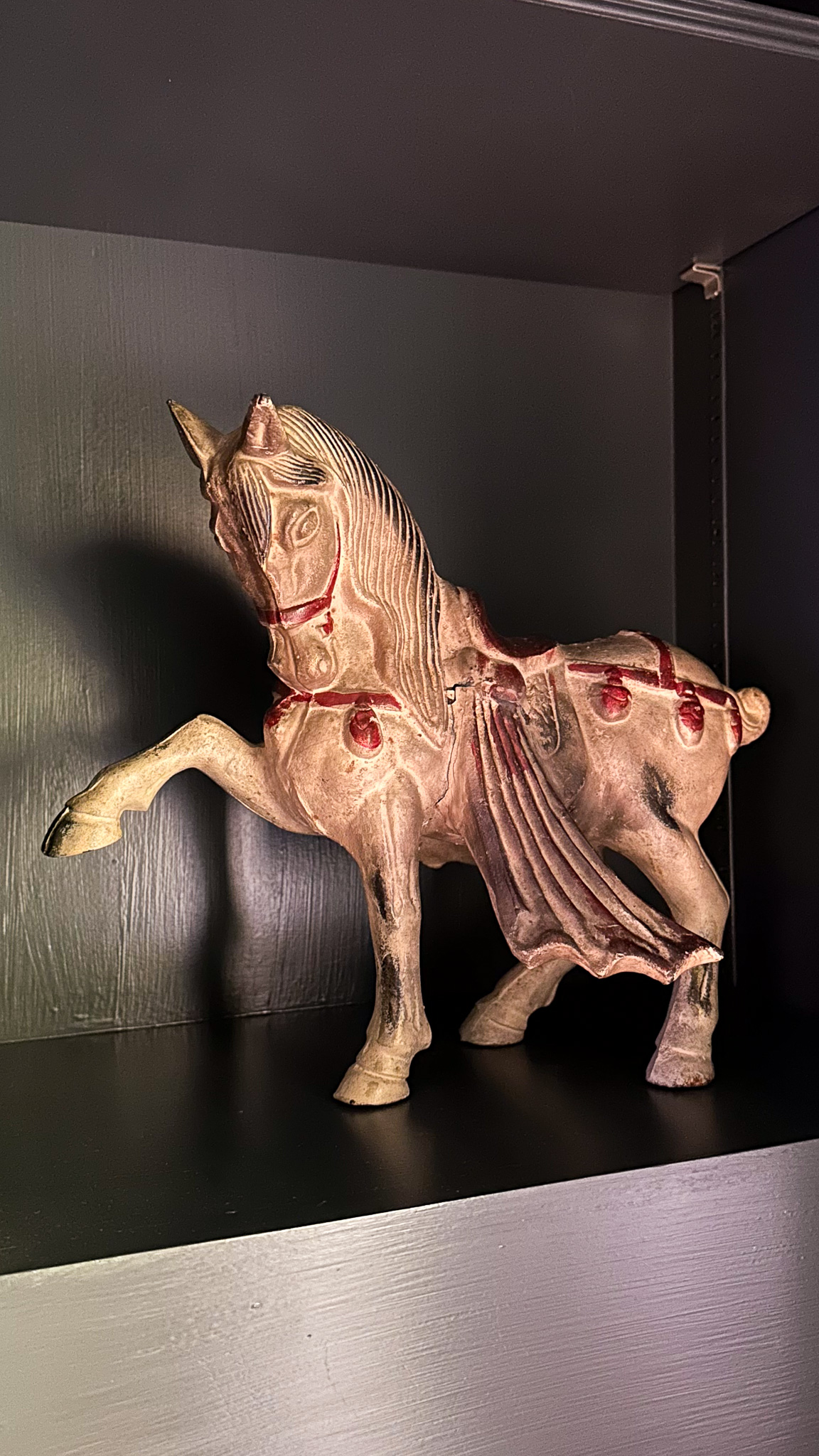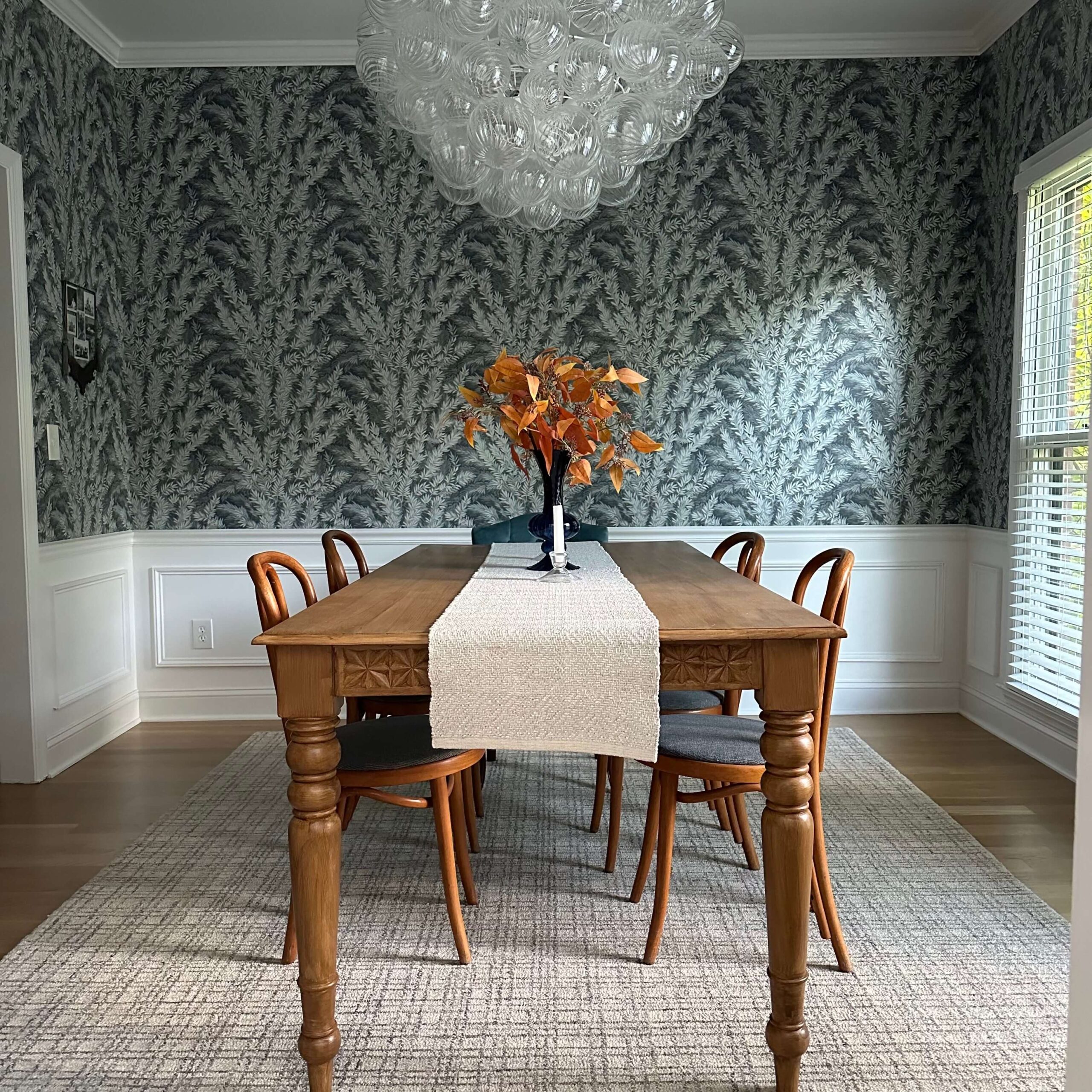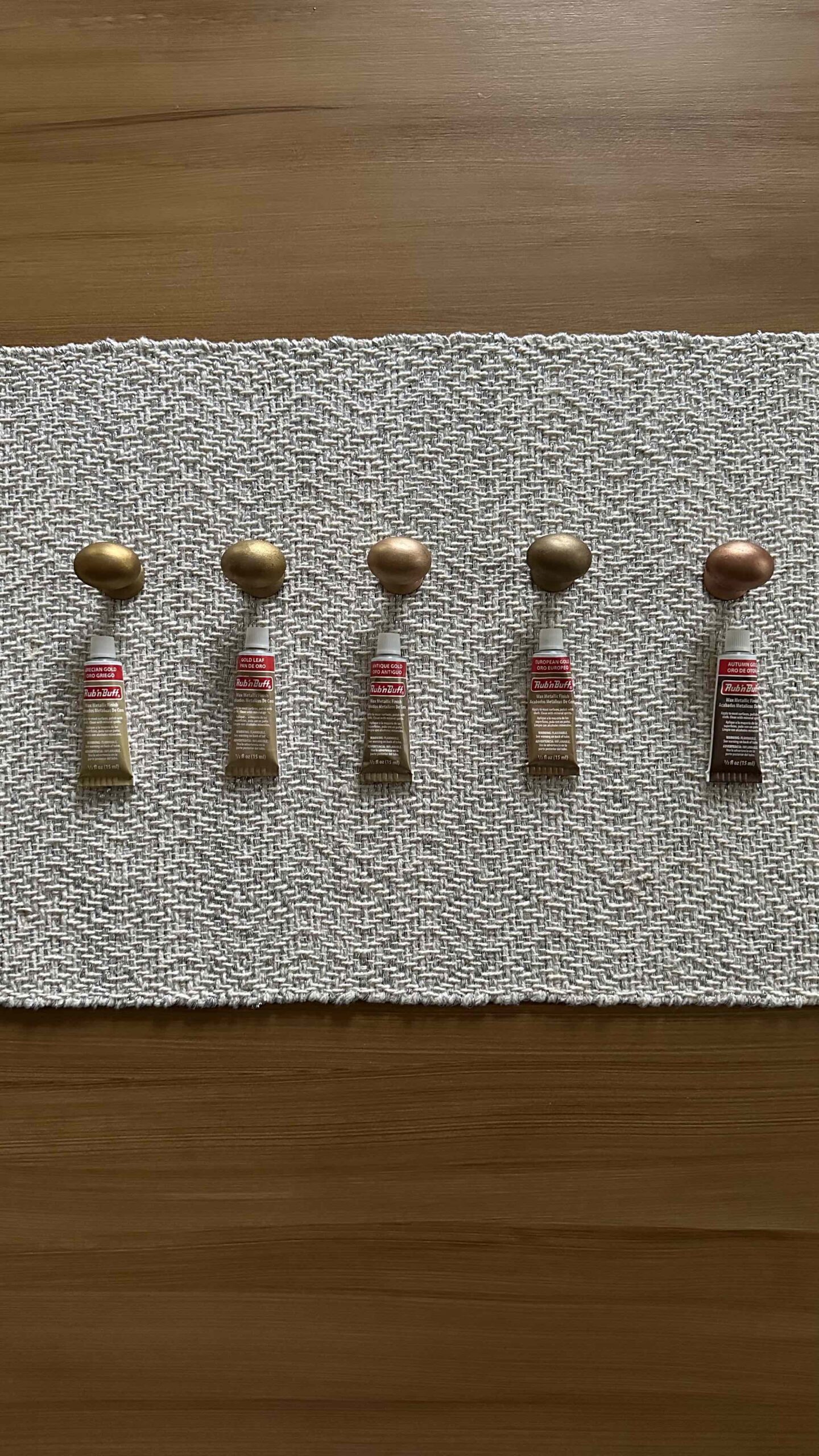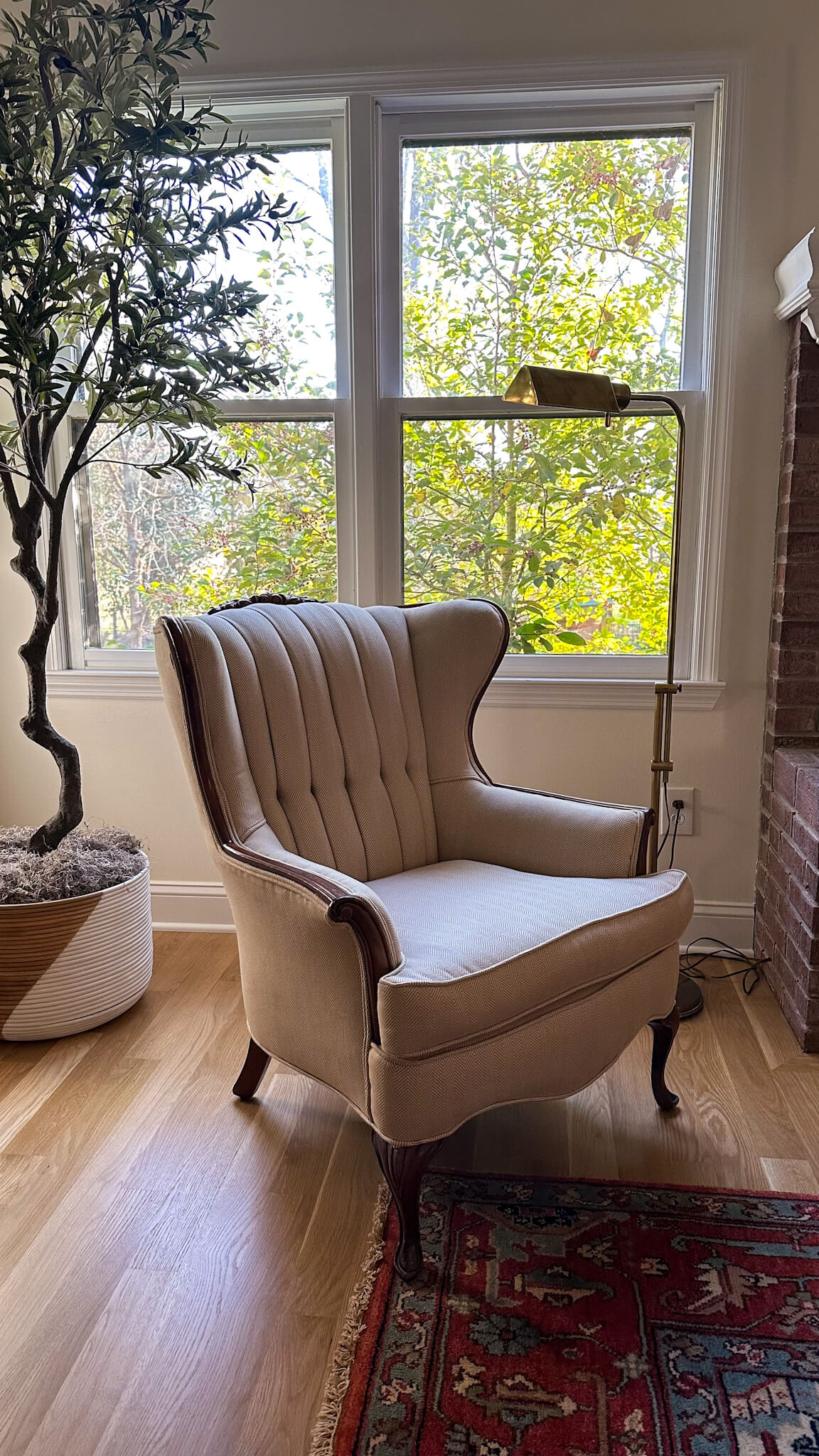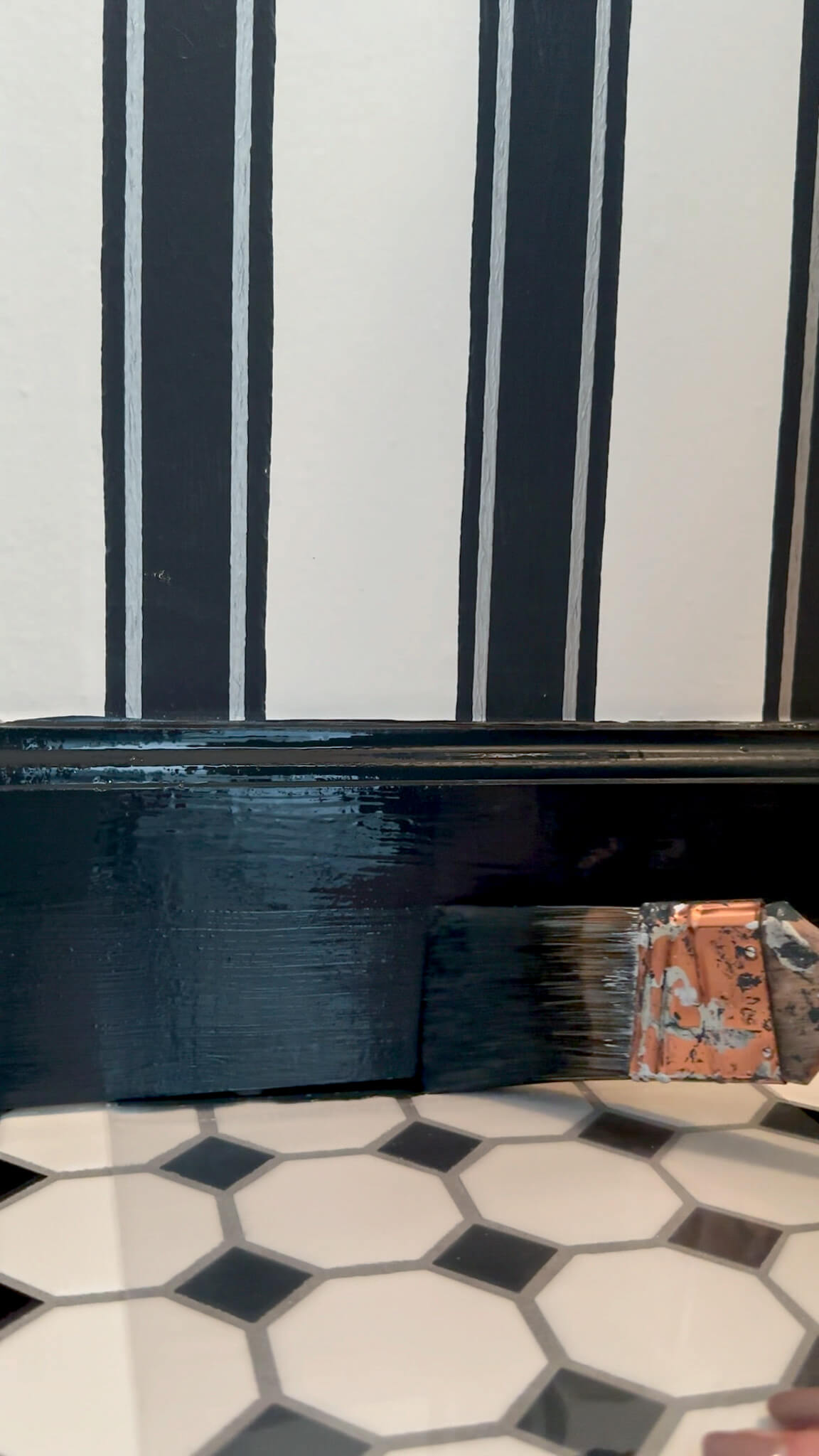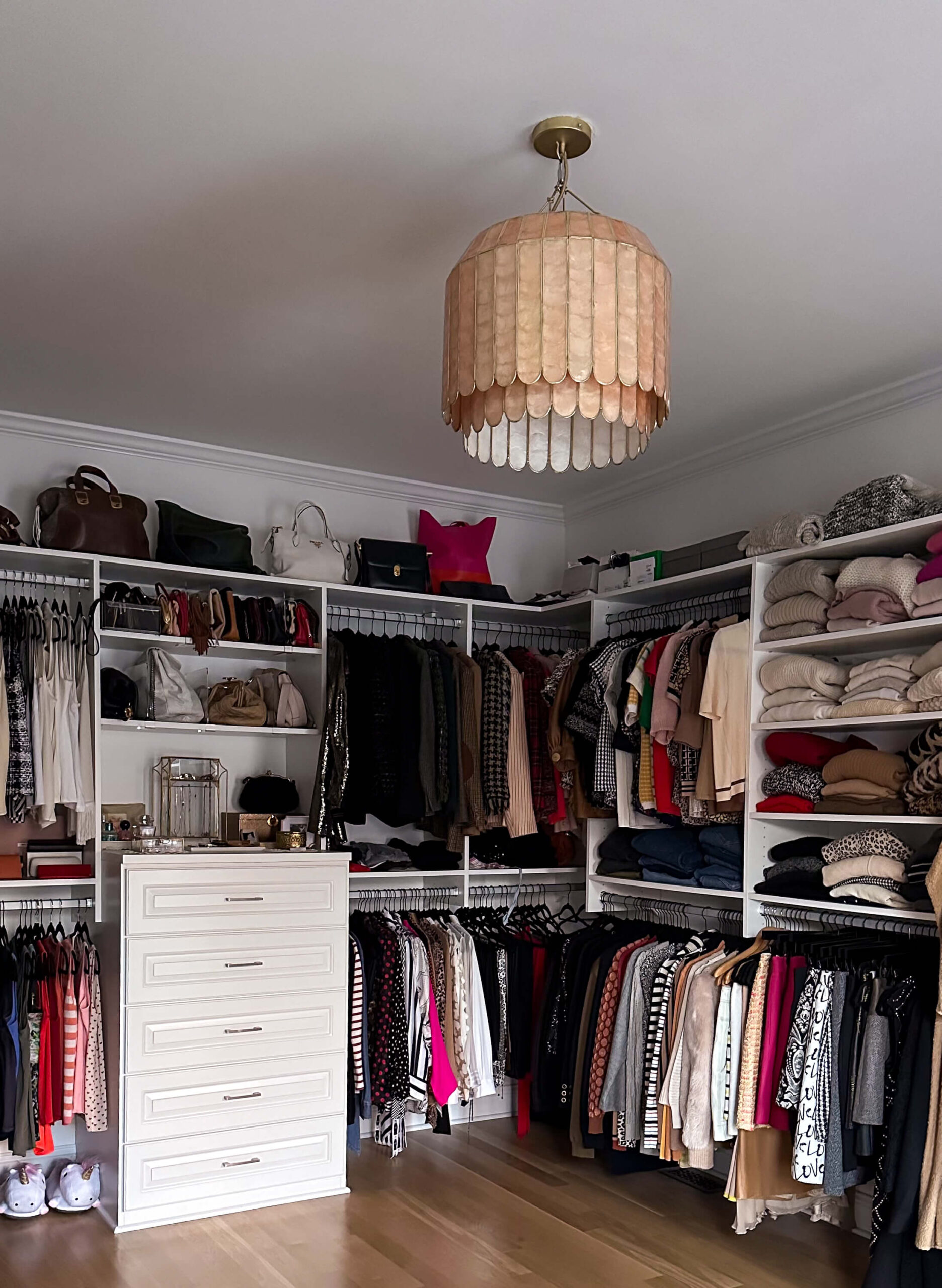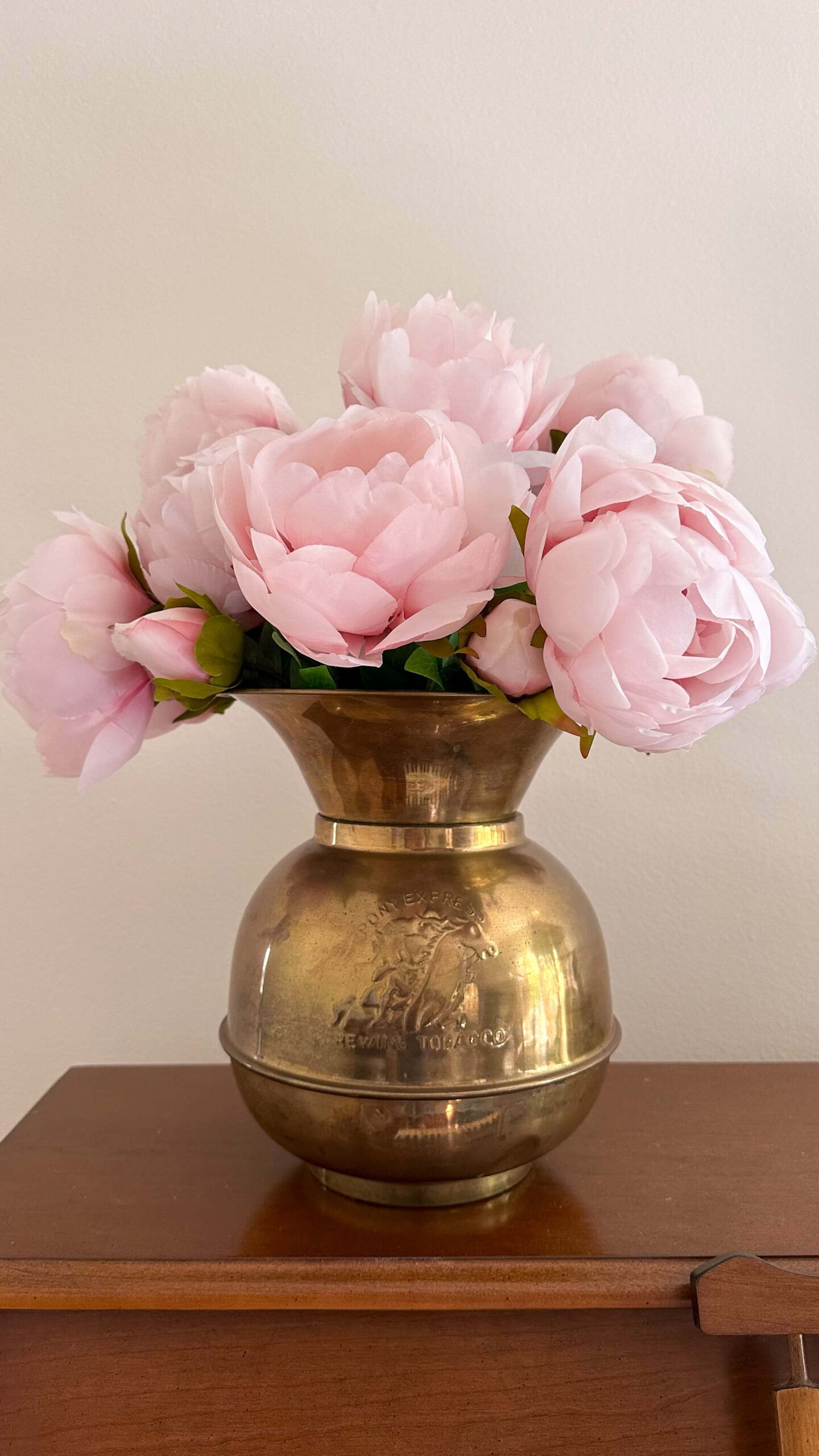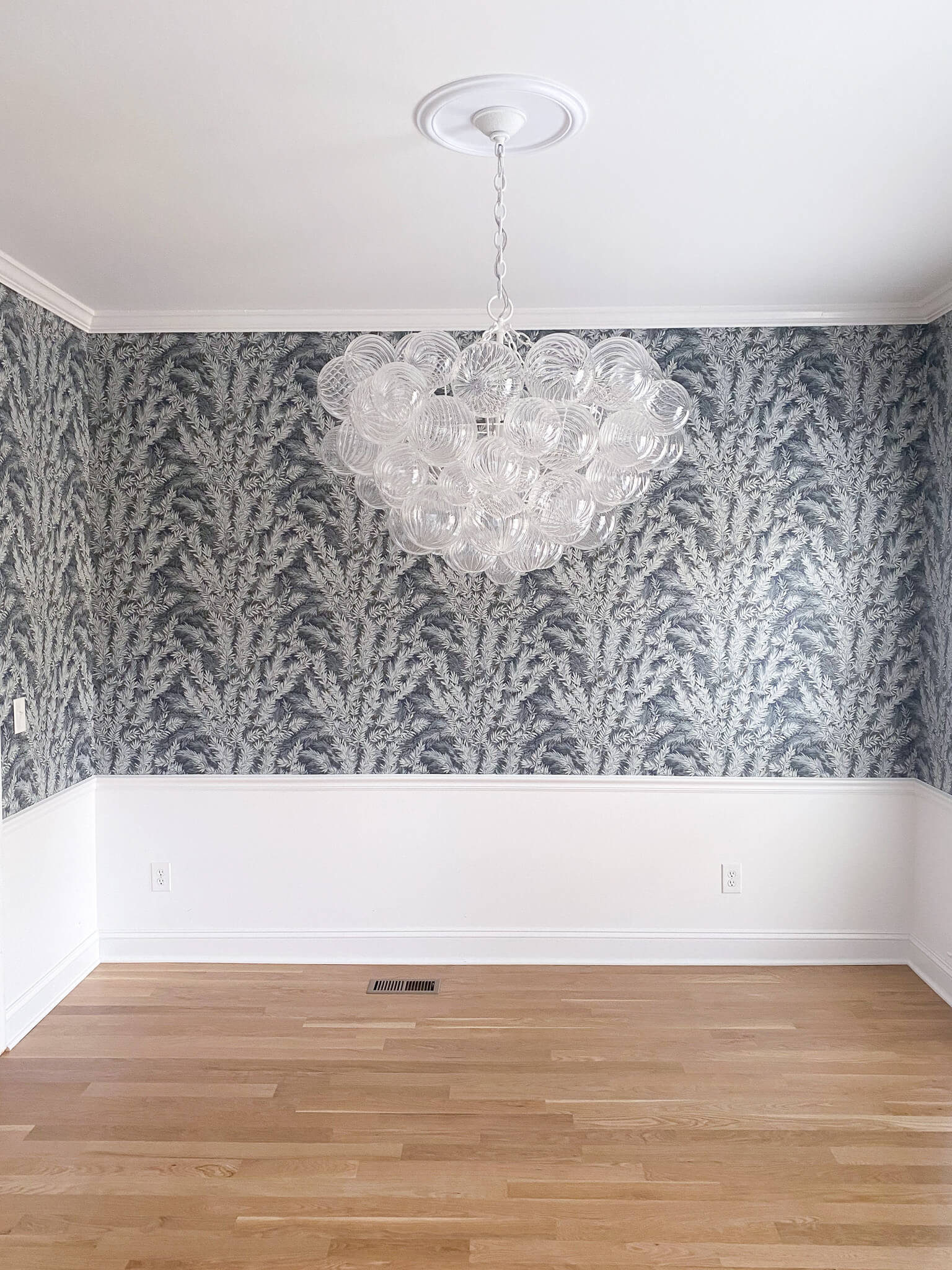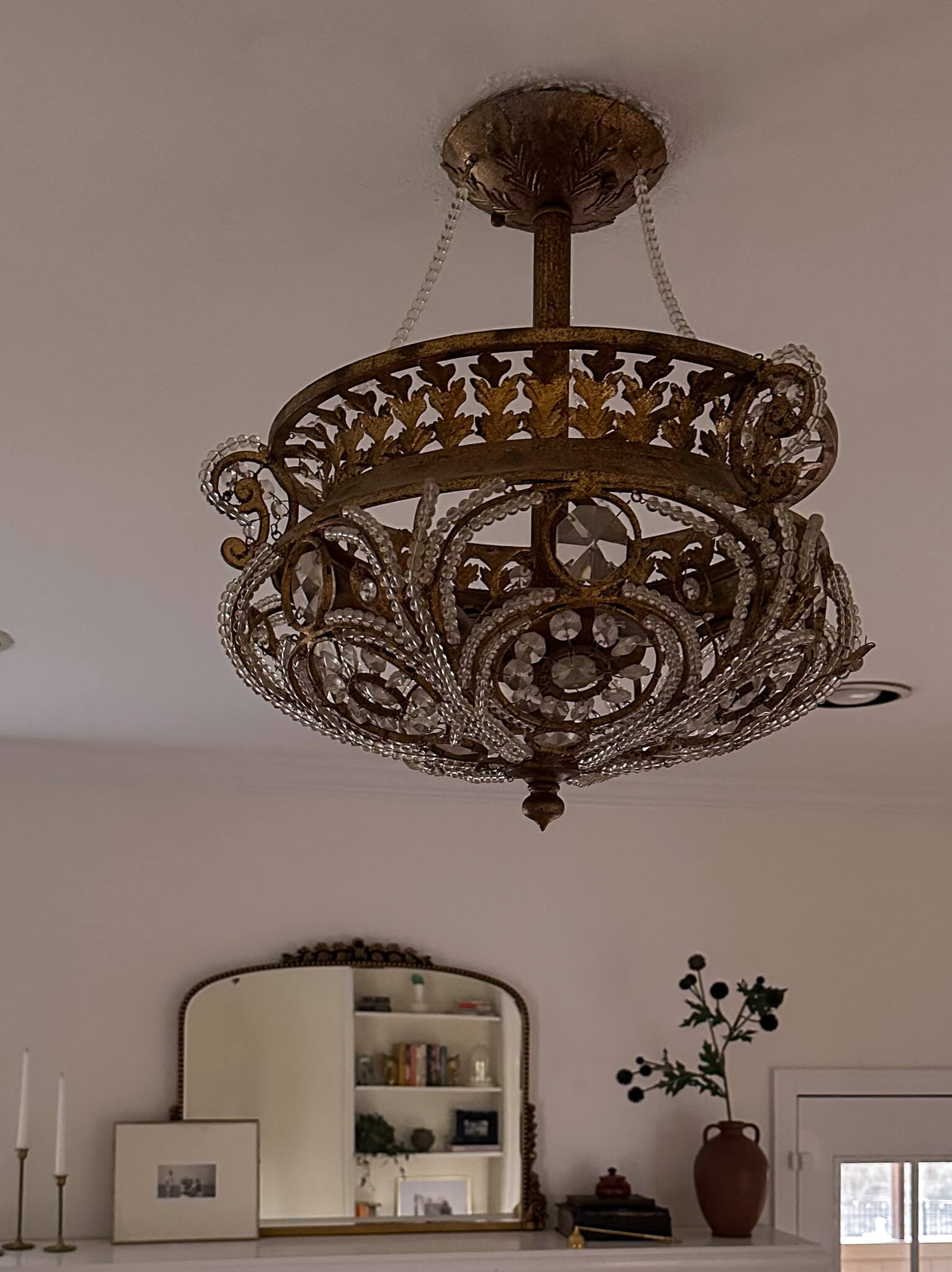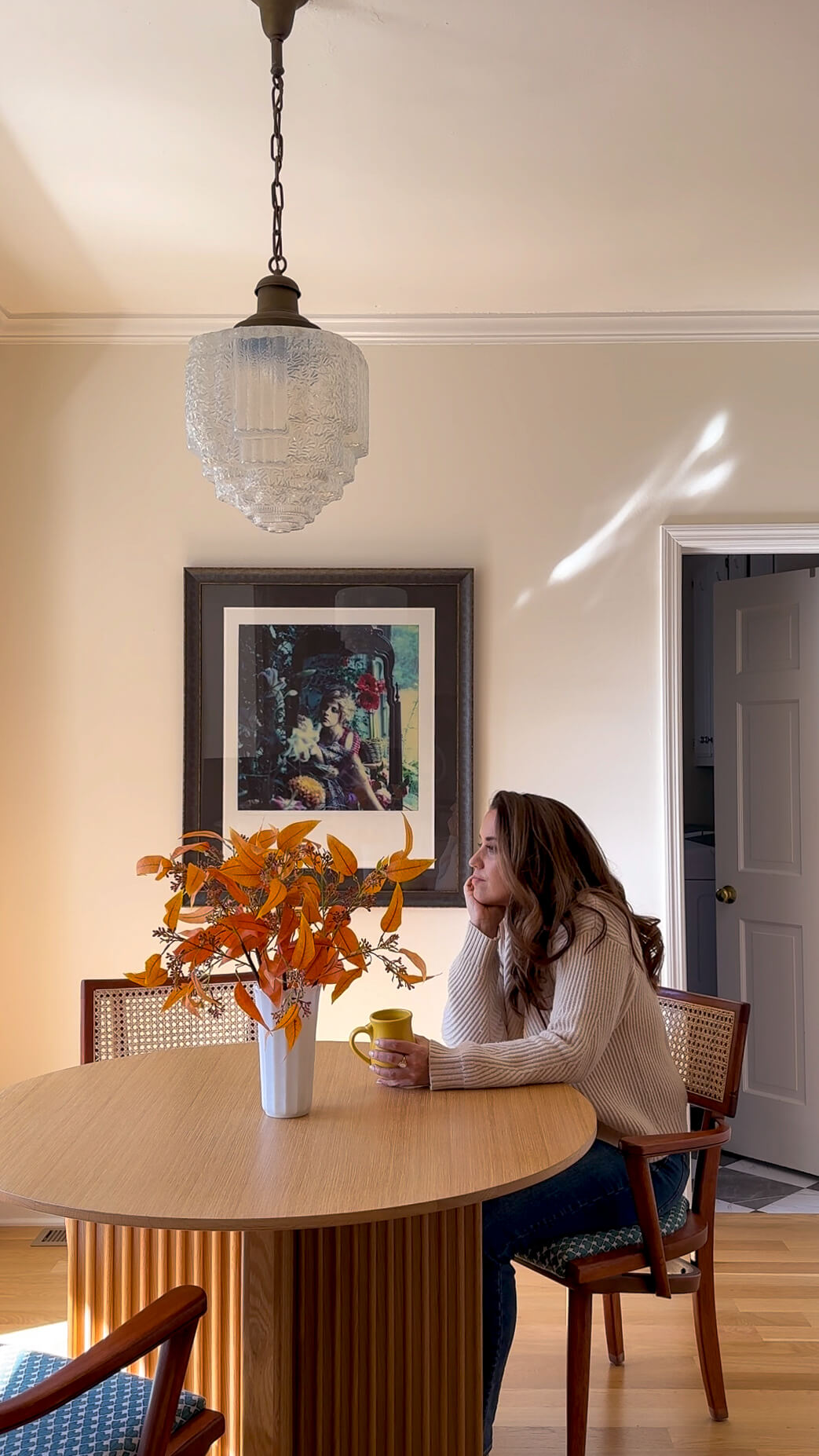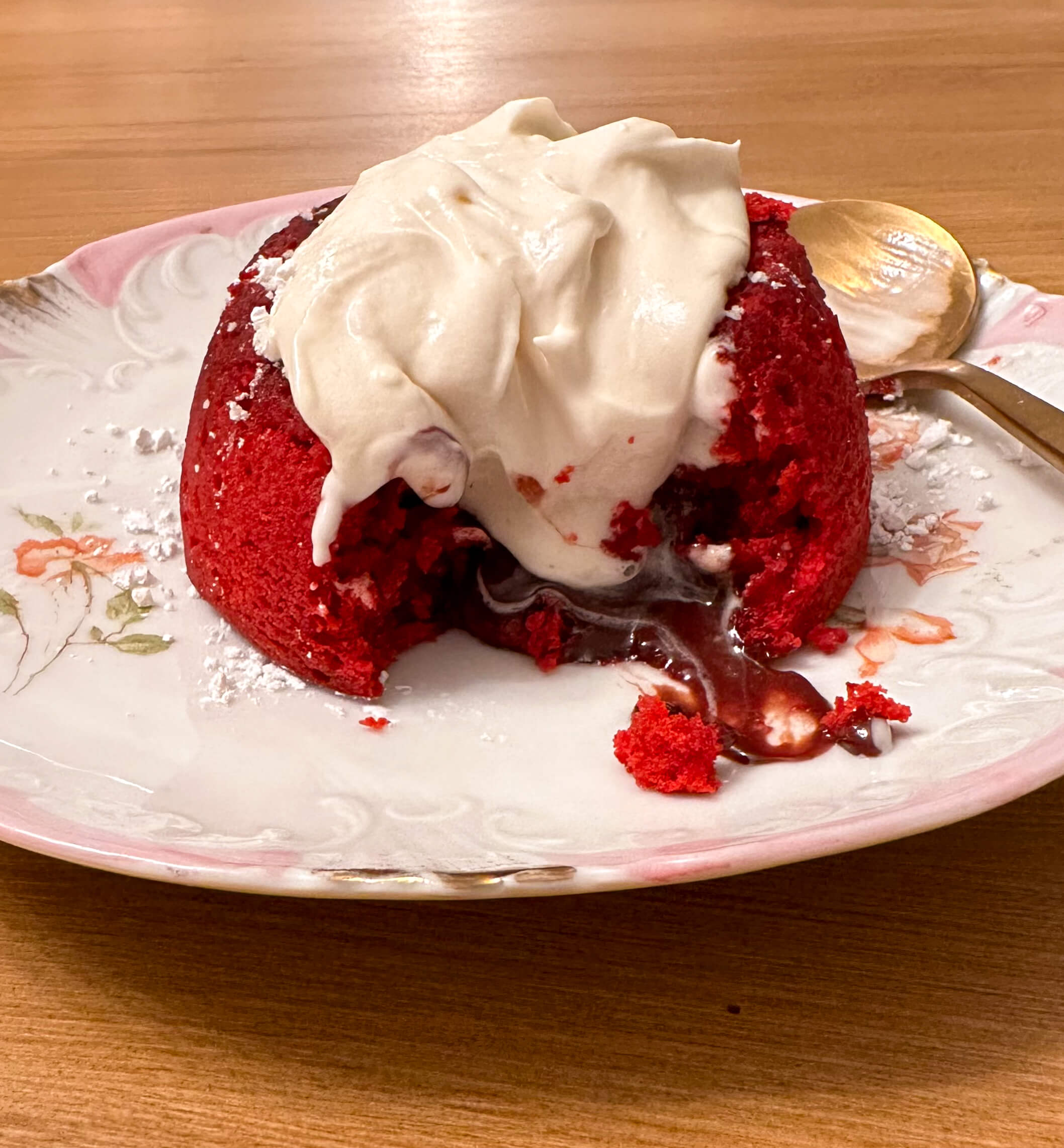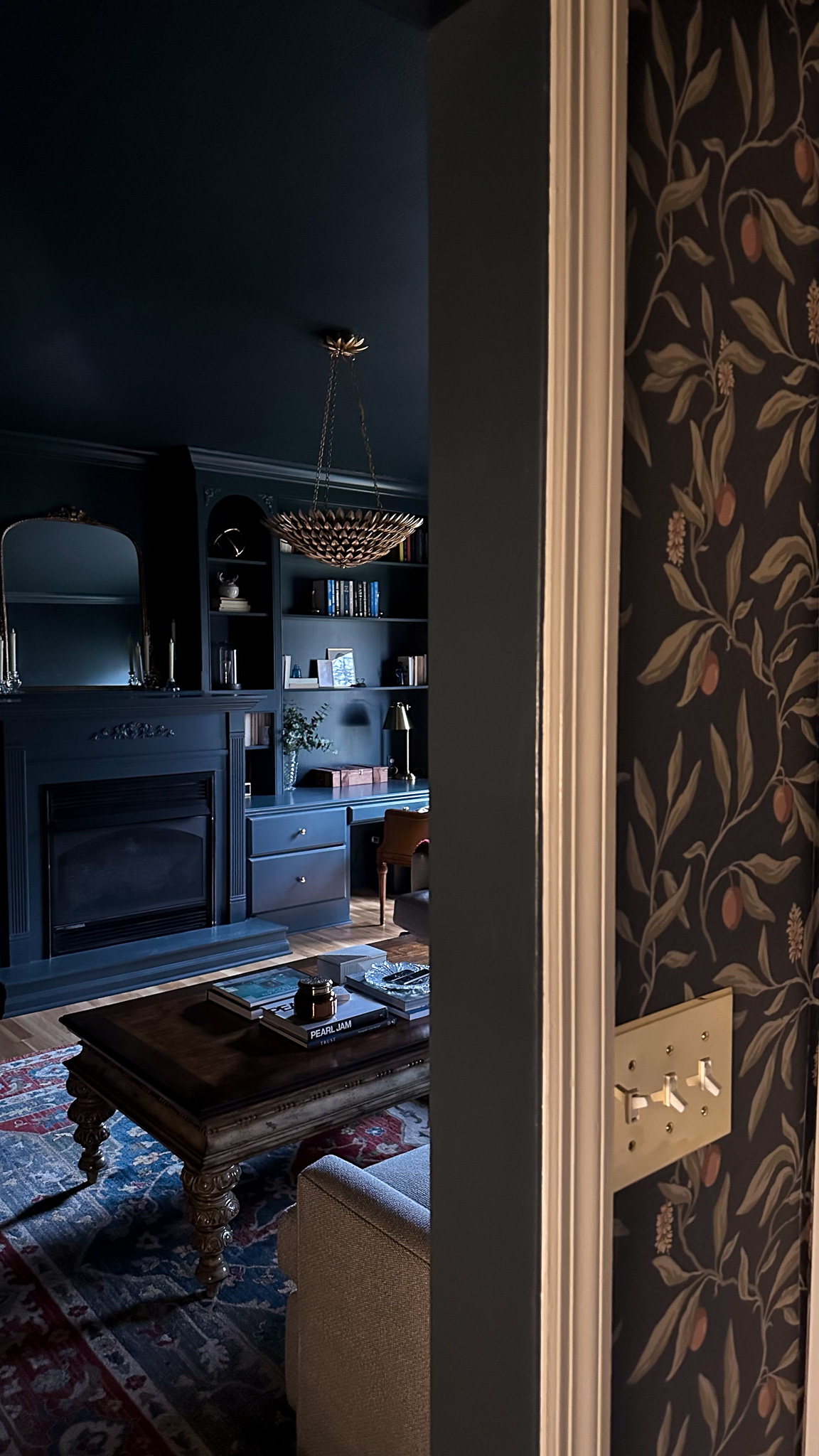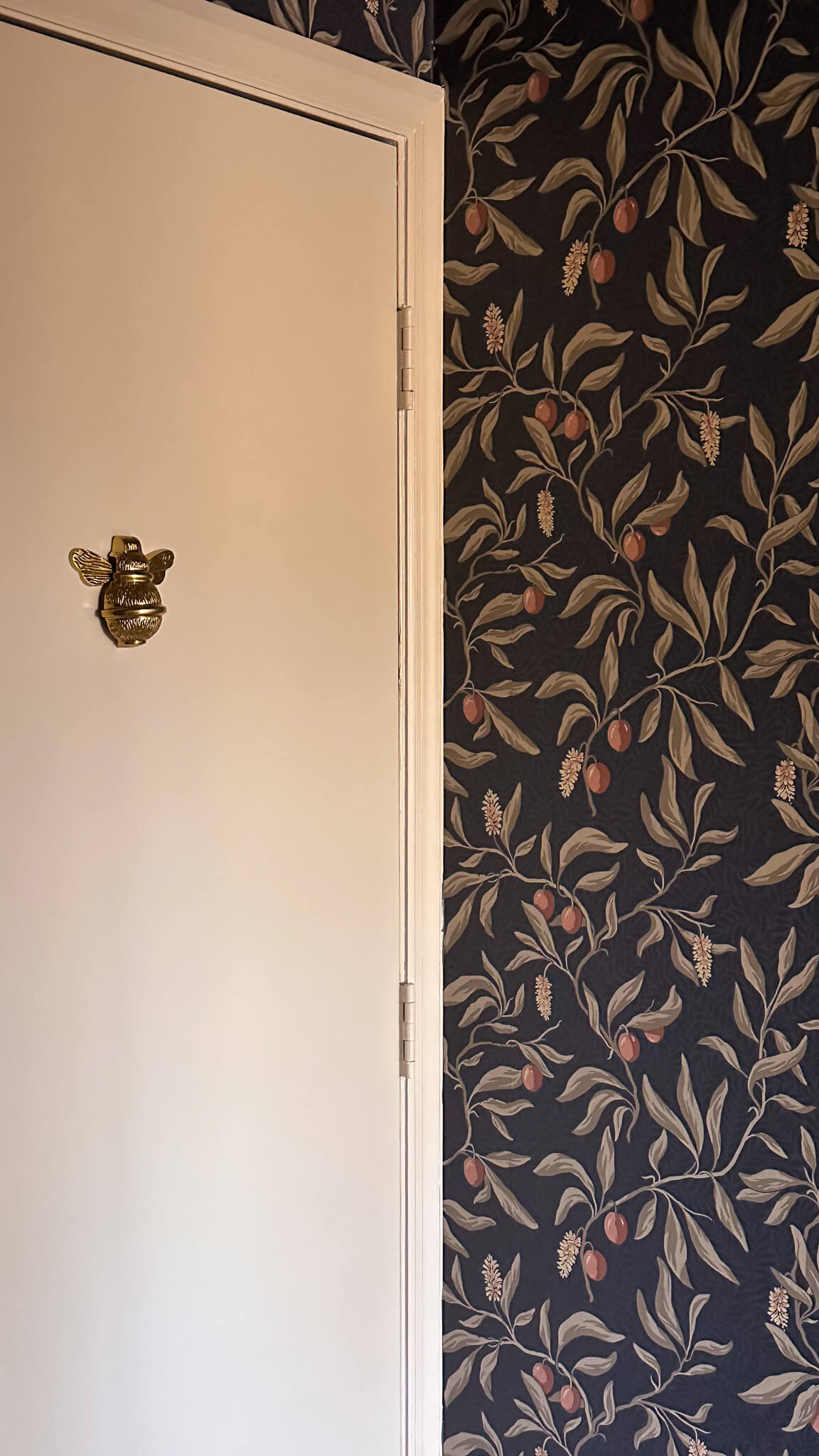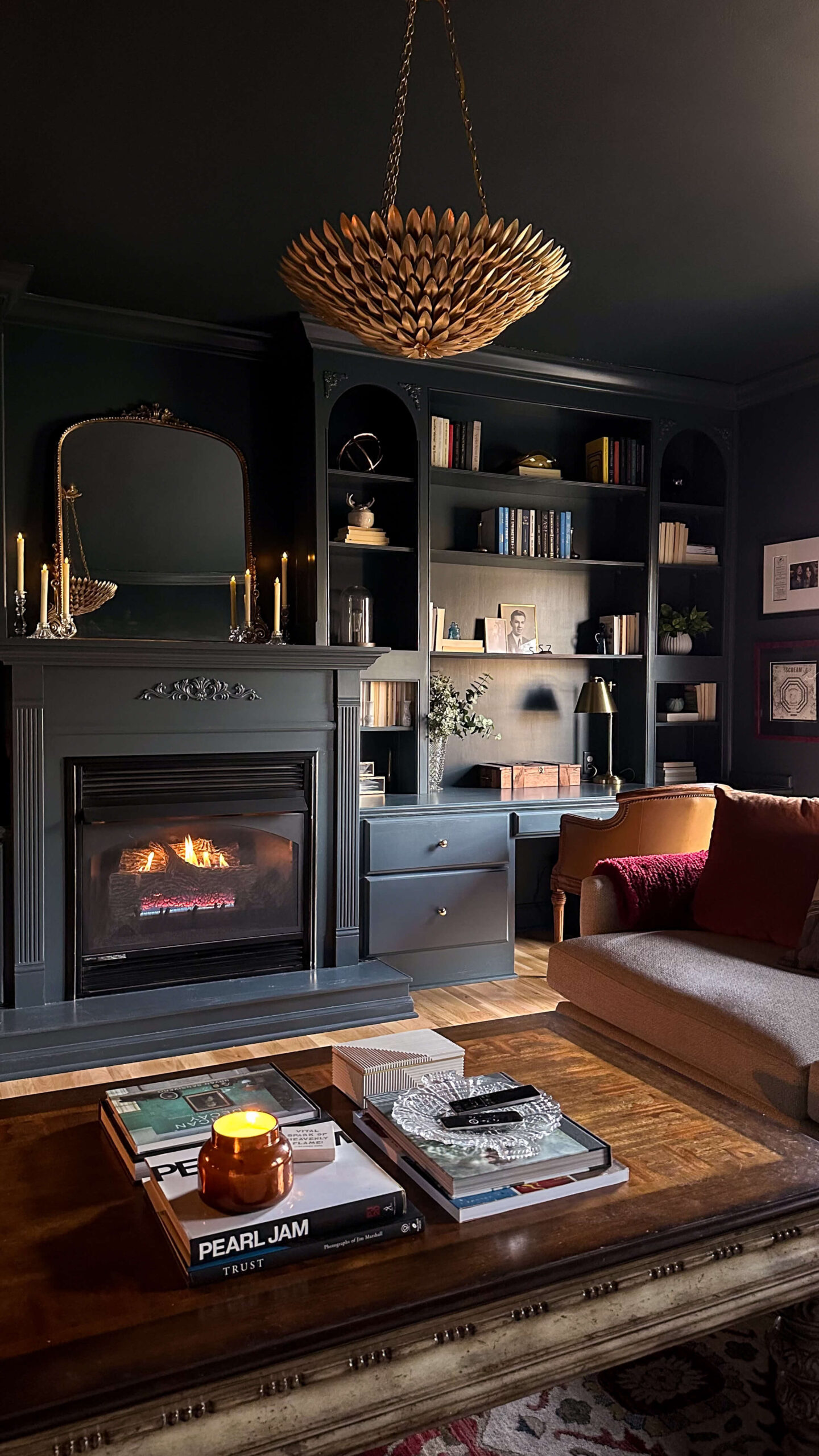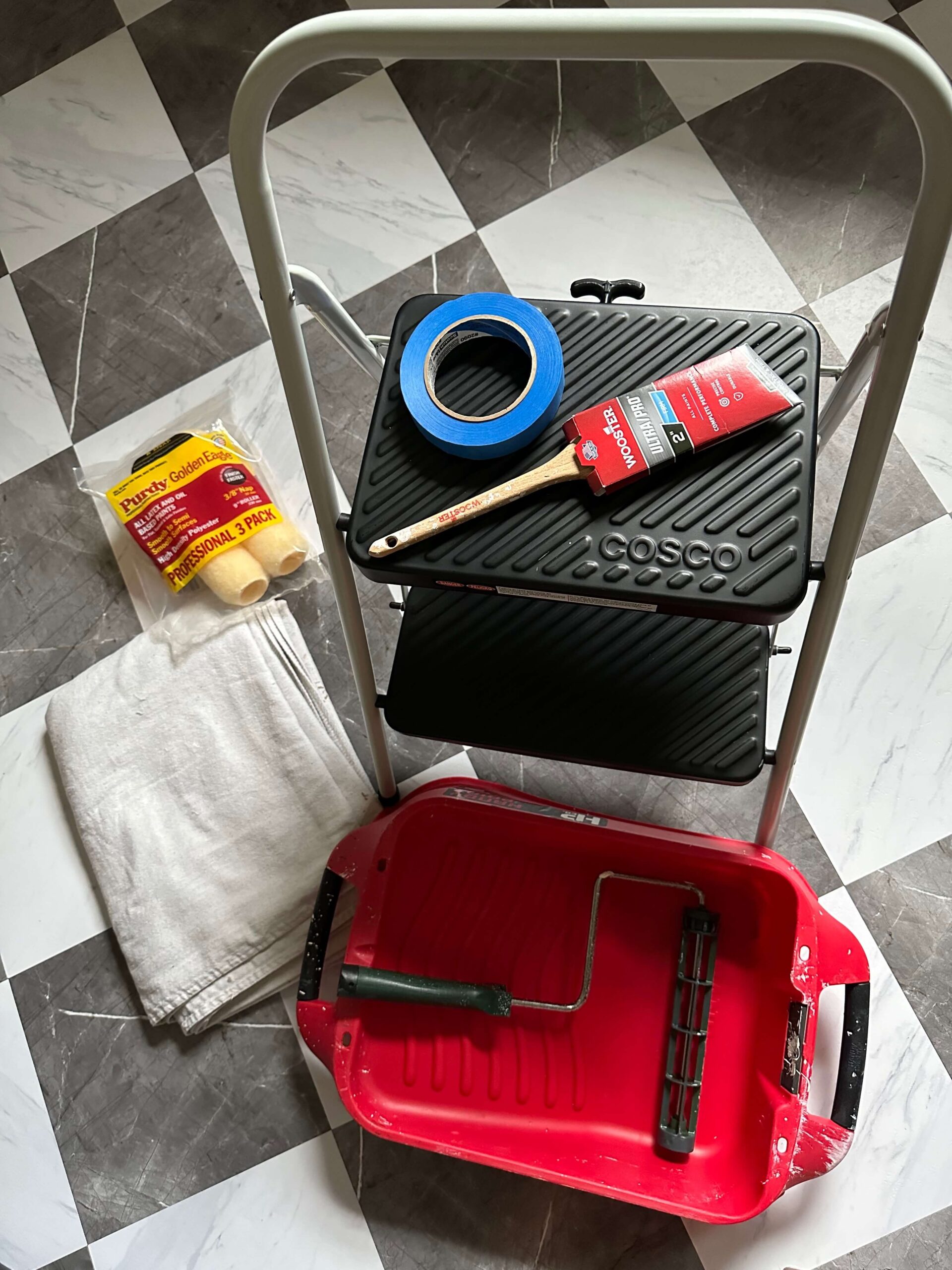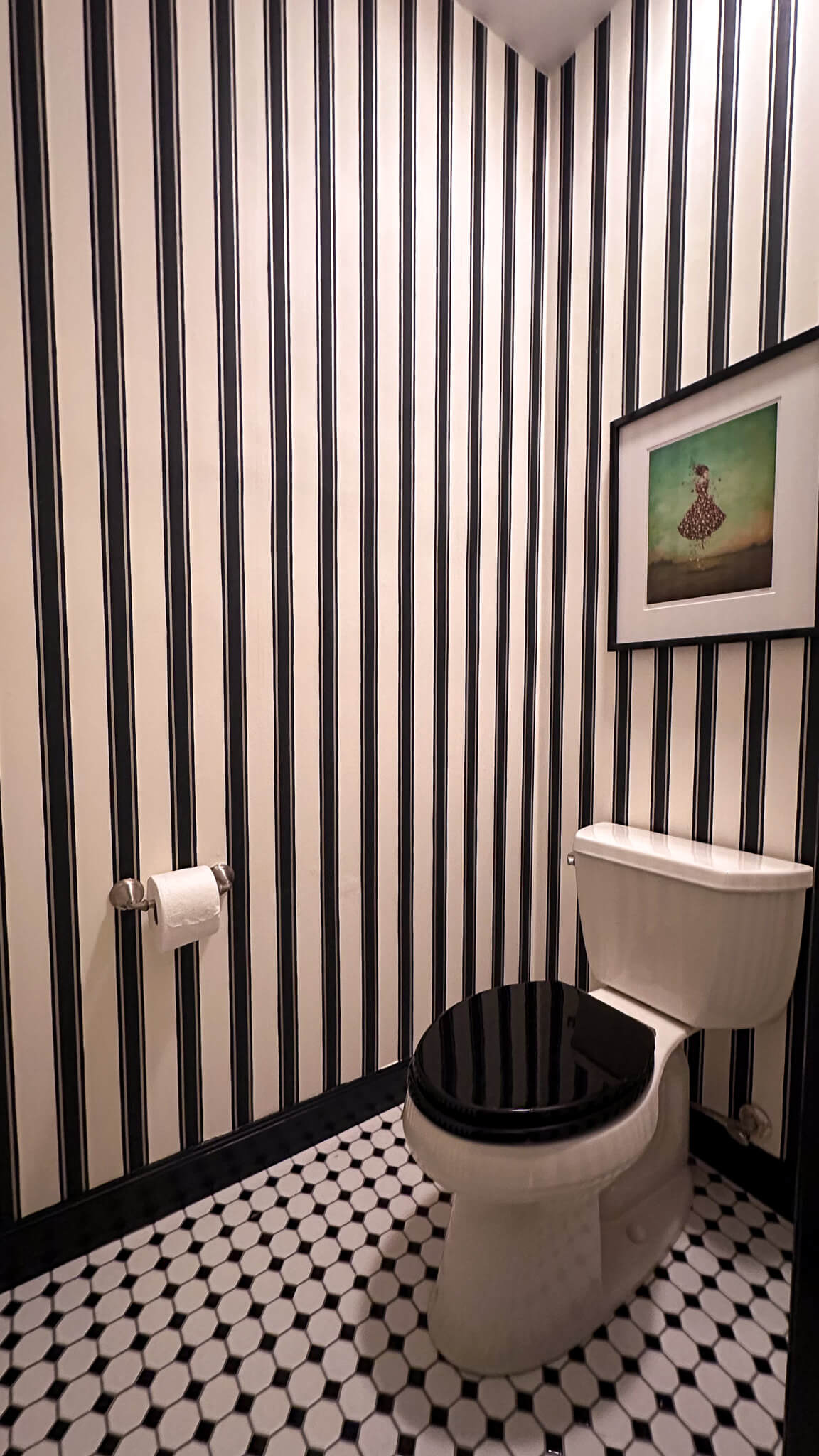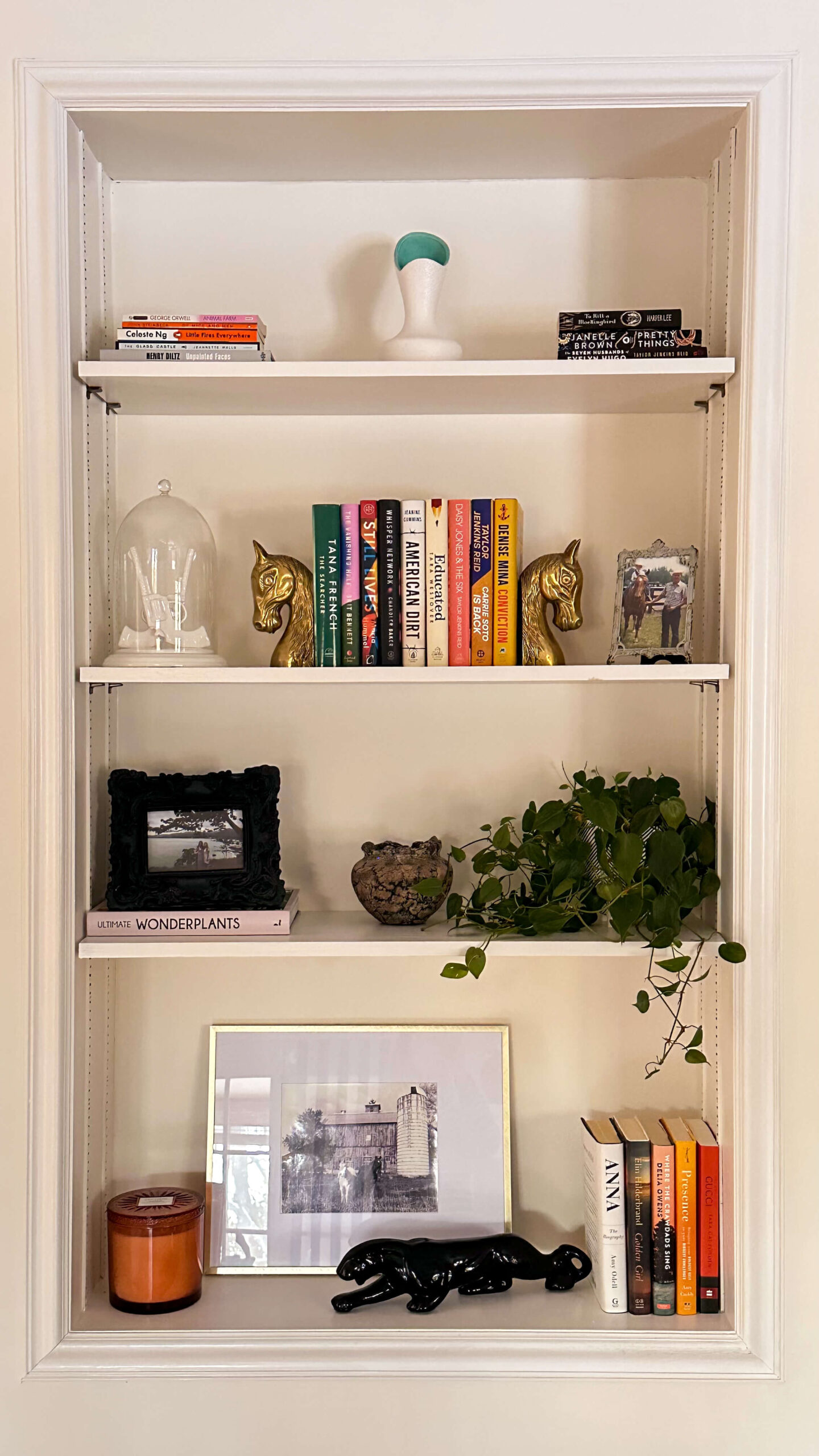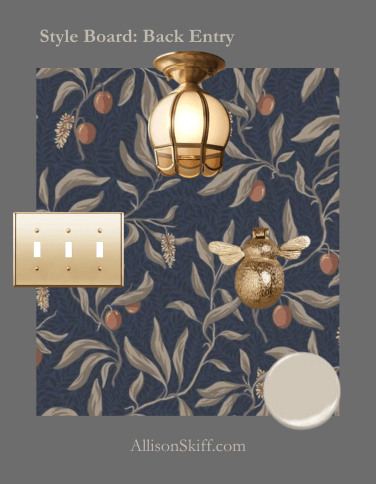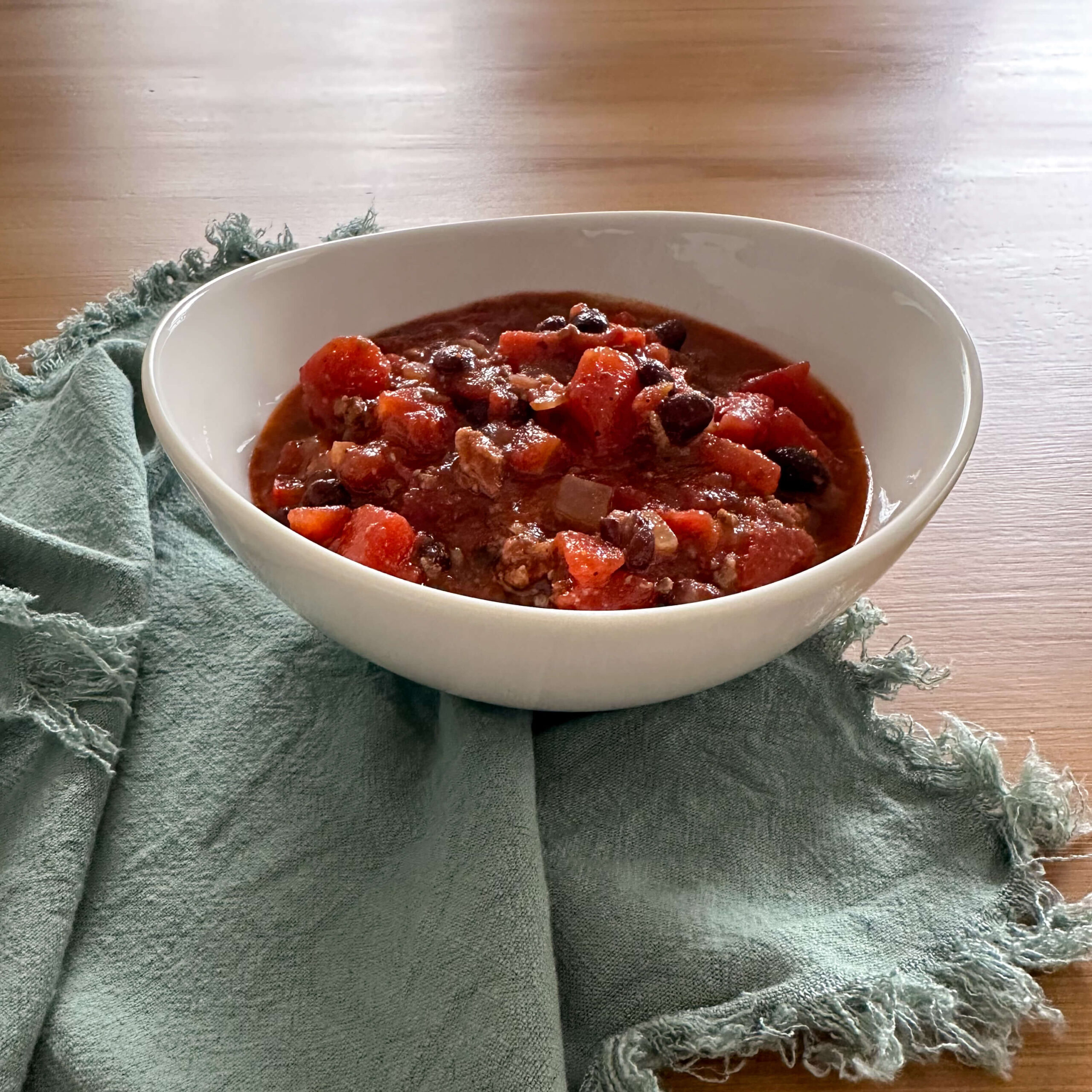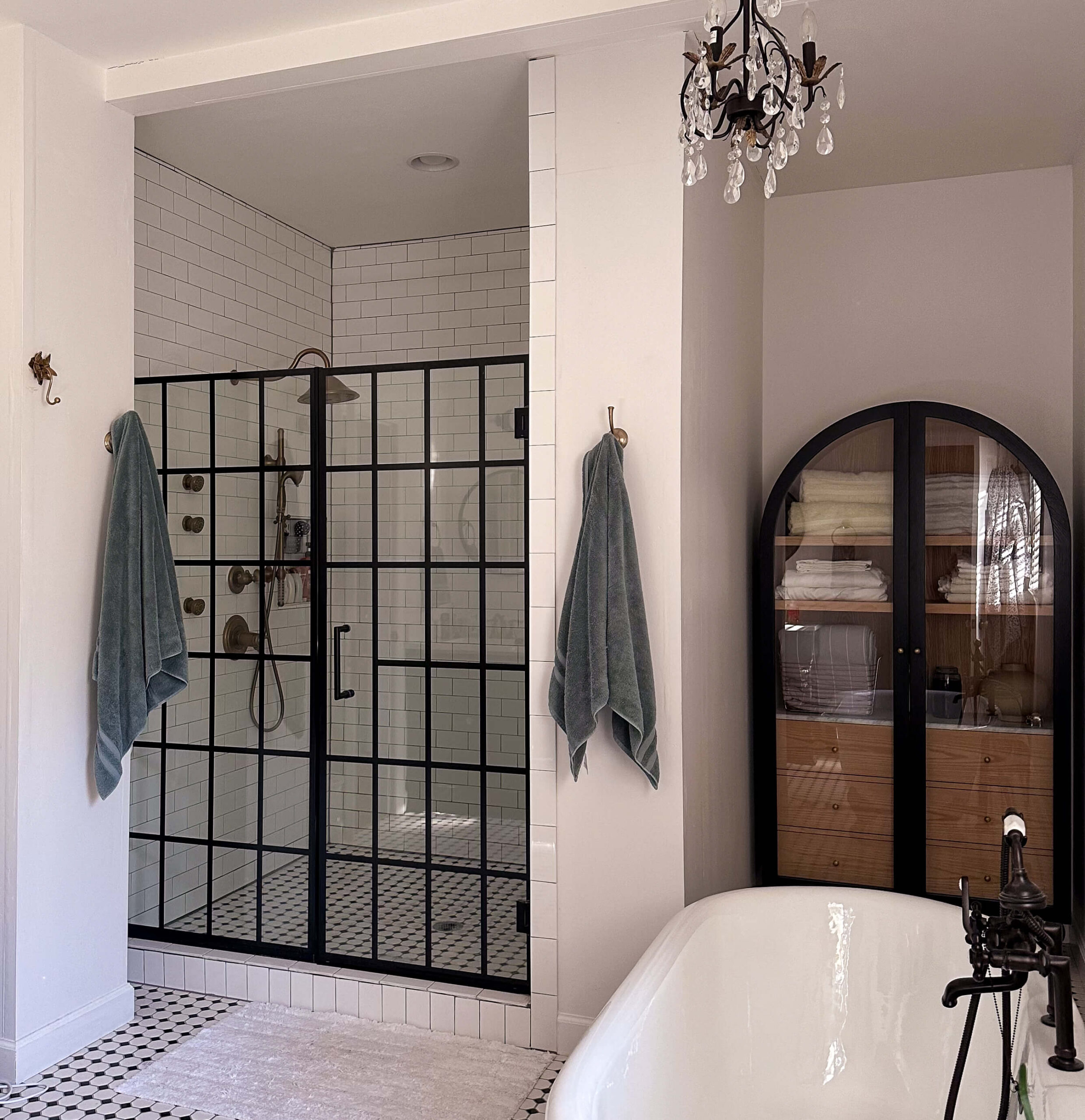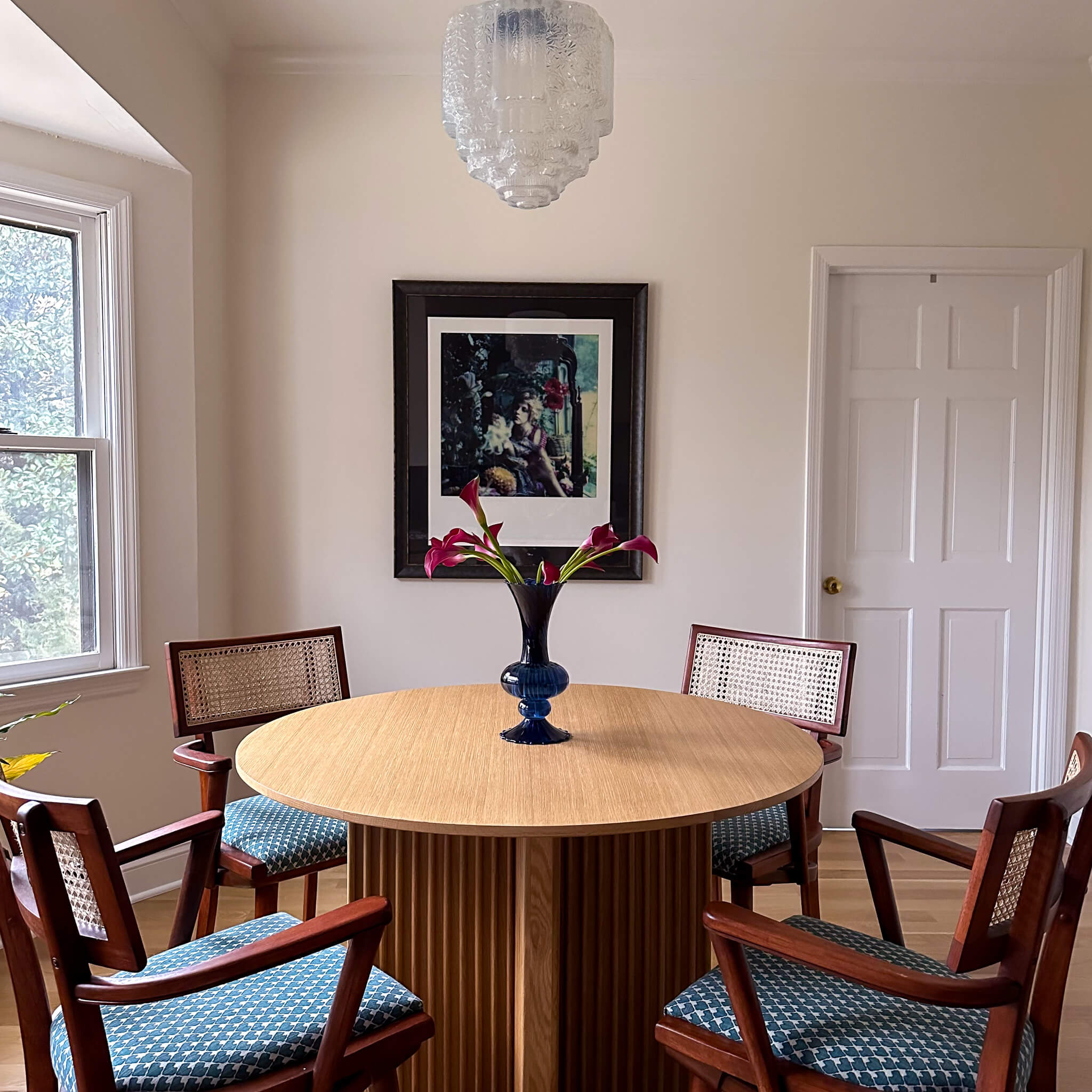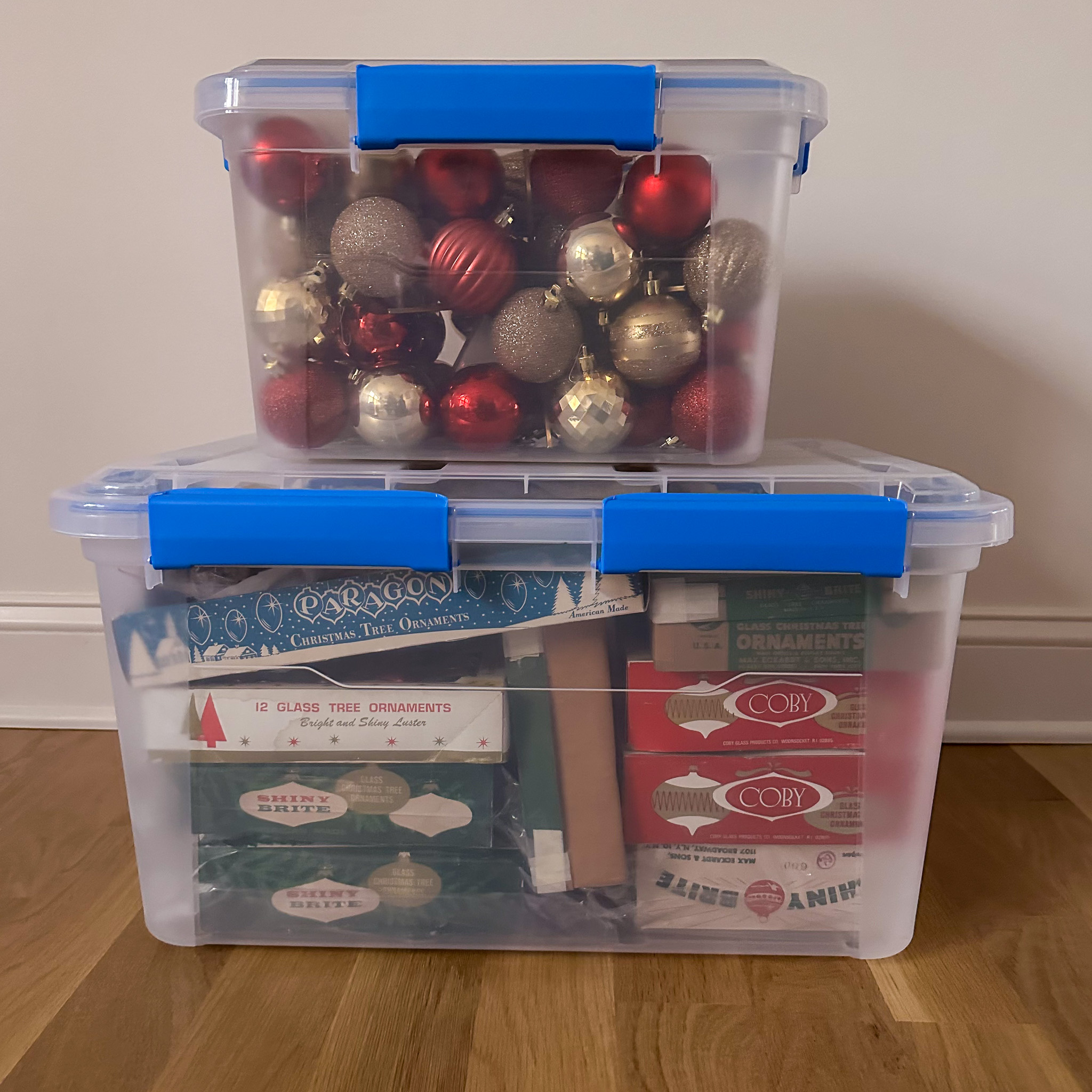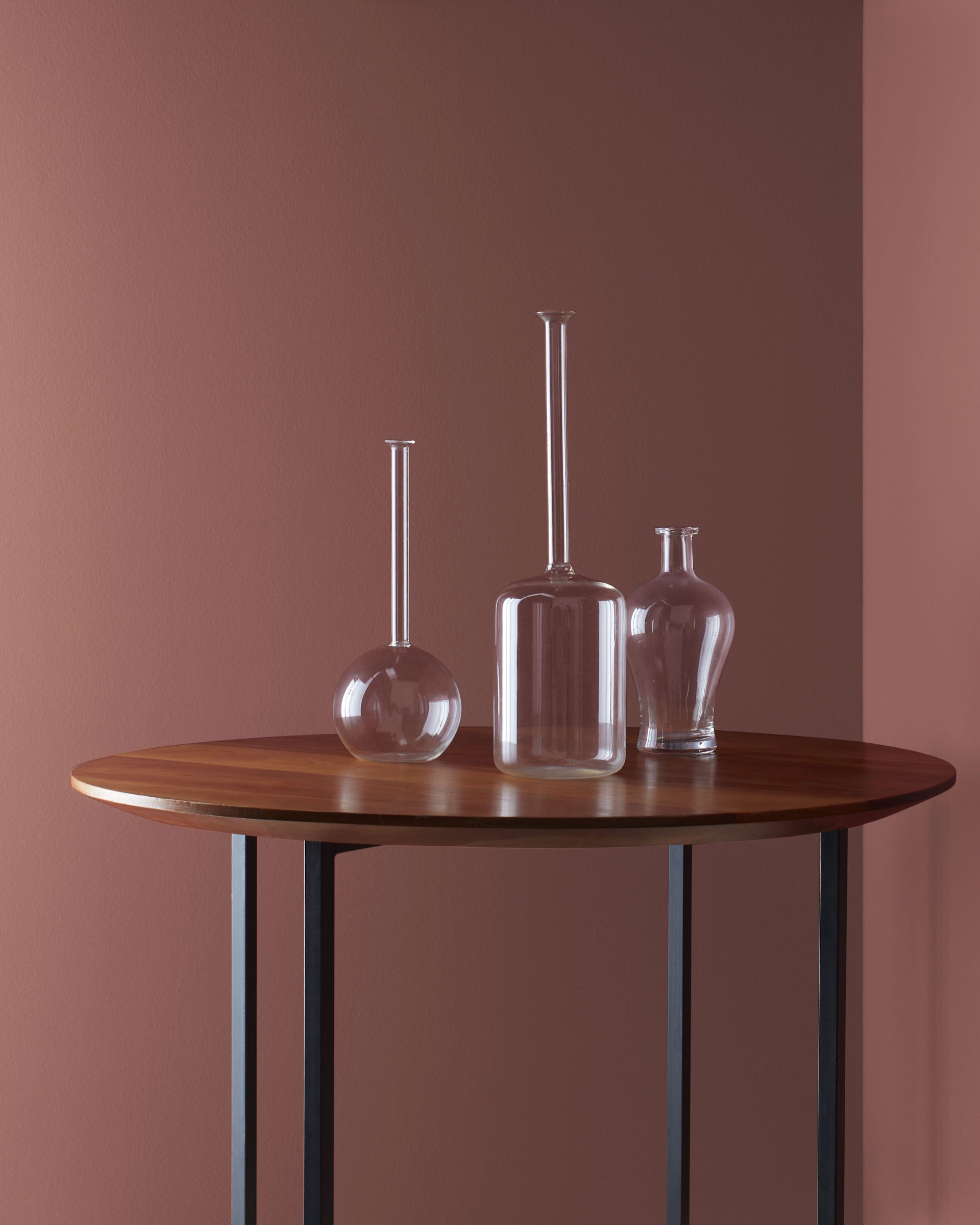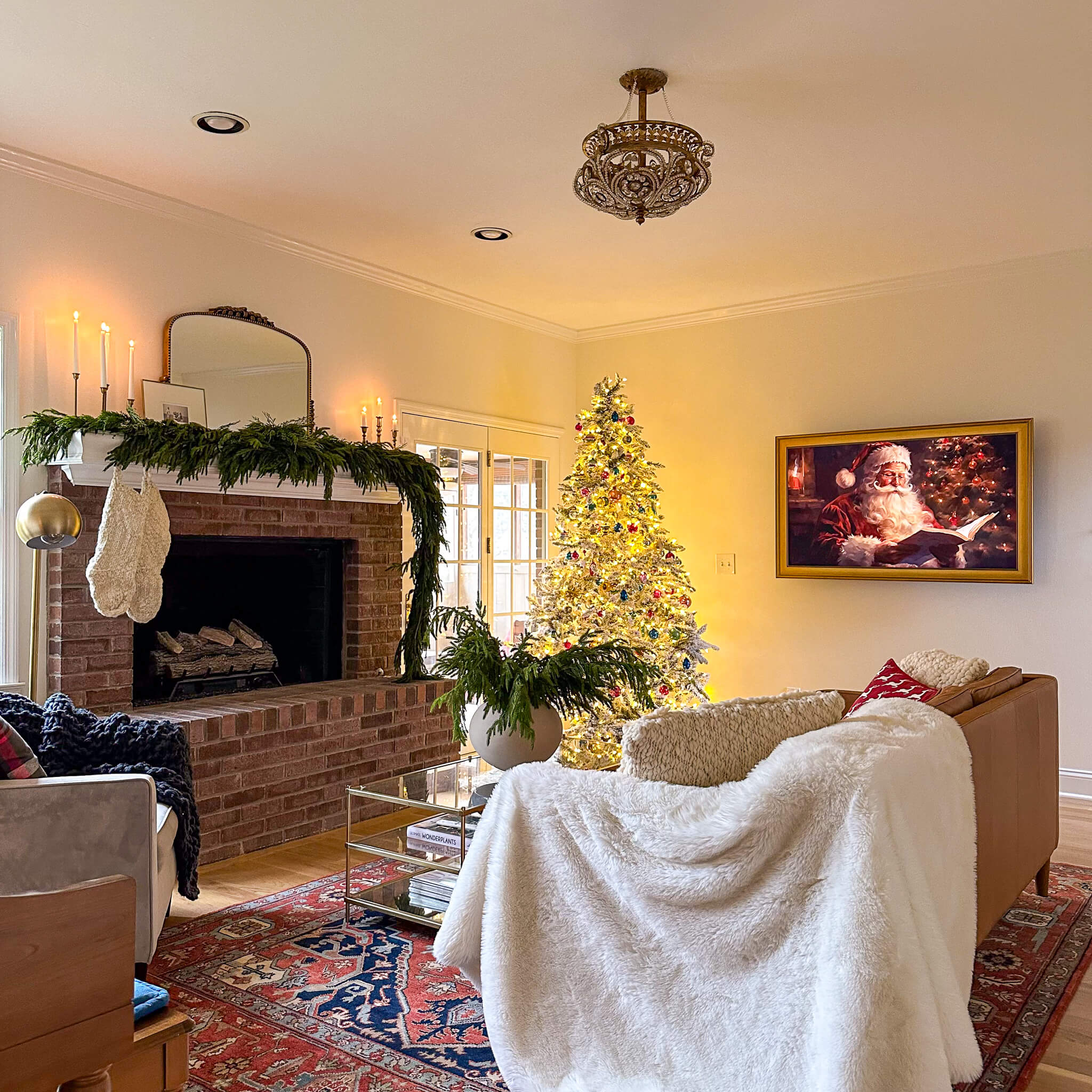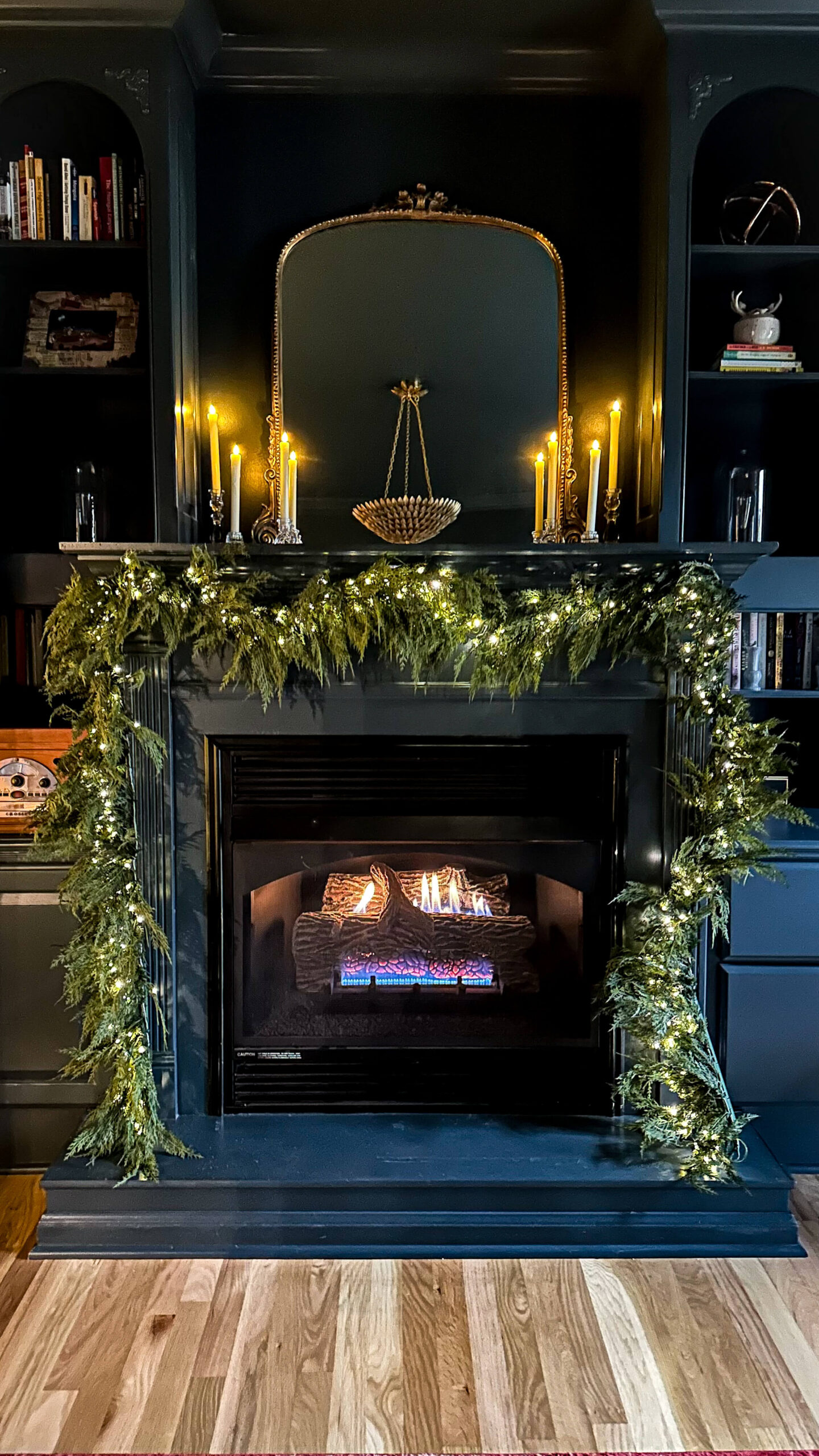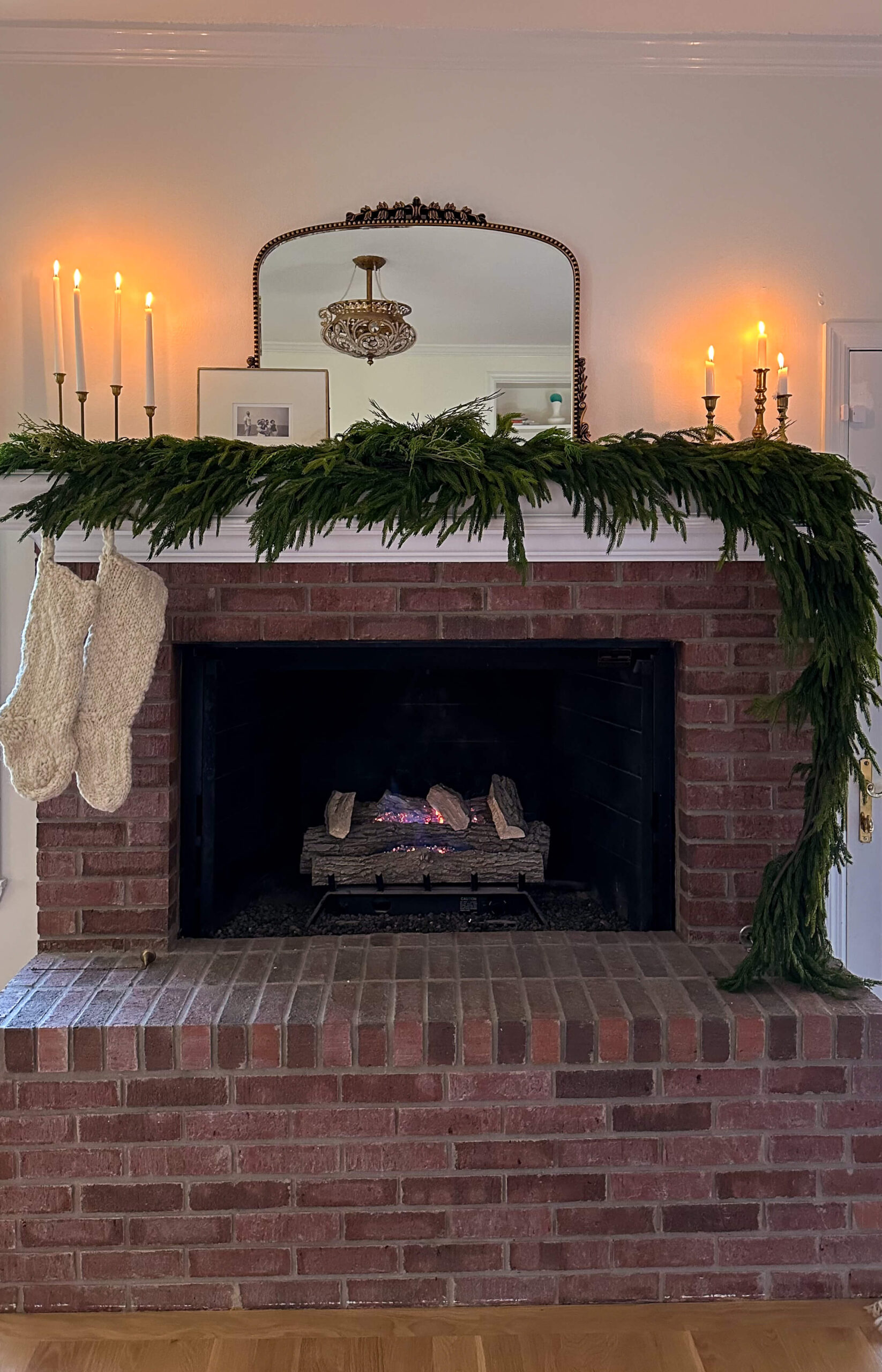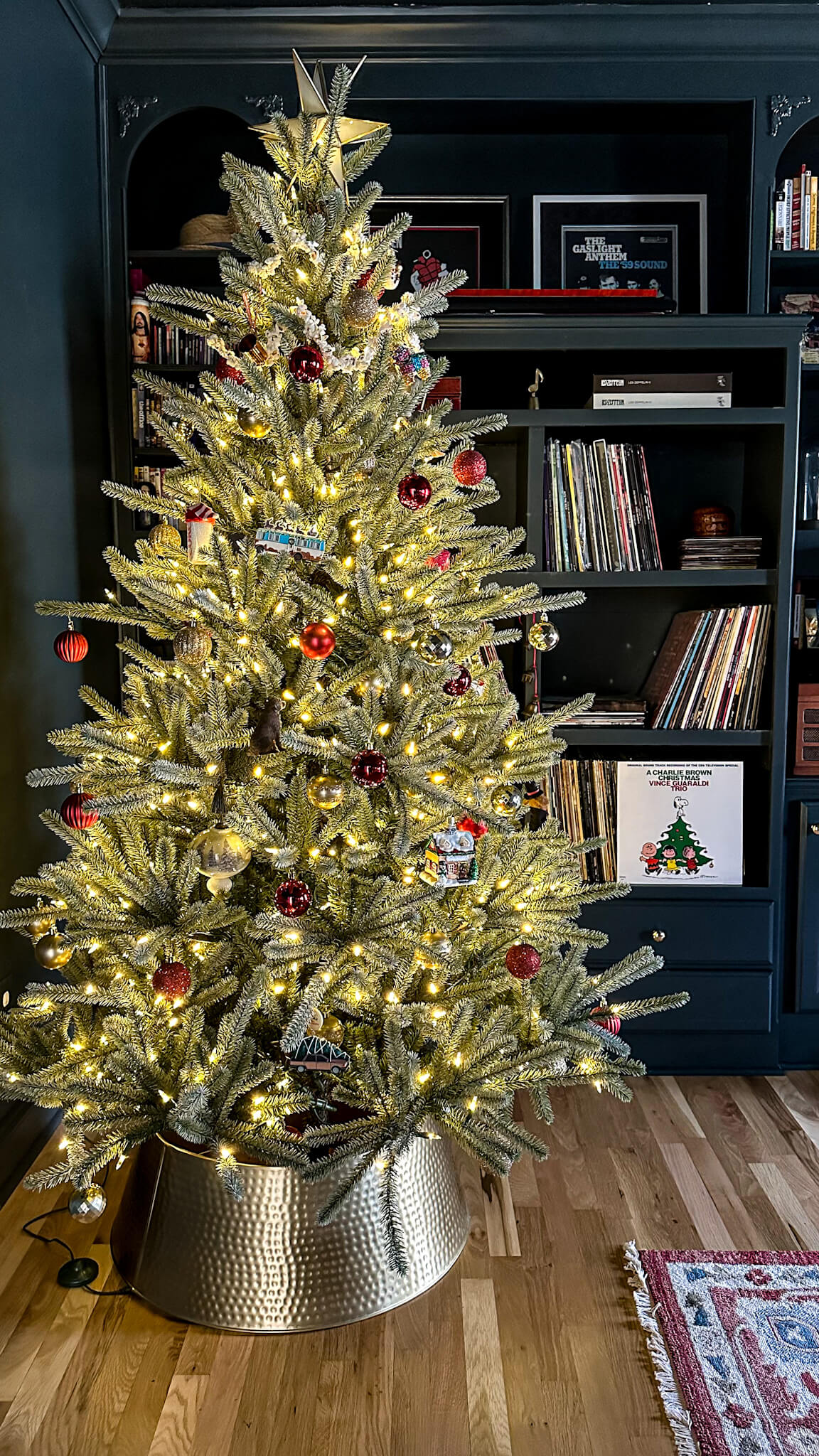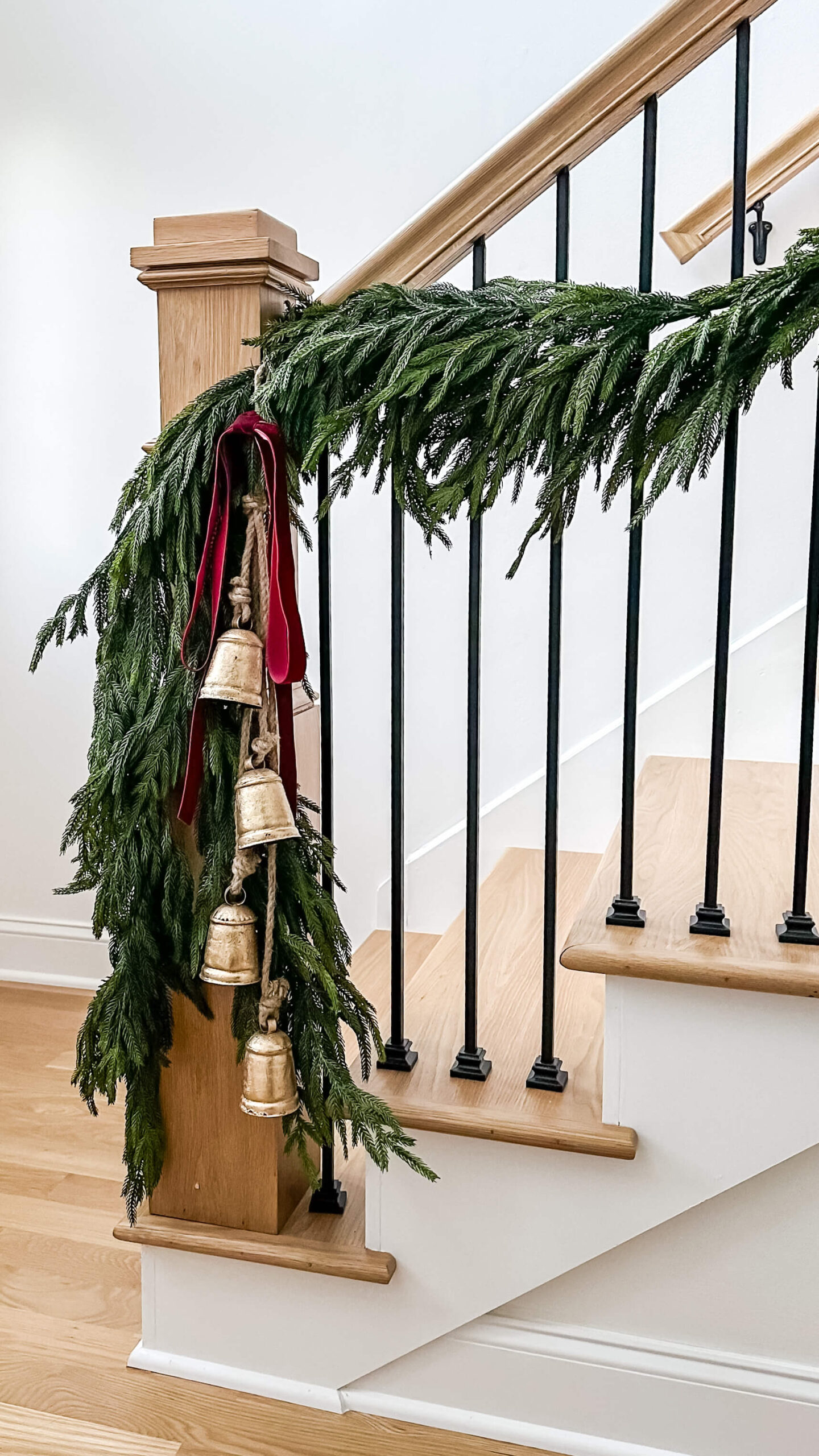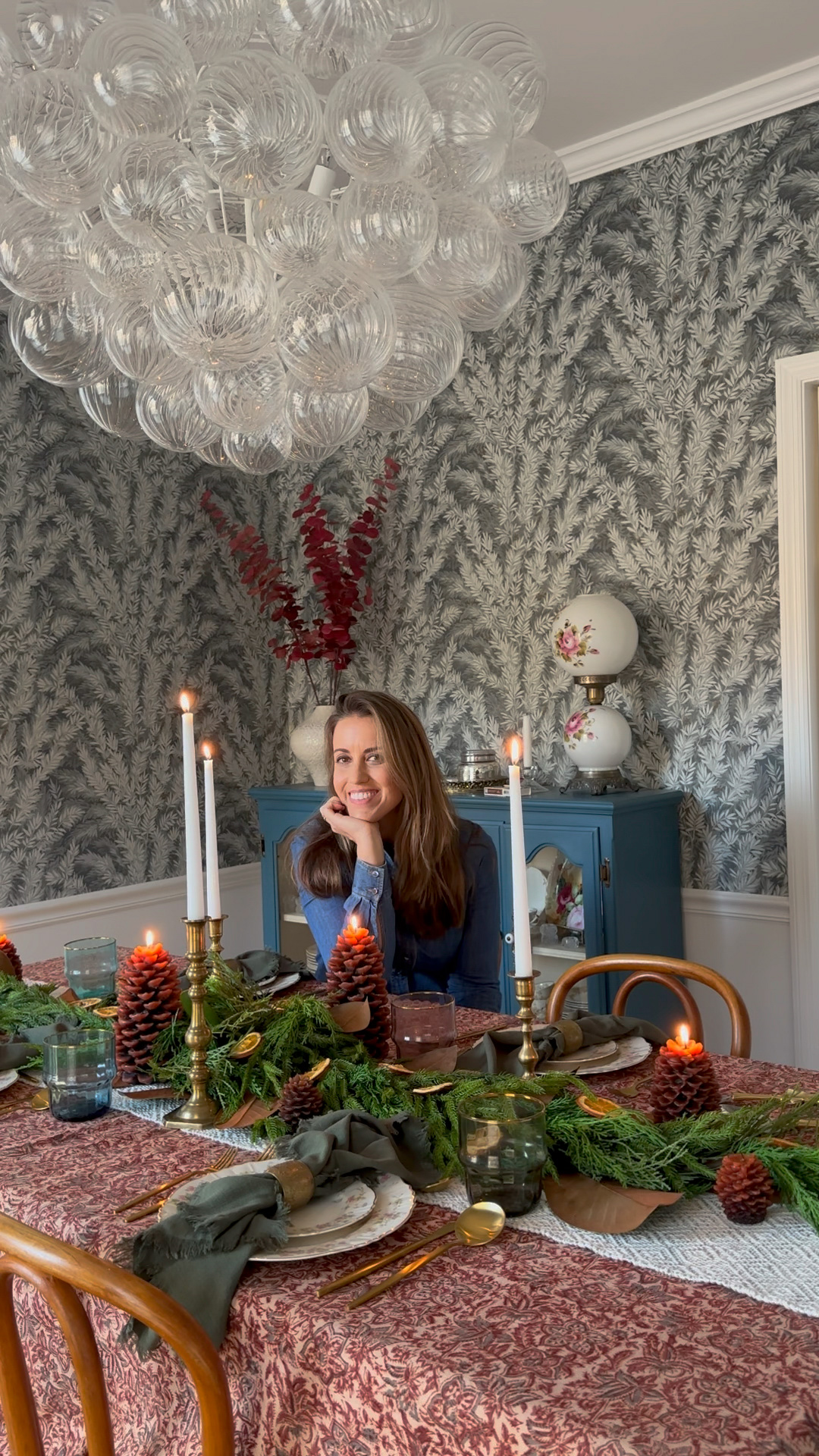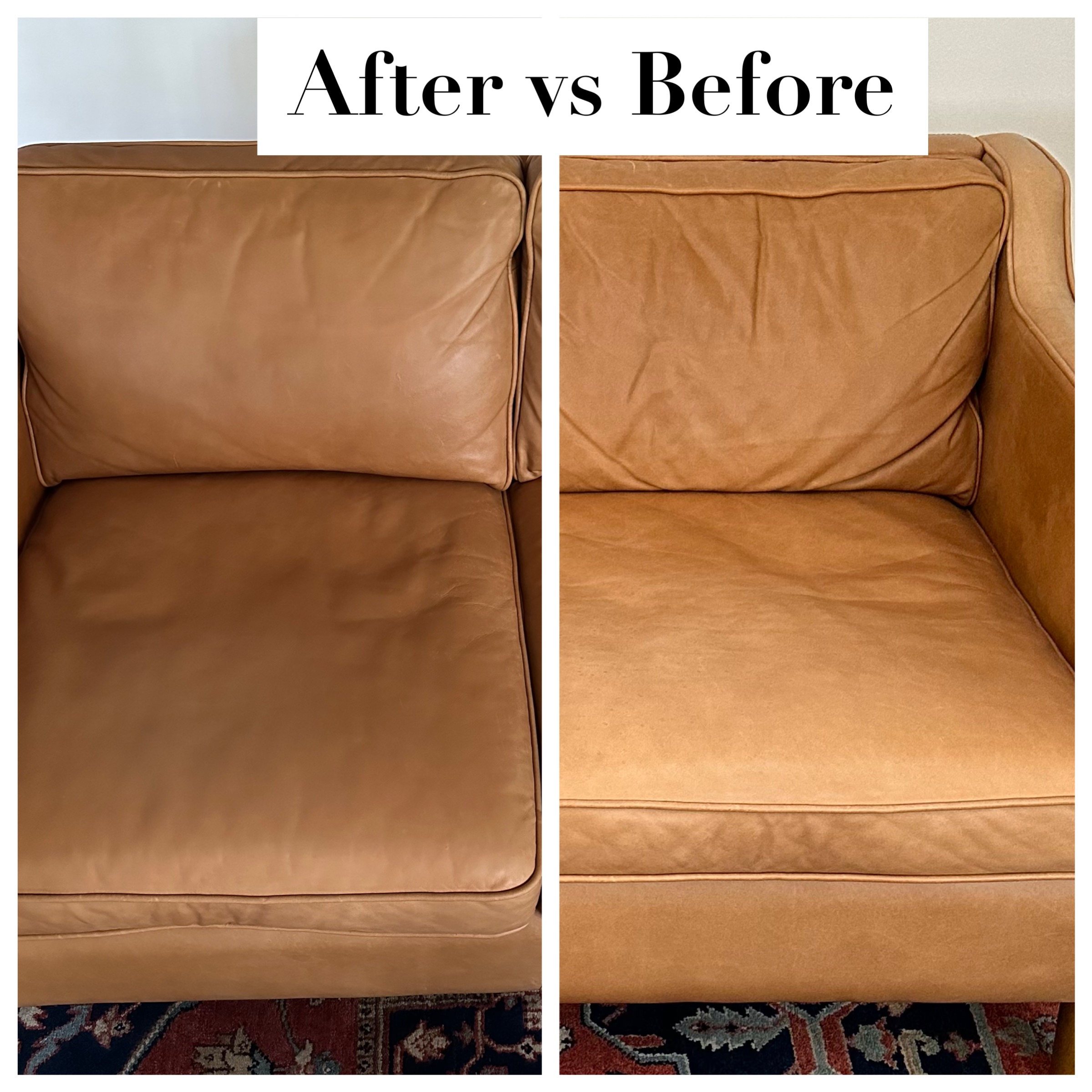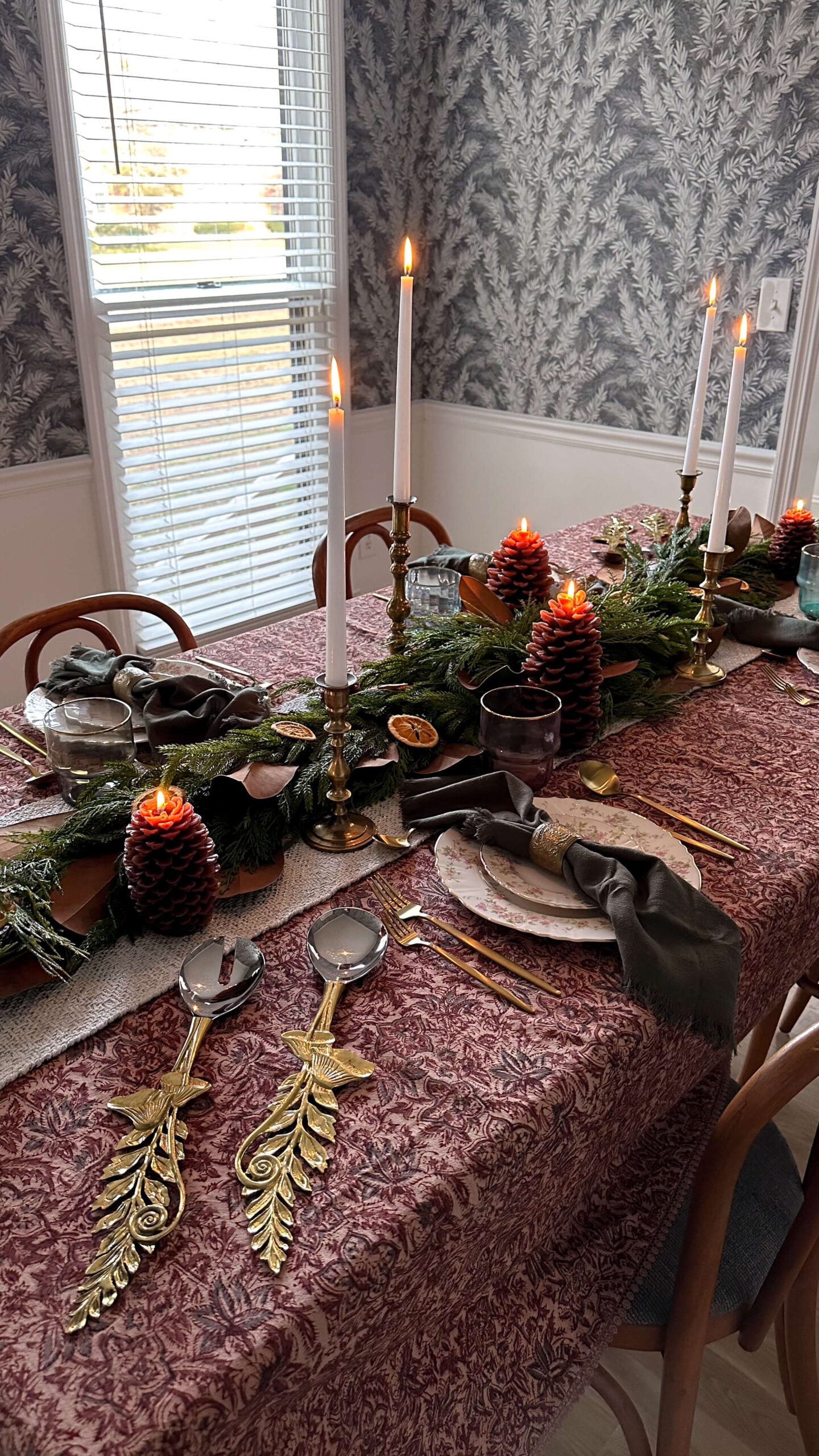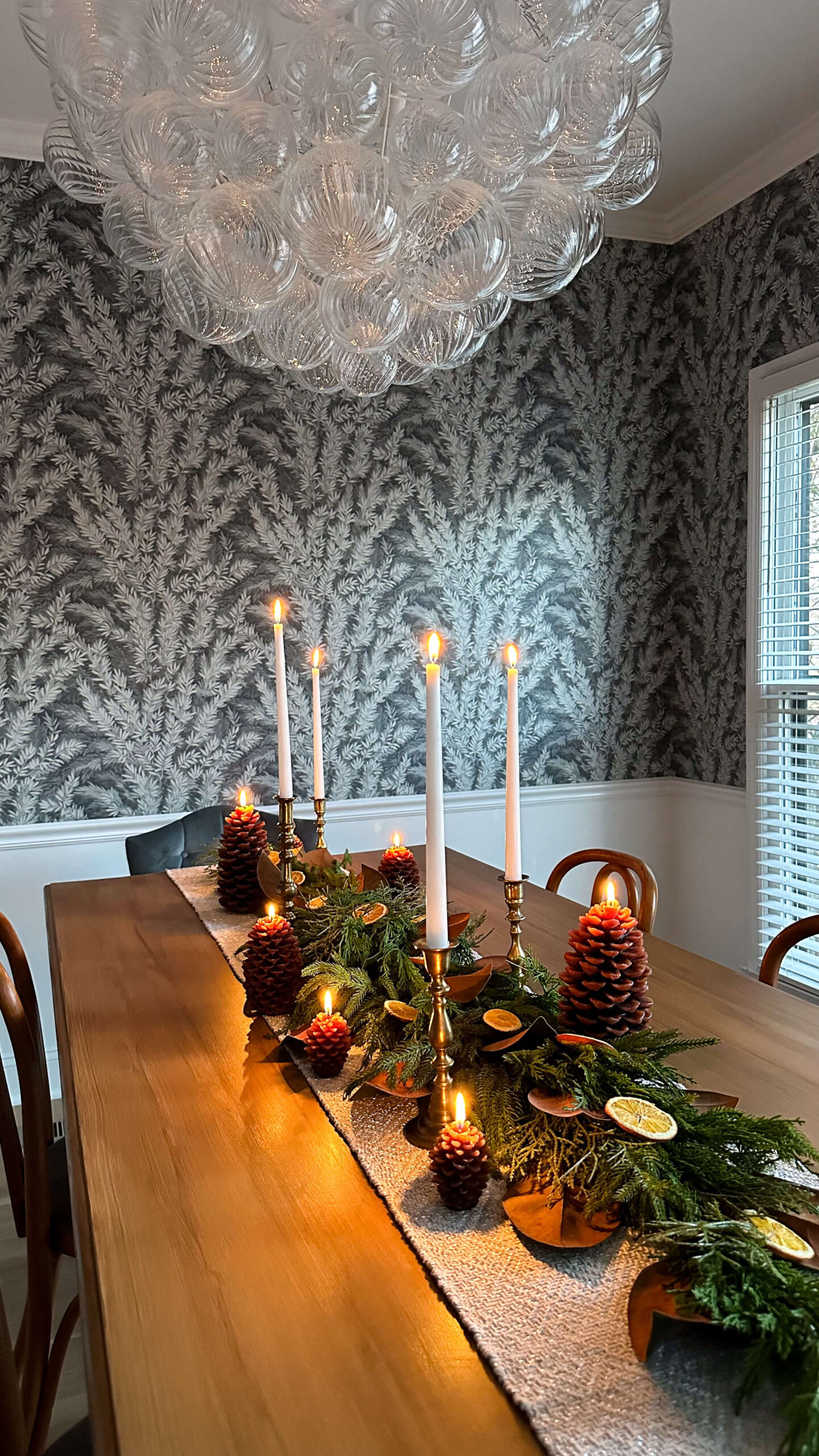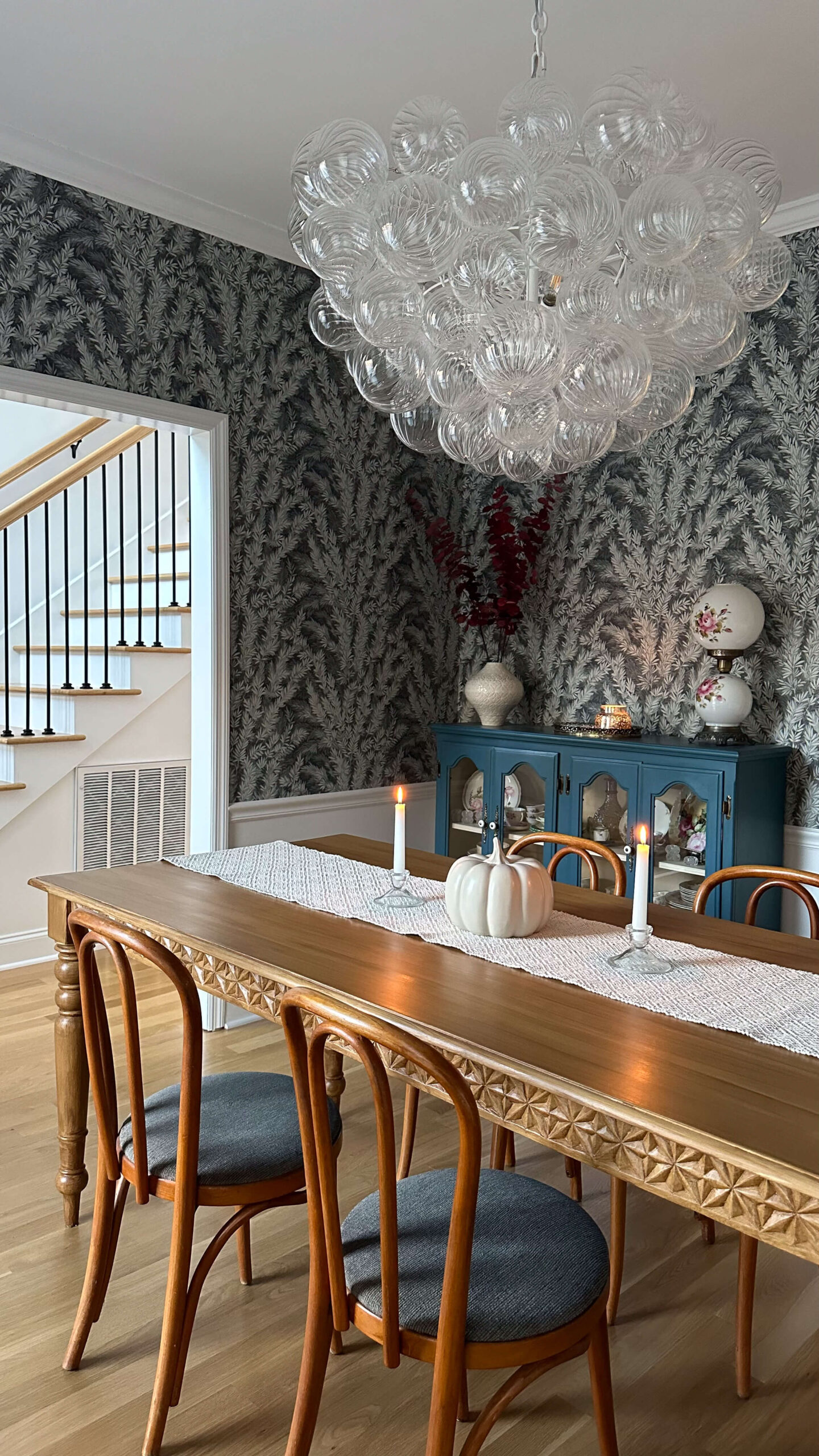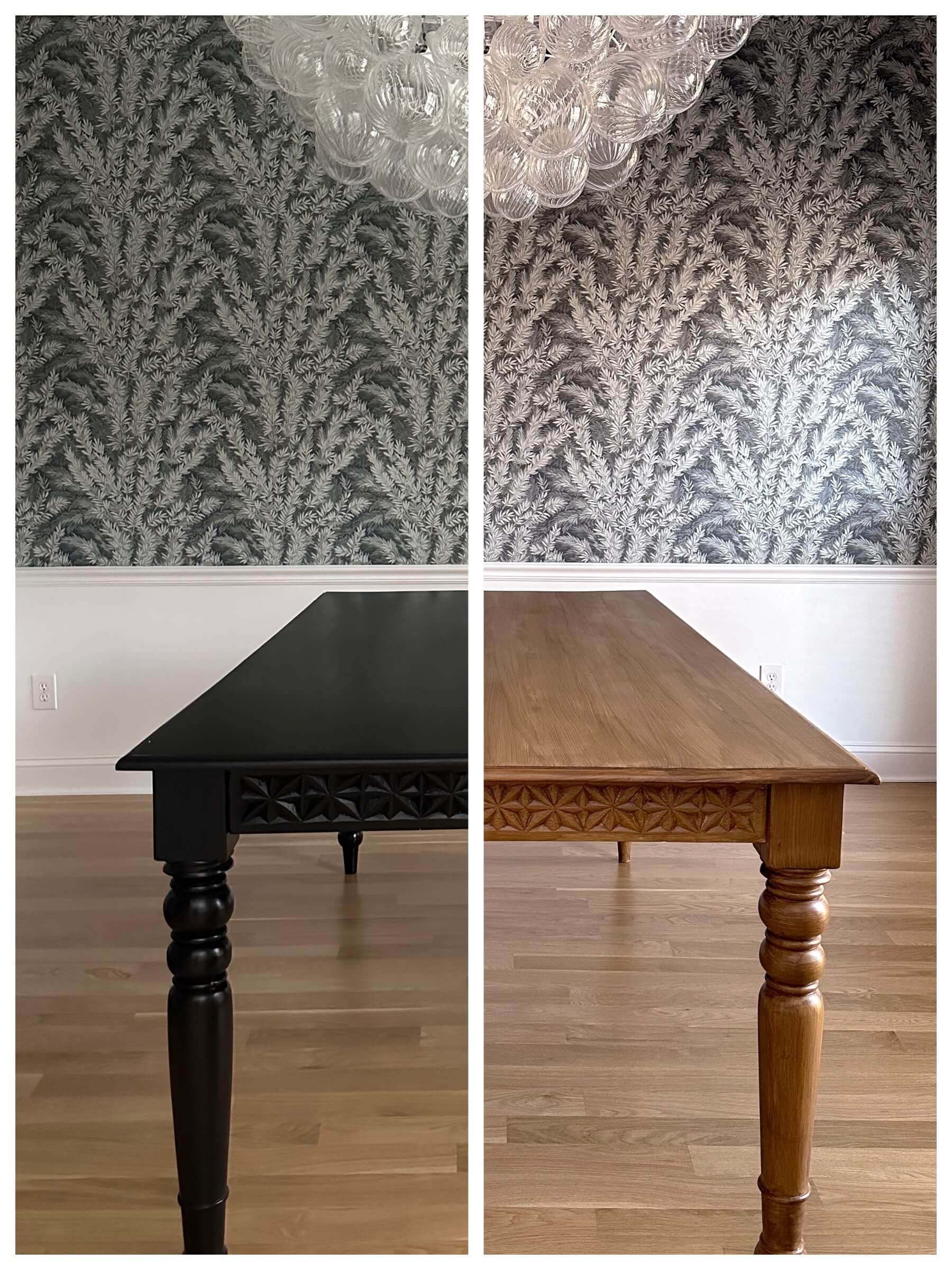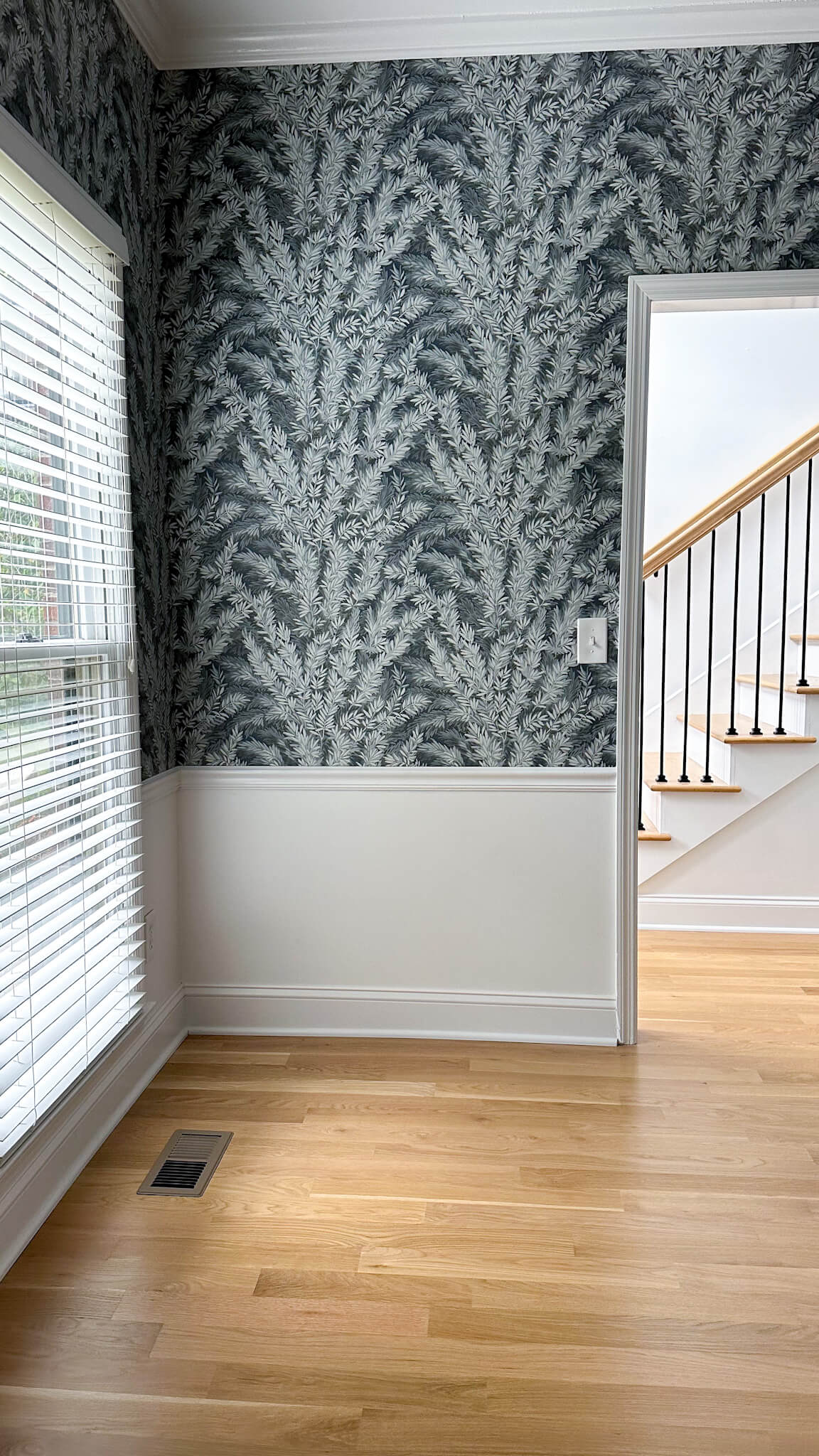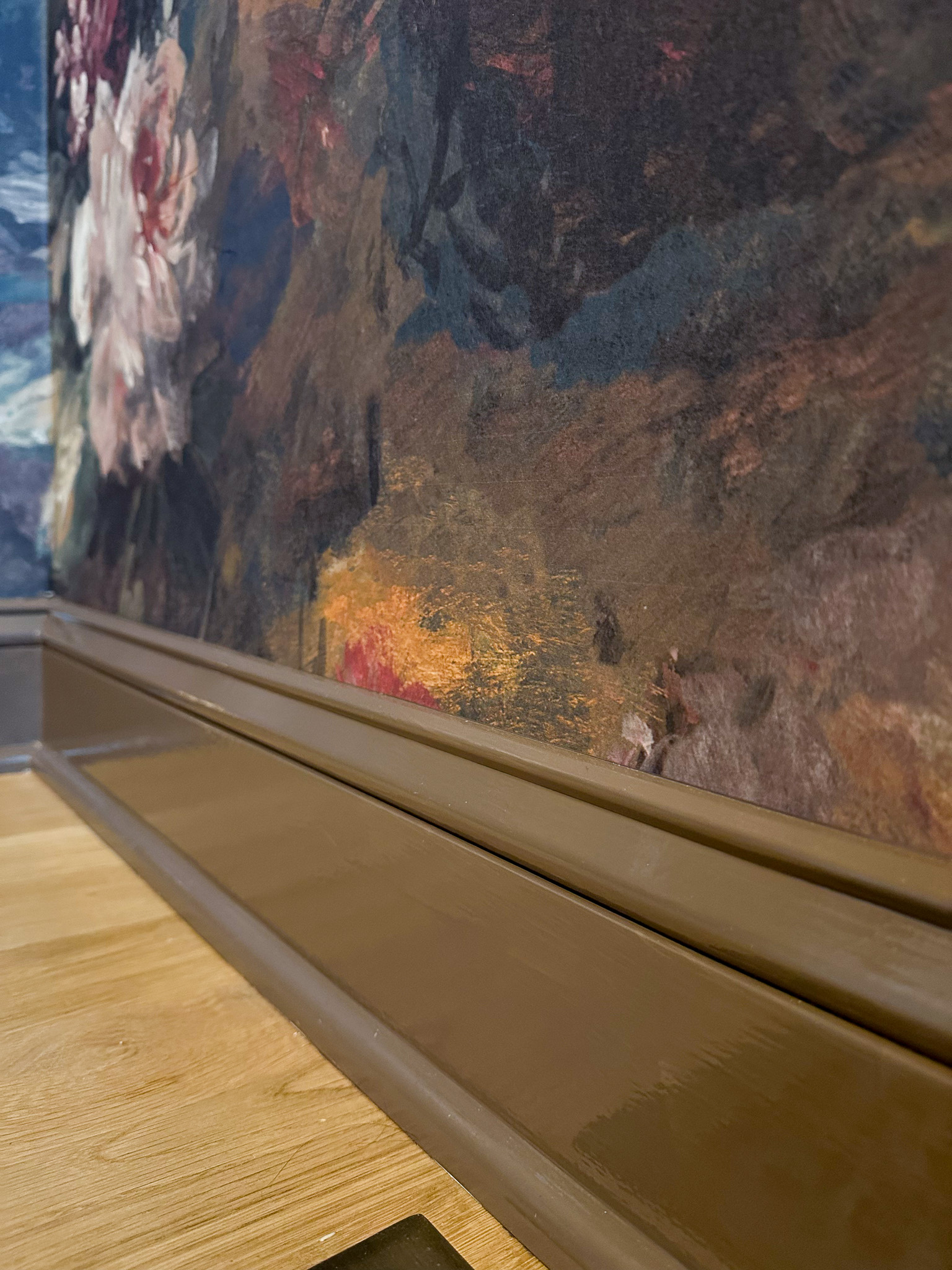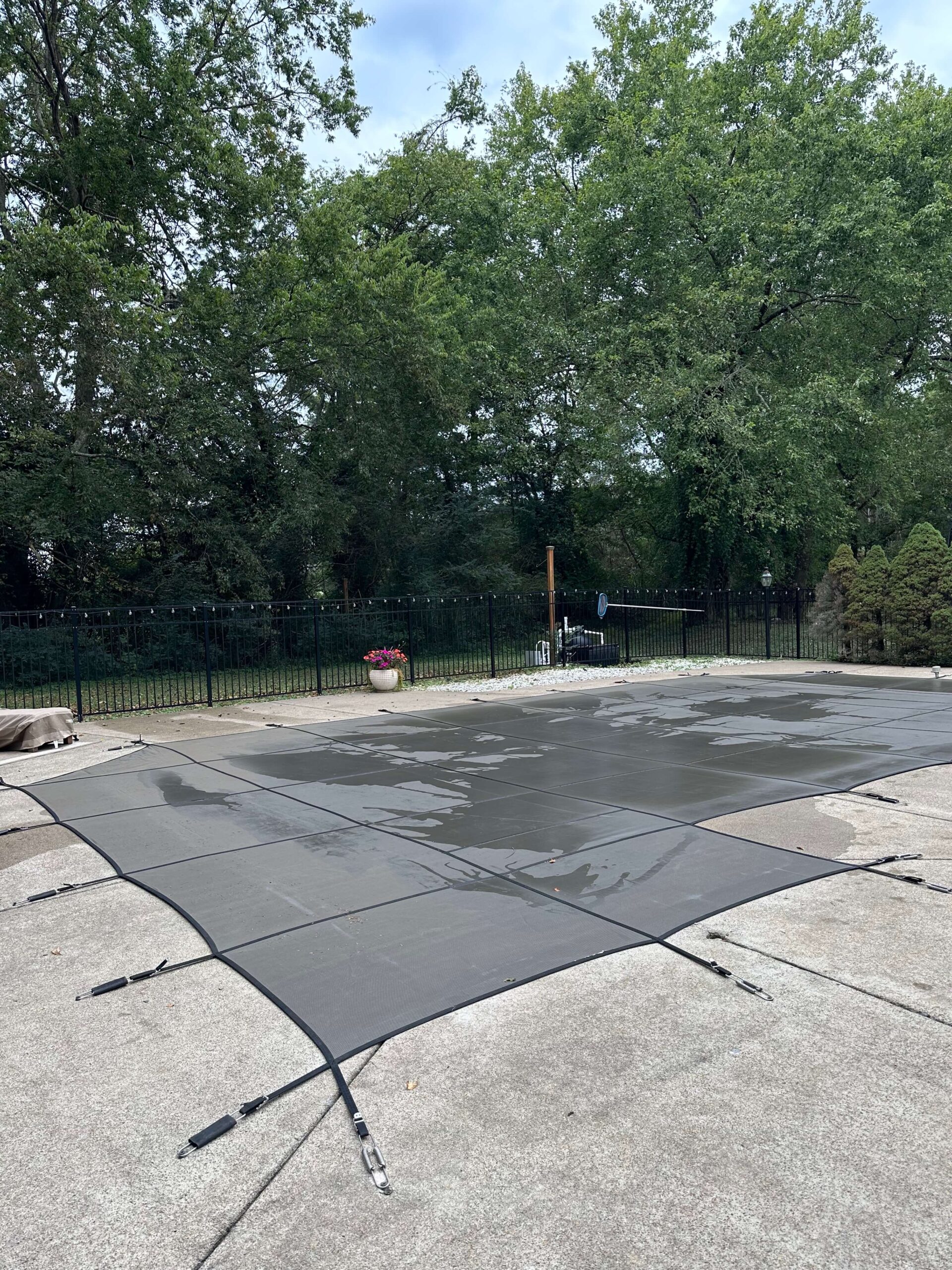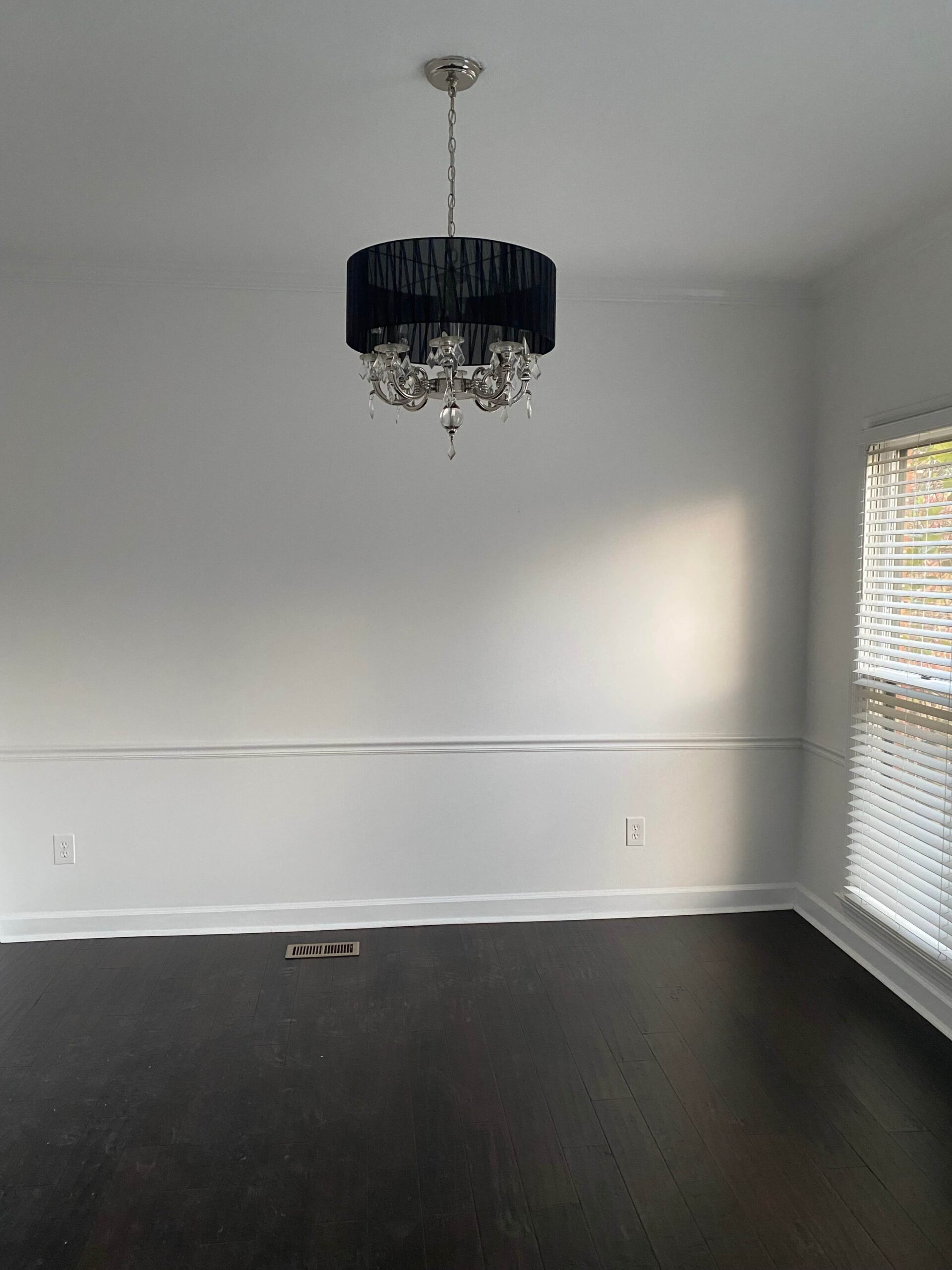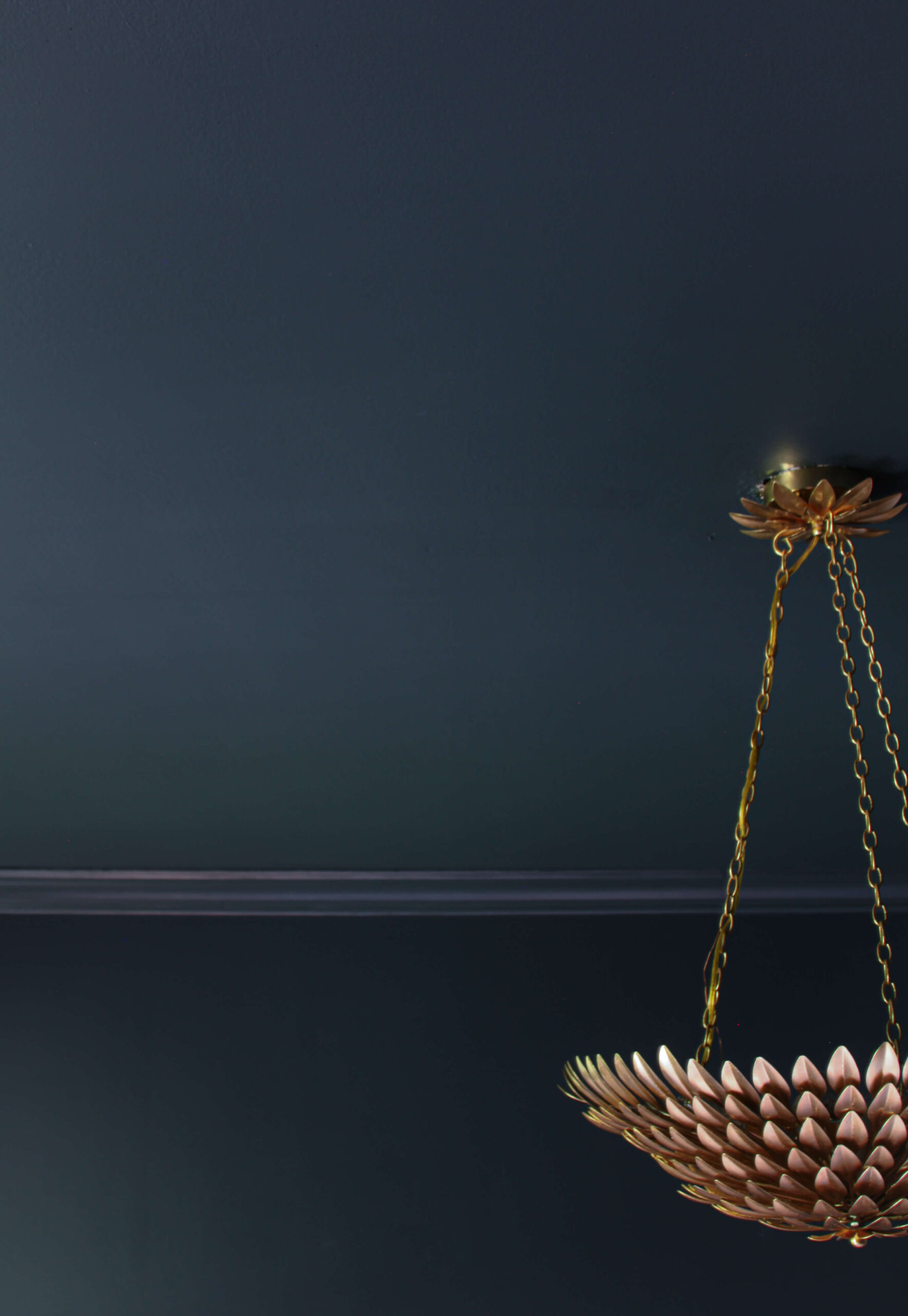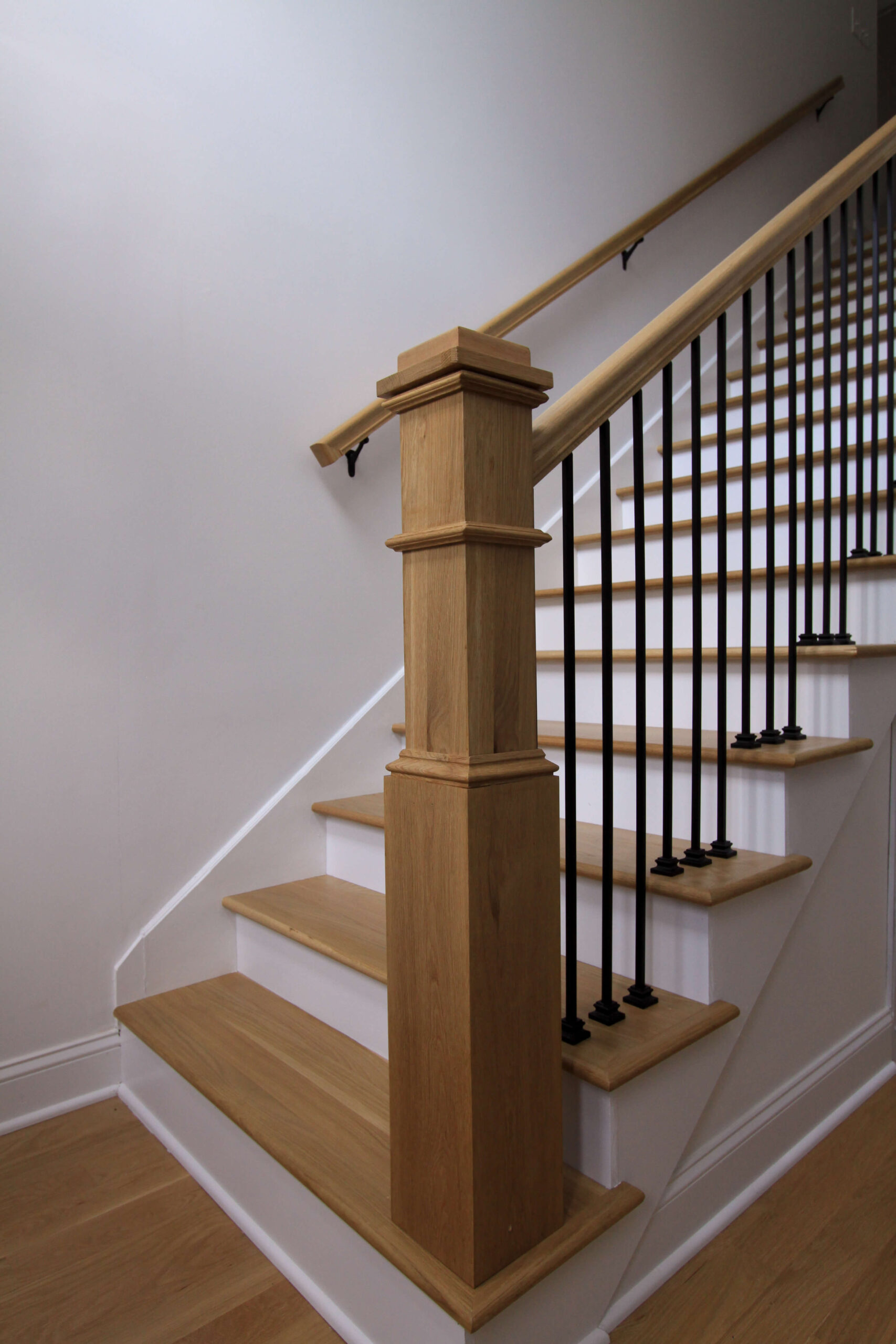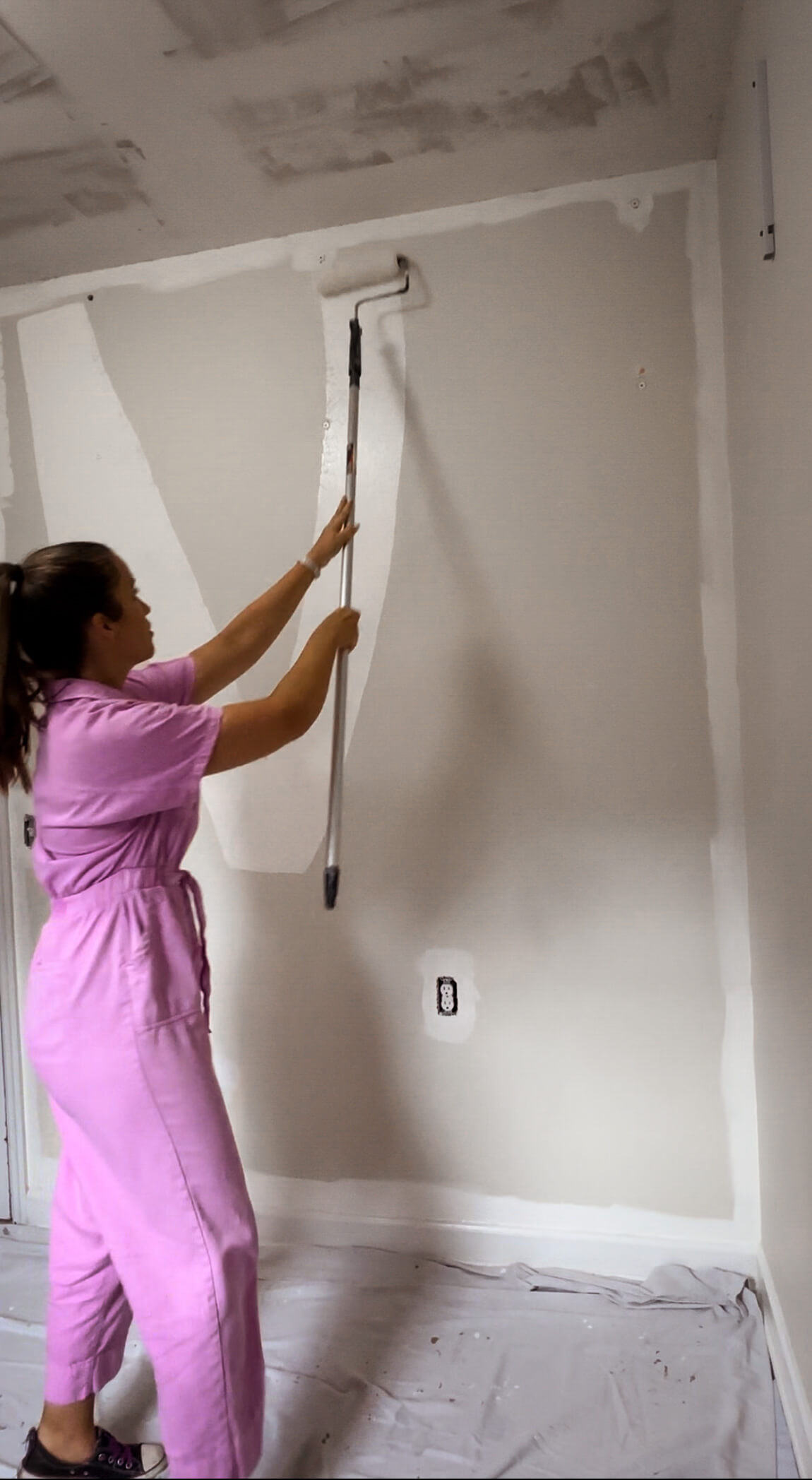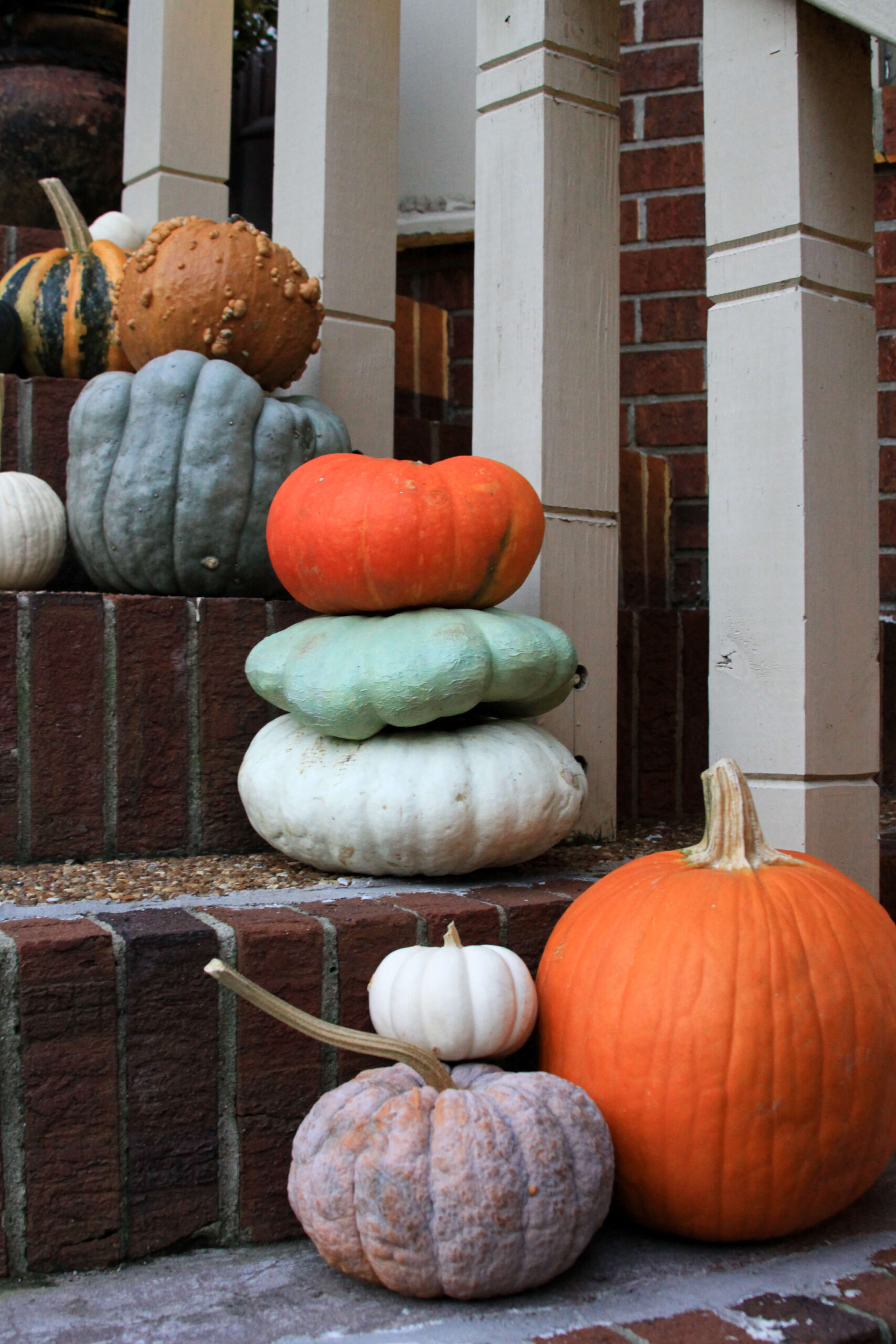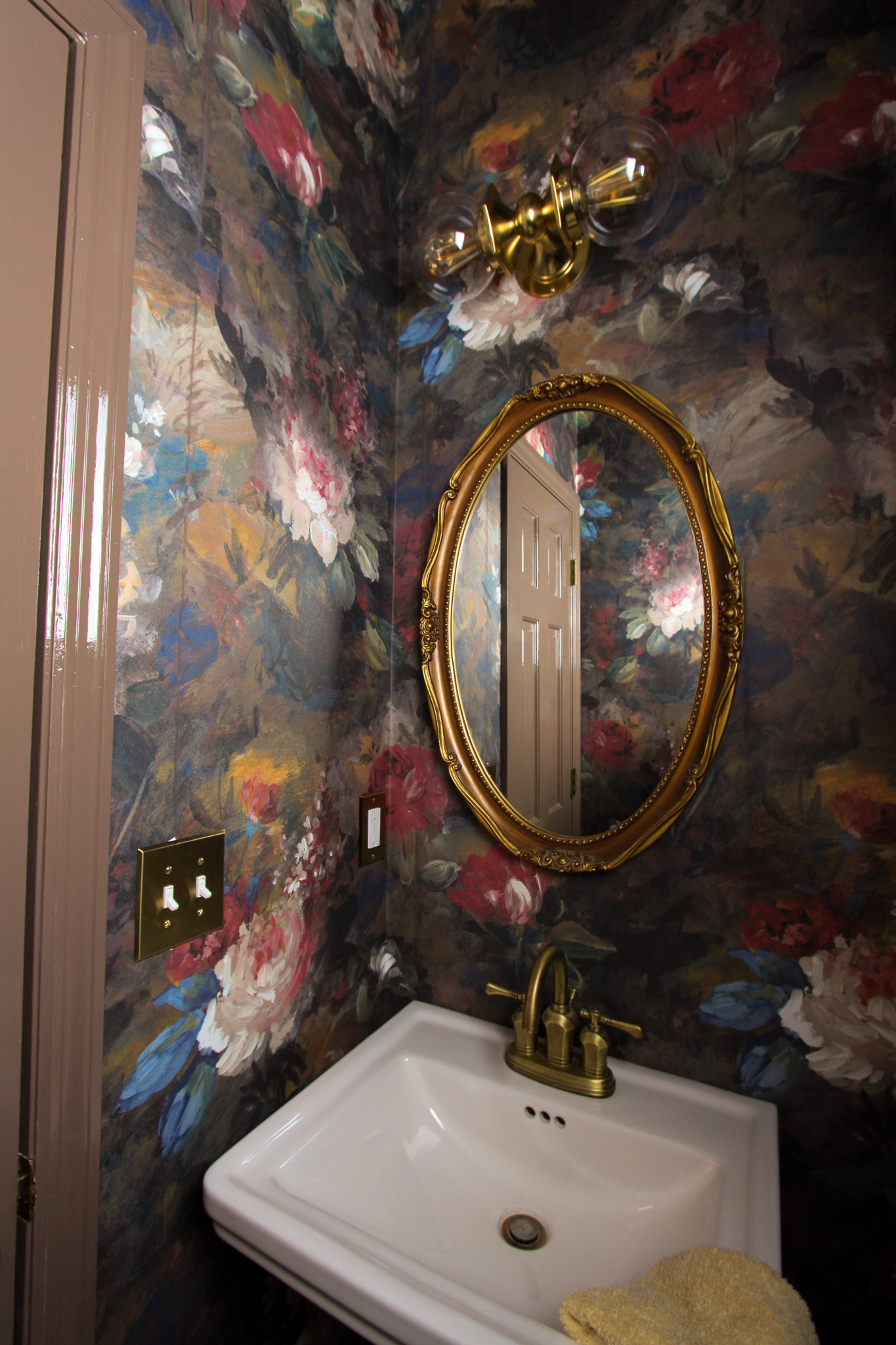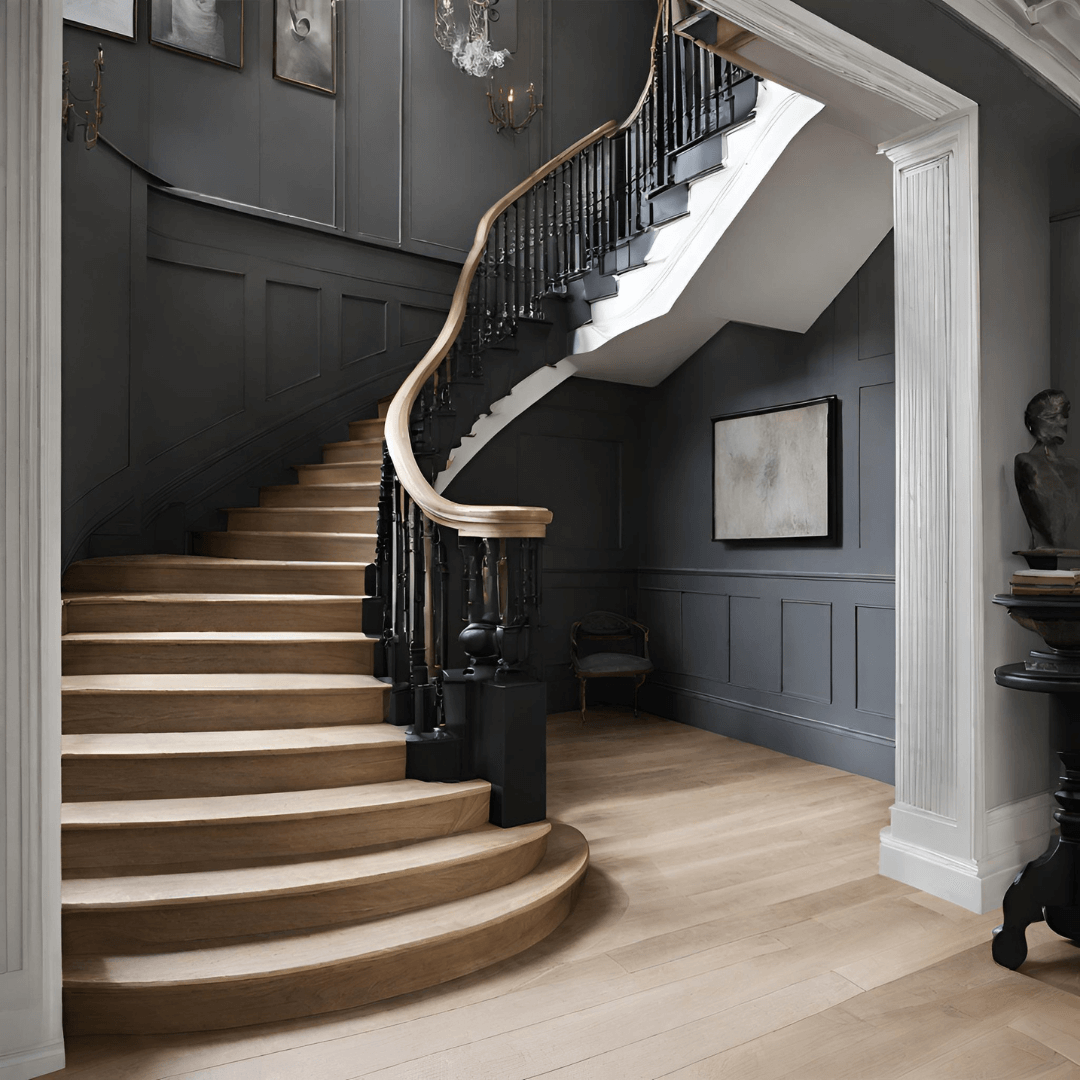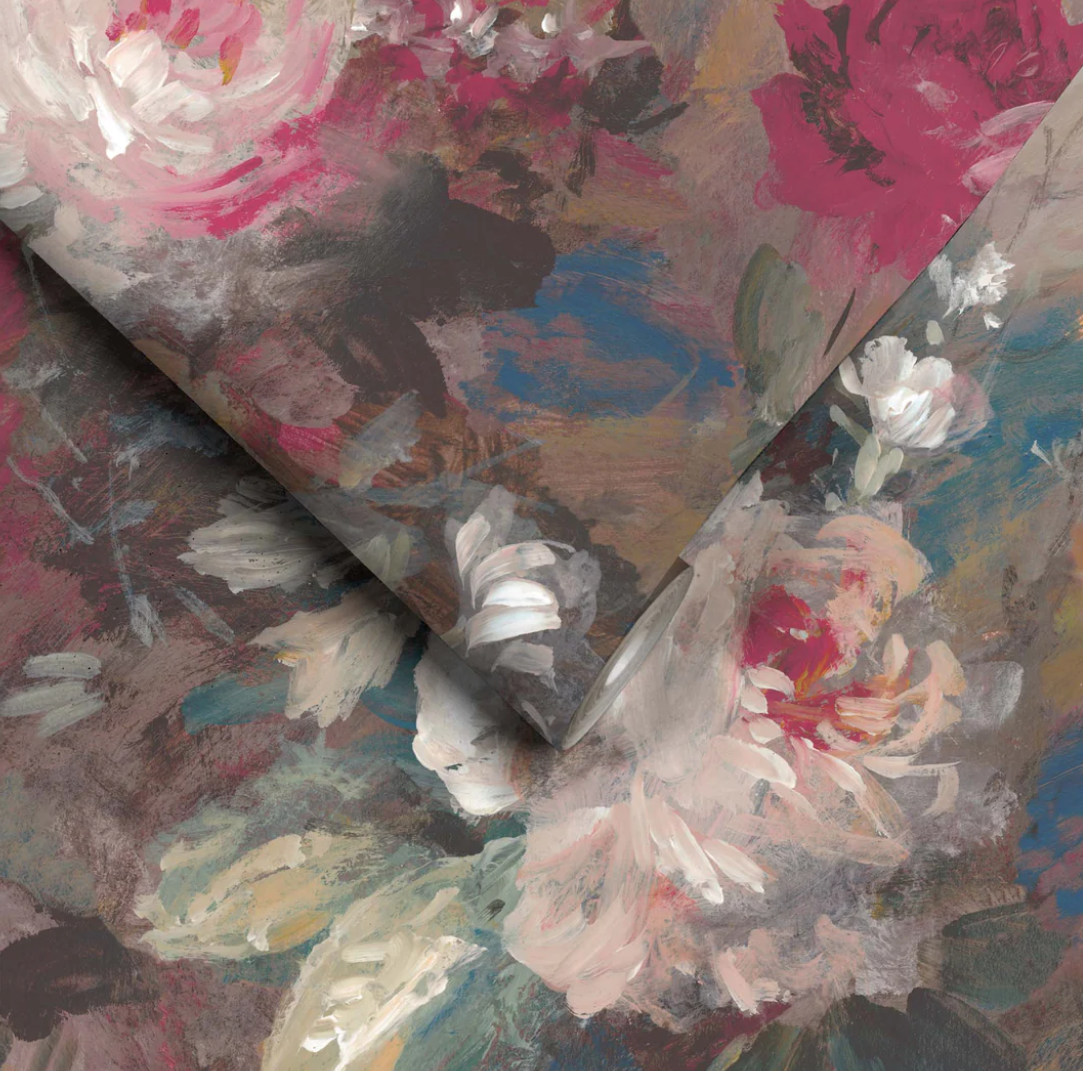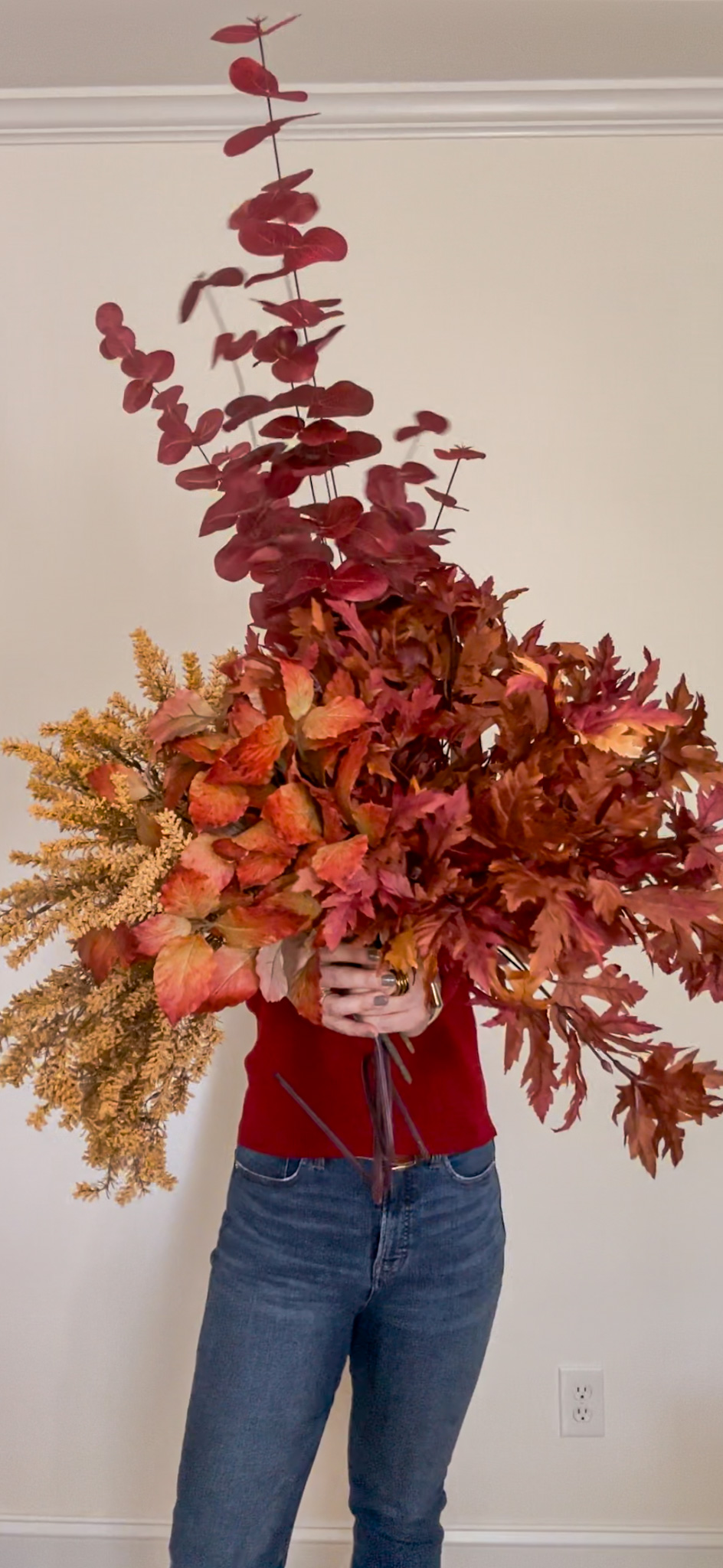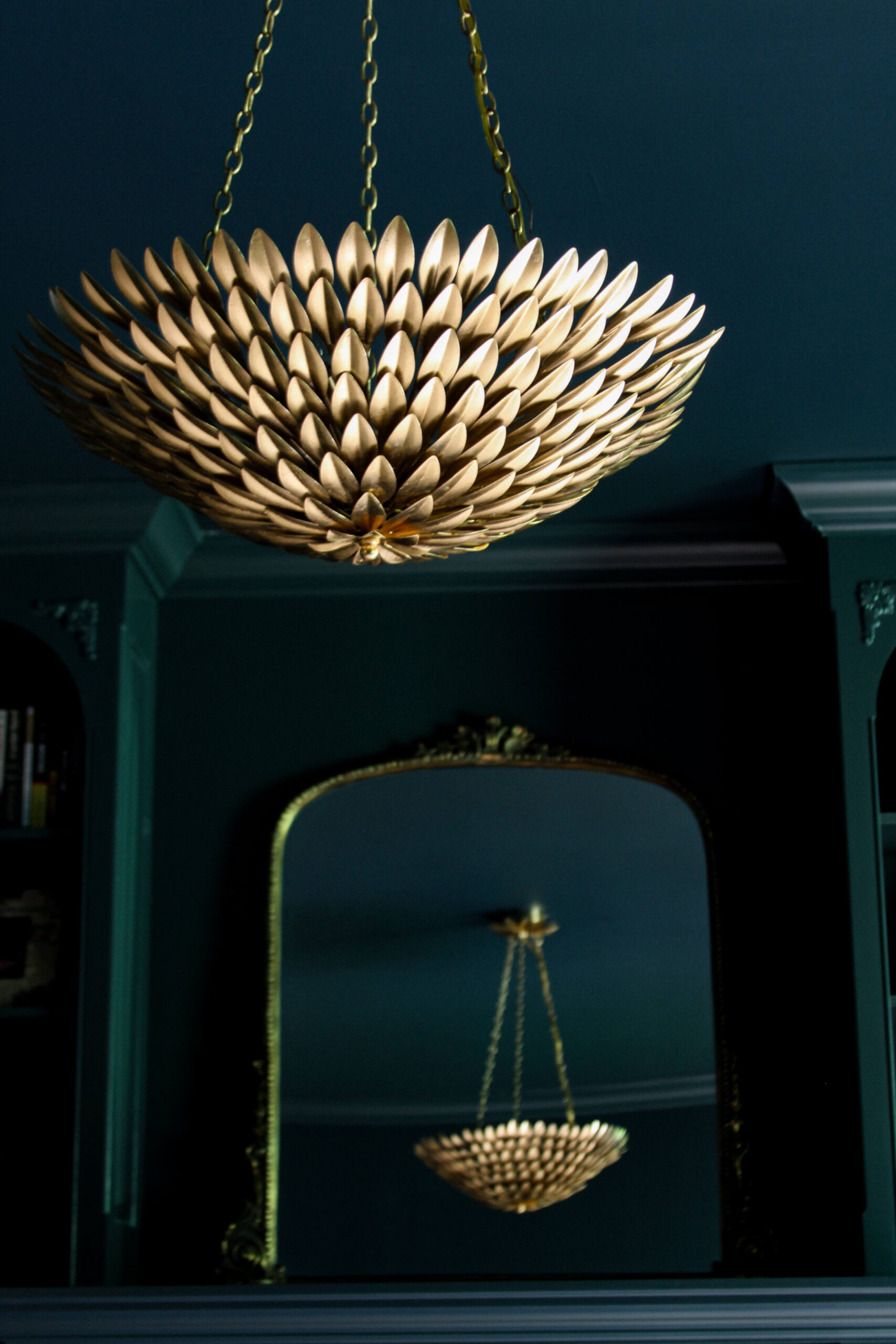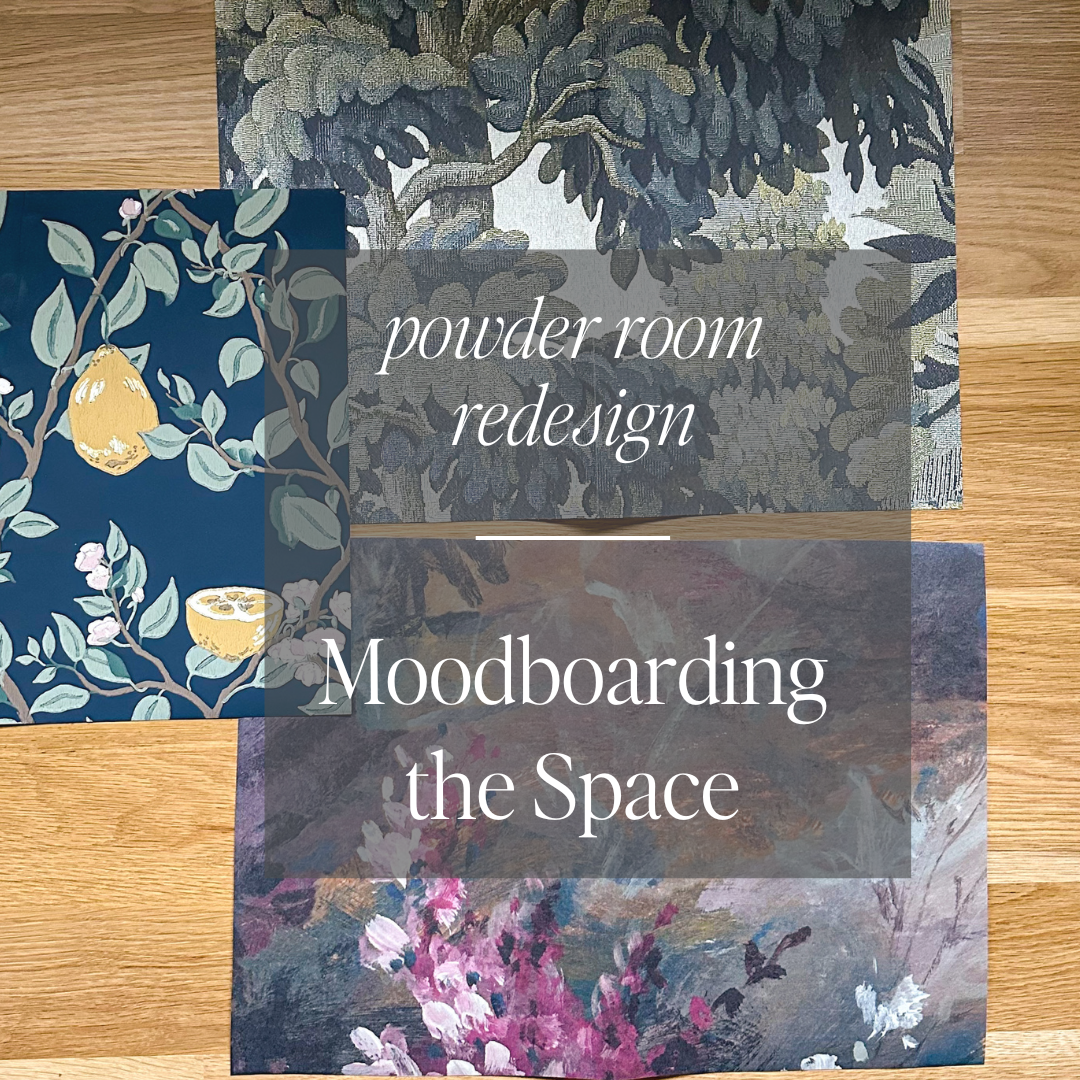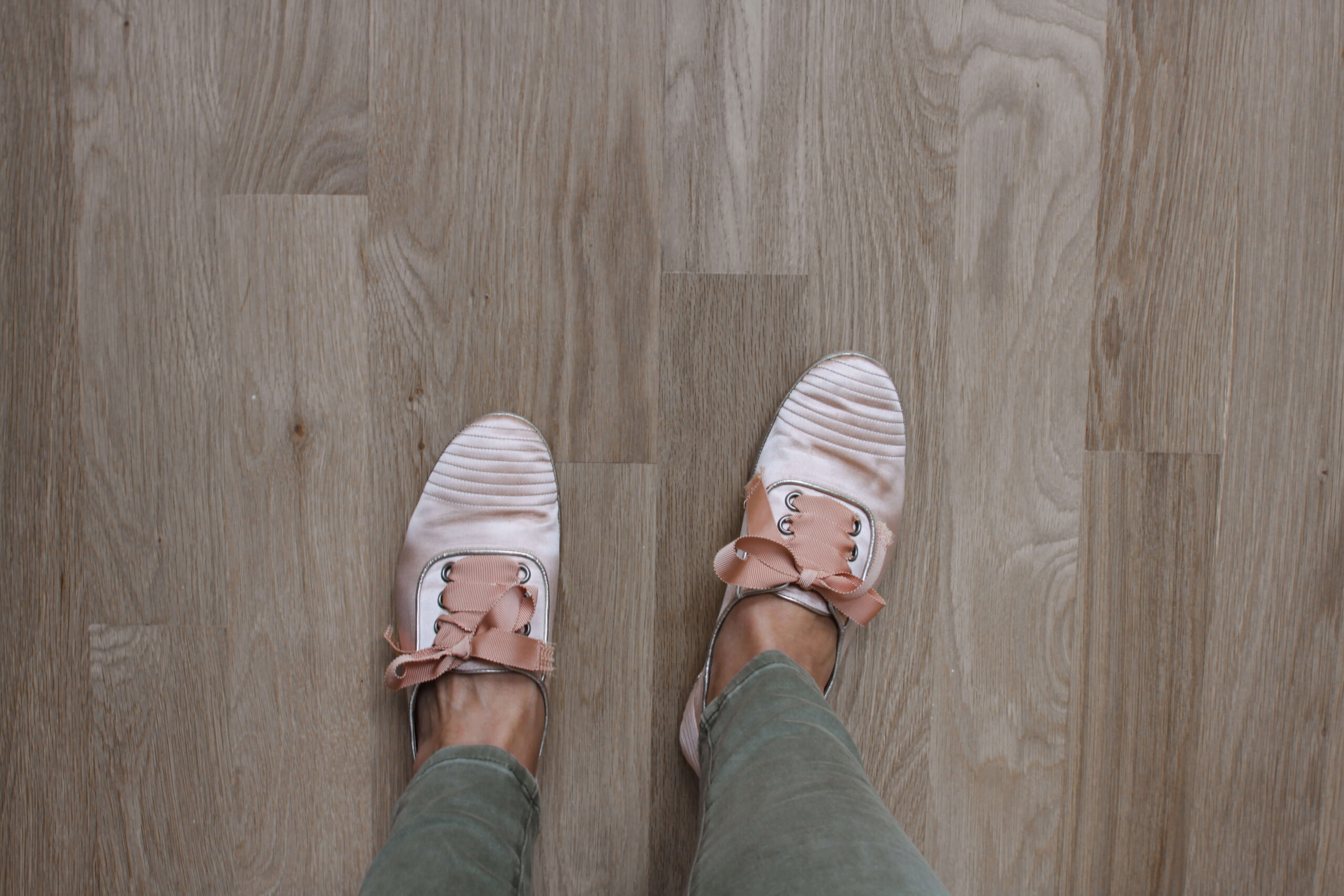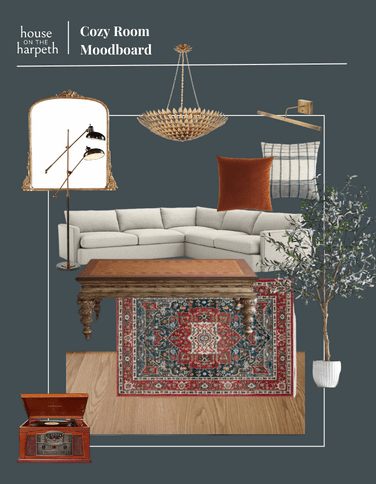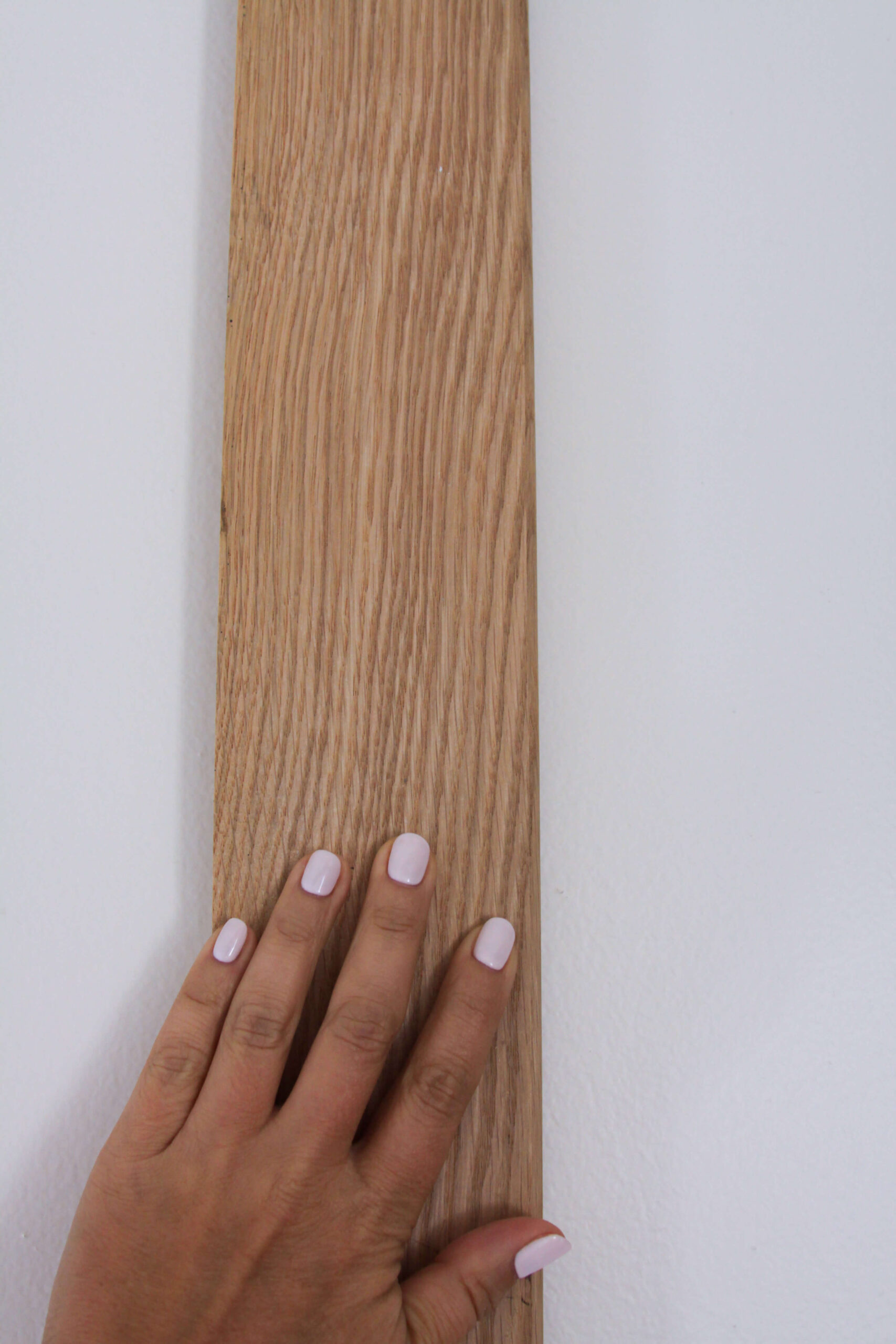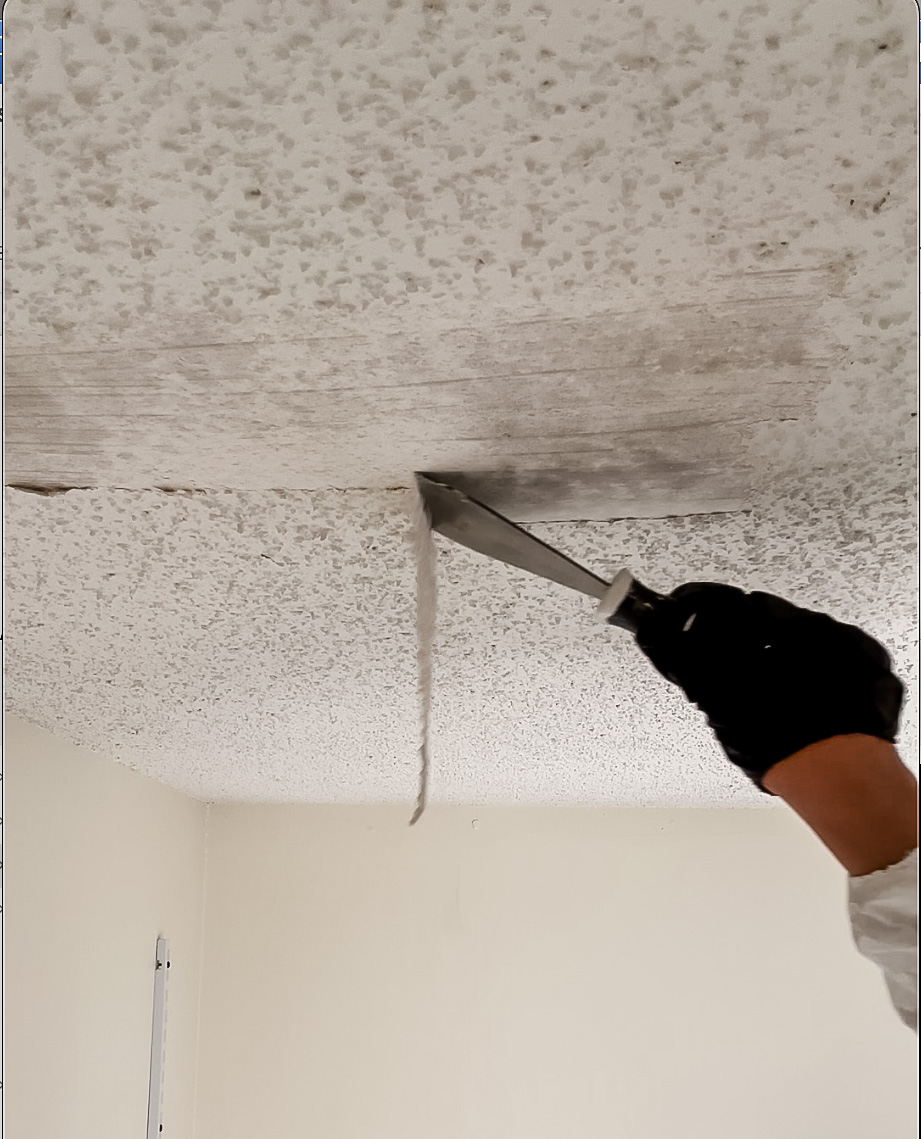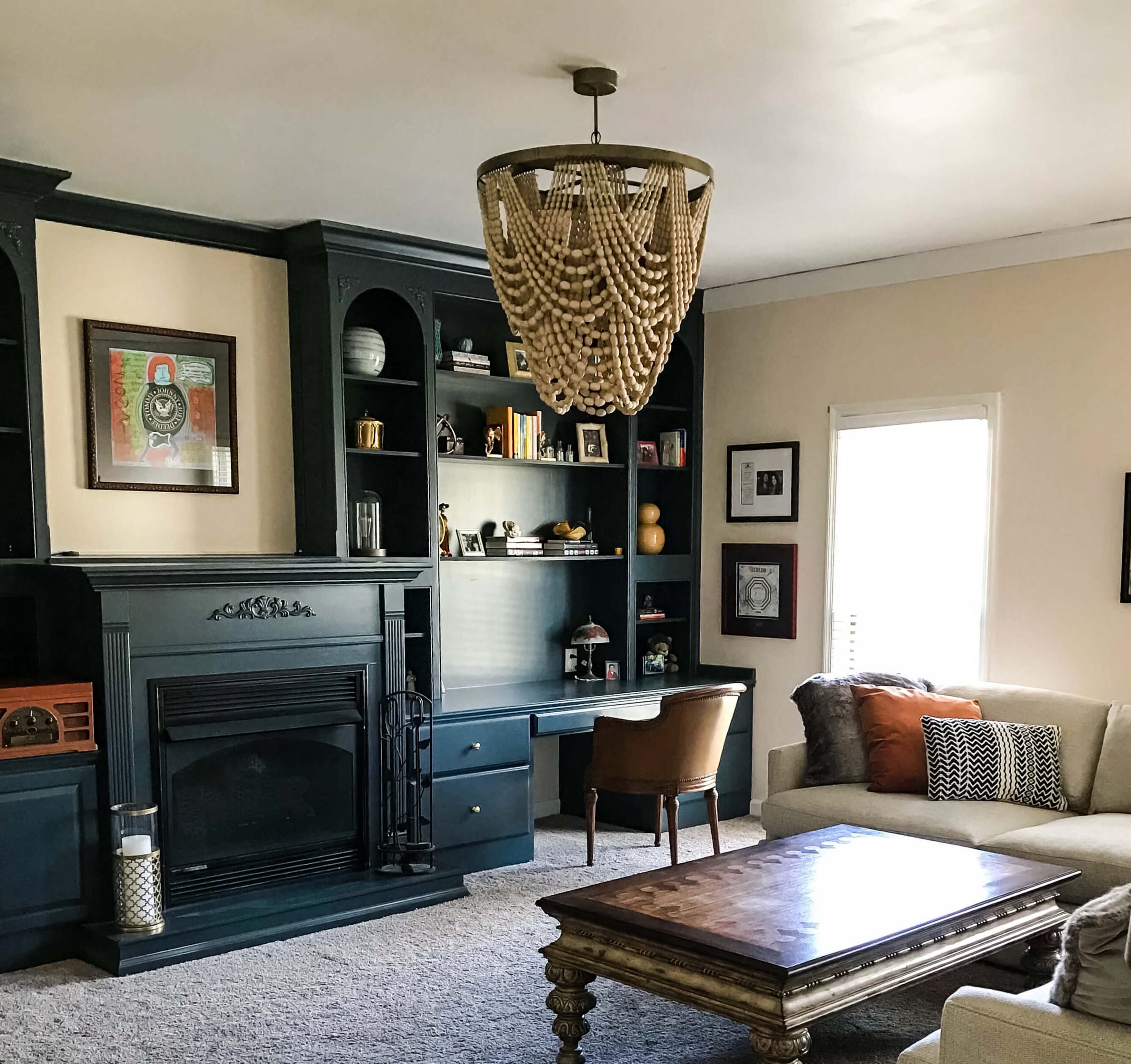
Paint is one of the most instantaneous and easiest ways to transform a space, but sometimes all the choices can be a bit overwhelming. Today, I’m going to break it all down for you and arm you with everything you need before heading into the paint store. We’ll go over the basics which include an overview on paint sheen, paint type and tips on how to choose a paint color in the article below. Lets get to it!
Which Paint Sheen Is Right For Your Project?
Picking the right paint sheen (also referred to as paint finish) is going to depend on what you’re painting. Here are some pro’s and con’s to start thinking about for each type of paint sheen.
- Flat / Matte:
- Pro’s: hides imperfections and provides a non reflective finish.
- Con’s: It’s not durable and is difficult to clean (i.e. you’ll easily see areas you tried to clean).
- Pro Tip: Flat paint is generally a builder grade choice because it’s the cheapest. I would suggest leaving this for the ceilings and going up one sheen for any walls.
- Eggshell:
- Pro’s: Eggshell finishes meet in the middle balancing both matte and shine. Versatile for various surfaces, durable and easy to clean minor stains with gentle scrubbing without losing the finish.
- Con’s: As we increase the sheen, imperfections become more visible. If your walls have uneven surfaces, expect eggshell to showcase these more than a matte would.
- Pro Tip: If your room gets moderate to low light, this is a great option. Eggshell is what I’ve used on almost all of my interior walls.
- Satin:
- Pro’s: Is more durable than an eggshell or matte paint. It has a subtle hint of sheen.
- Con’s: We are going in order of shine, so this is a more reflective sheen. If you have a room that gets a lot of light, you may want to bump down to eggshell.
- Pro Tip: A satin finish is a great choice for trim in a room that gets a lot of light, as it’s durable but won’t be super reflective.
- Semi-gloss:
- Pro’s: highly durable and works well in high-traffic areas like kitchens and bathrooms. It resists moisture and stains, and provides a smooth surface. Offers a noticeable shine.
- Con’s: Semi-gloss can highlight surface imperfection, so make sure your surface is properly prepped (sanded, wood filled, cleaned)
- Pro Tip: Semi-gloss is the go to choice for trim in most rooms, as well as other high traffic surfaces. Just ensure your surface is properly prepped to eliminate imperfections showing through.
- Gloss / High Gloss:
- Pro’s: beautiful glossy surface and highly durable. This finish provides an elegant and modern look.
- Con’s: again the higher the gloss the more likely imperfections will be noticeable. Additionally, application can be tricky on large surfaces, as it needs a perfectly smooth surface and balanced humidity for optimal and even drying.
- Pro Tip: this finish is best for trim work, molding and wood. If you’re considering a larger surface you may want to practice first, as it can be a tricky one to get right!
How To Choose A Paint Color
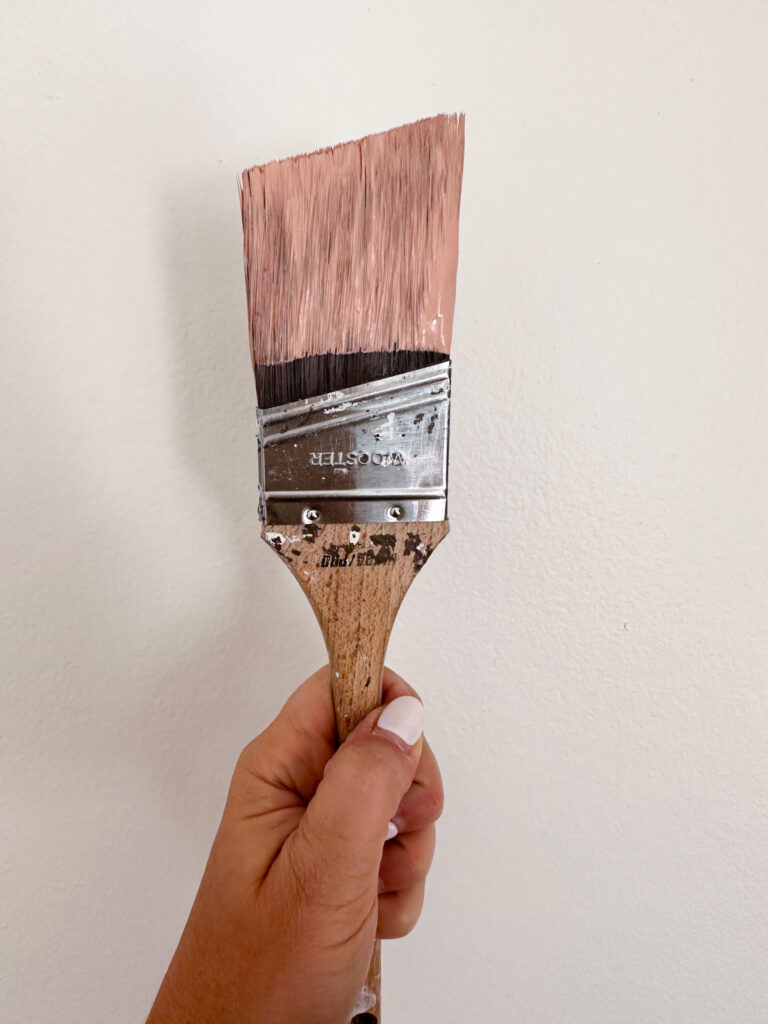
While this is the most exciting step, and many of us are quick to get right to it, I encourage you not to rush through this. A lesson learned the hard way I will share with you: in my early days of interior painting, I chose a grey paint off the color wheel that I thought looked great. I went through all the trouble of applying it to my dining room, only to find out that because of how the light came through my windows, it ended up looking purple, which is my least favorite color (actually I can’t stand it). To make matters more embarrassing, I chose another grey off the color wheel and painted it the next day. When I turned on my chandelier, the light cast through my black shade, made this new grey paint appear an even darker purple!! I wasted about $200 and a weekend’s worth of time because I didn’t plan. So learn from my mistakes and take the extra time to buy some samples and paint some swatches to check out as your lighting changes throughout the day.
Some other thoughts on choosing a color: I believe this is a very personal choice and can be thought about in a few different ways.
- Love of a color: maybe you just love a color and want your walls to be that color. If that’s the case then go for it!
- Practicality: I generally like to stick with neutral colors like white, grey and beige for larger spaces. This makes the room feel like a blank canvas to me and allows me to accessorize with artwork, furniture and other décor. Again, this is just a personal preference and there’s really no right or wrong.
- Warm vs Cool: there are undertones in every shade of color on your paint color wheel. Take the time to think about what kind of undertones would work best in your house. Are your floors a warmer tone or a cooler tone? If you’re not sure, place your paint swatches on your floors and you’ll see if the hues compliment one another, or if they compete.
- Light: what kind of natural light does your room get? If you’re painting a movie room, you probably don’t want it to be bright so stick with a dark color. If you’re painting a bedroom that has a million windows, maybe opt for something soft that isn’t necessarily white (it could feel like an asylum if it’s too bright).
- Trending: every season there is a new trend of colors. If you know you want a refresh but aren’t married to a color yet, I would suggest starting a mood board and pinning some ideas of rooms you like from your favorite design magazines or Instagram accounts.
- Focus pieces: another idea if you’re on the fence with a color is to consider some of your staple pieces that you know will be part of that room. For example if you have a piece of artwork that you definitely want to belong in this room, consider color matching one of the colors in the painting for your walls. It can be a subtle way to tie the room together.
Which paint type is right for your project?
Lastly, you’ll need to decide which type of paint is best for your project. Options include:
- Oil based – oil based paints are typically more durable and a bit cheaper than latex paints, however they take longer to dry and are very odorous. I personally don’t use oil based paints much, but they’re usually used for trim and molding, as well as high gloss sheens (see below).
- Water/Latex based – faster drying time, easier to clean, less odorous. Typically great choices for interior walls. These are my go to.
- Primer – think of this as a base coat which is meant to fill in pores and level the playing field before you apply your new paint. If you’re painting with an oil based paint, use oil based primer and vice versa. *Do not skip this step! Applying primer is cheaper and will save you extra top coats in the long run. Most importantly it will ensure your color comes out true. Just imagine painting a beautiful creamy white over a deep charcoal grey wall. The primer will reset the wall and absorb the top coat of creamy white so it comes out true to form when it dries.
Related
Paint Supplies + How to Prep The Space
The Benefits of Color Drenching
Shop My Go-To Paint Supplies
